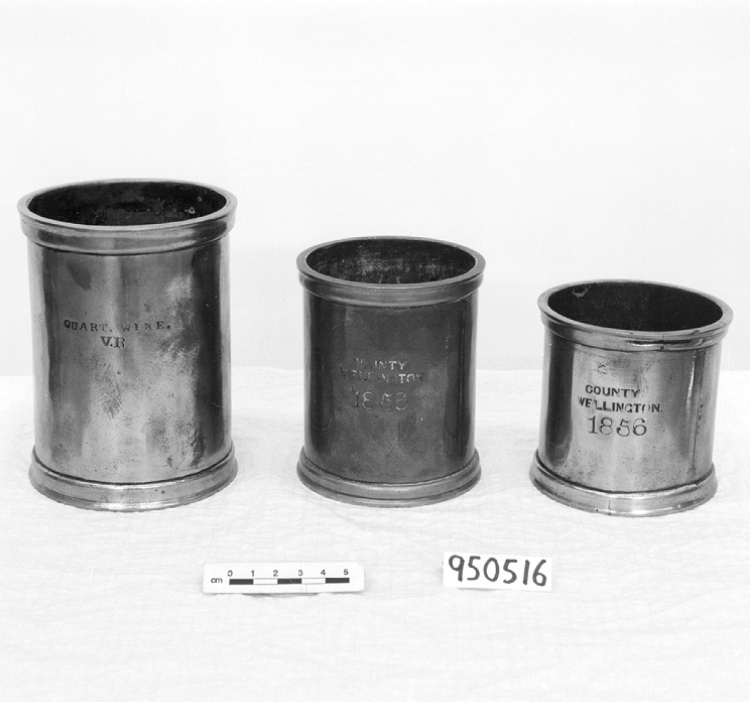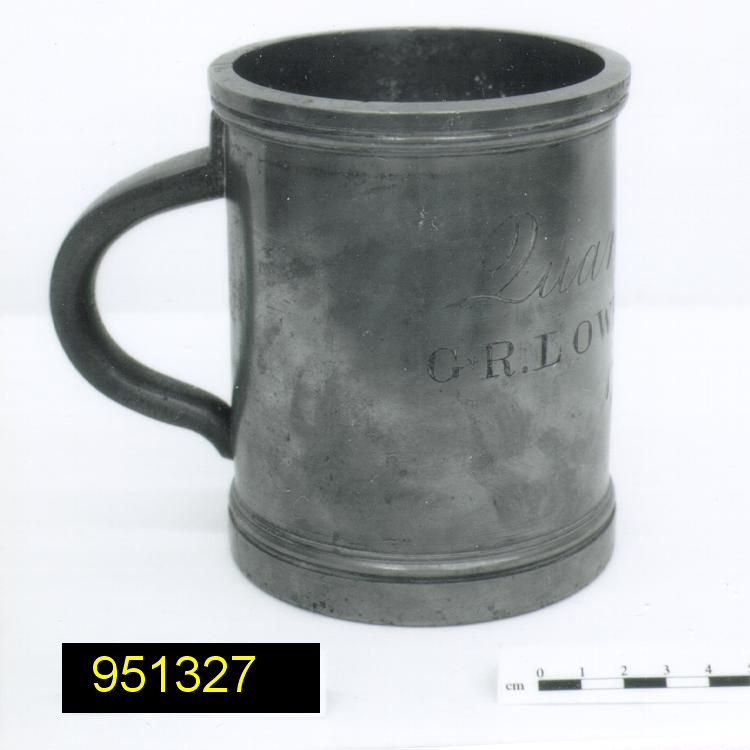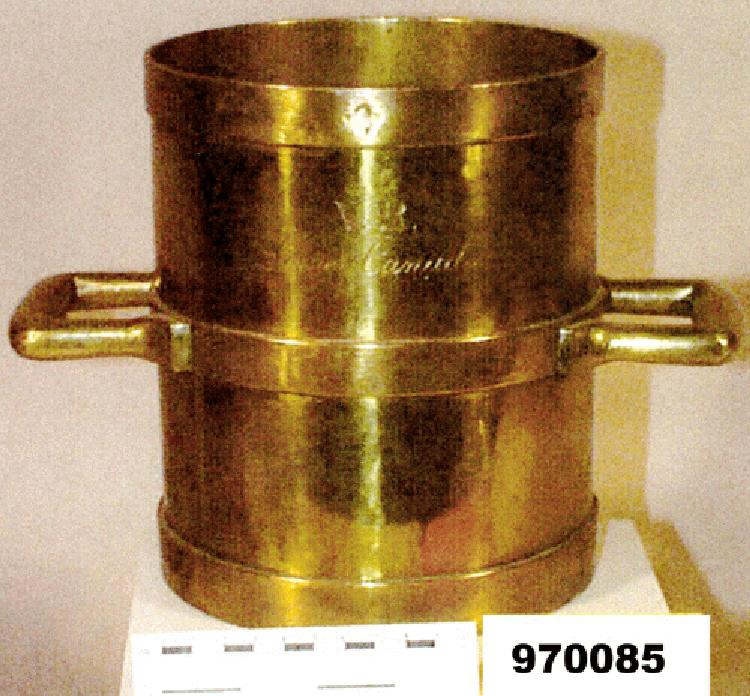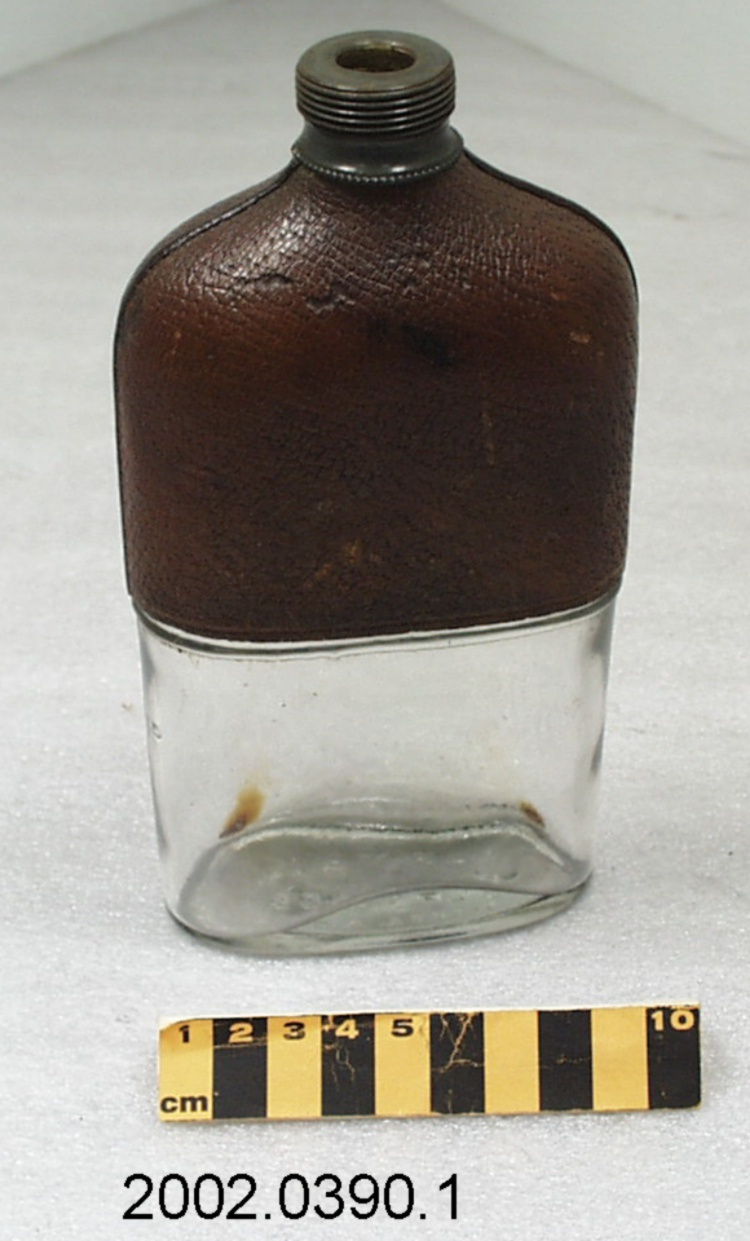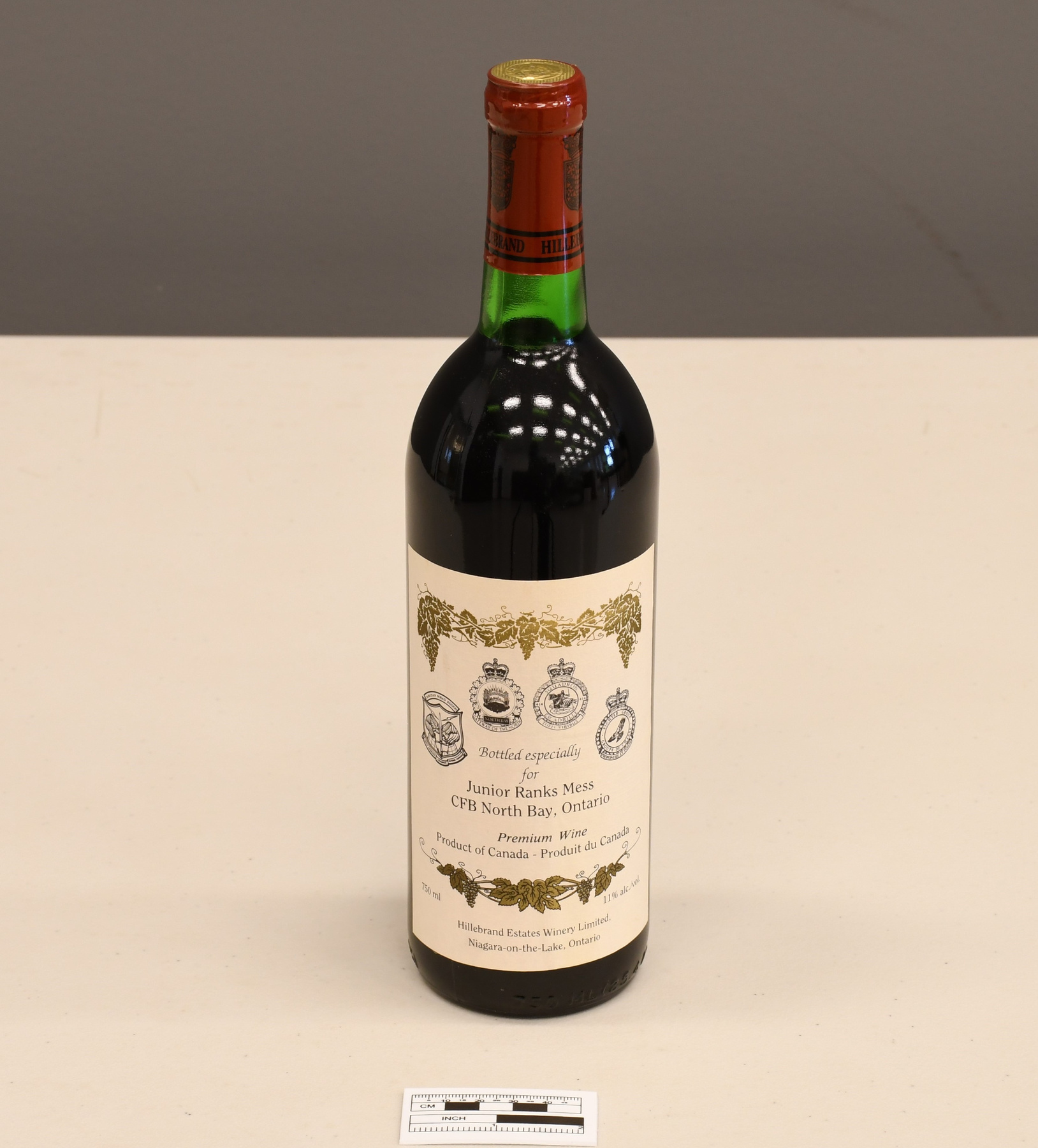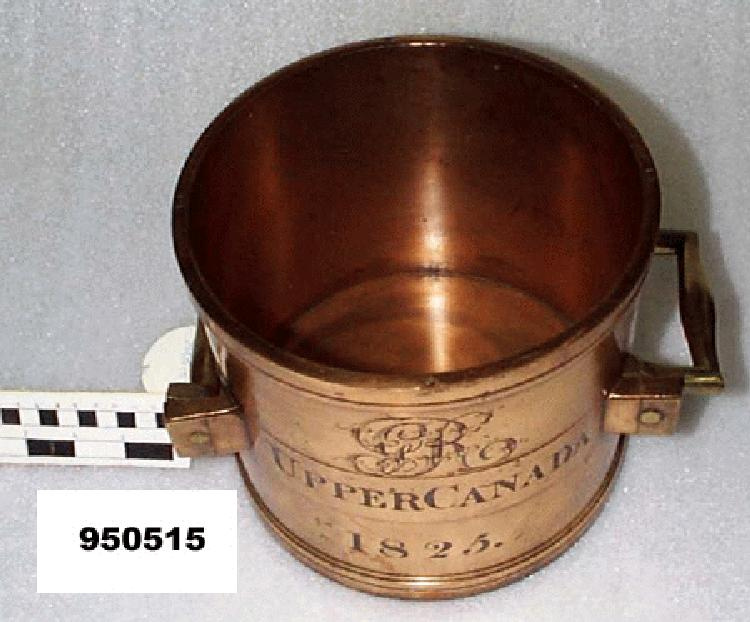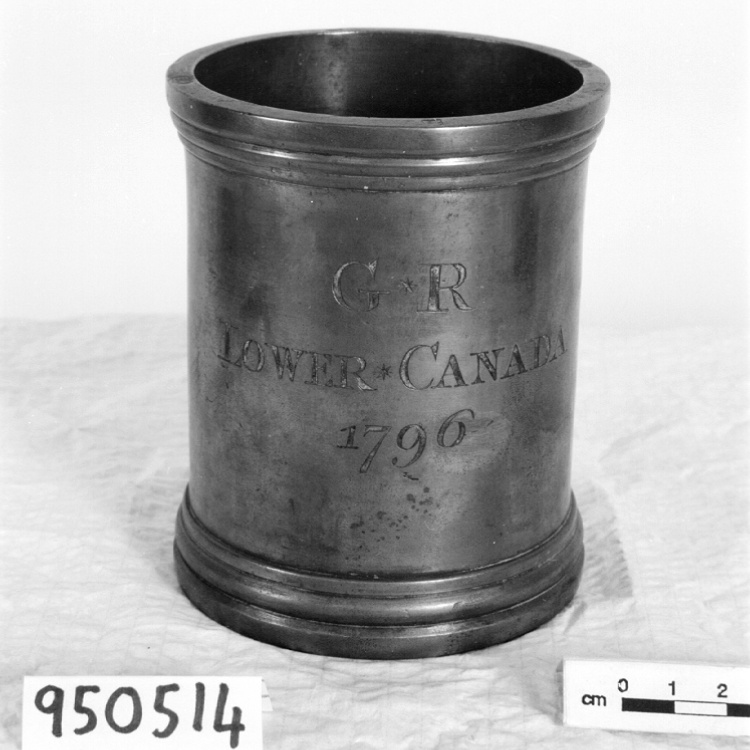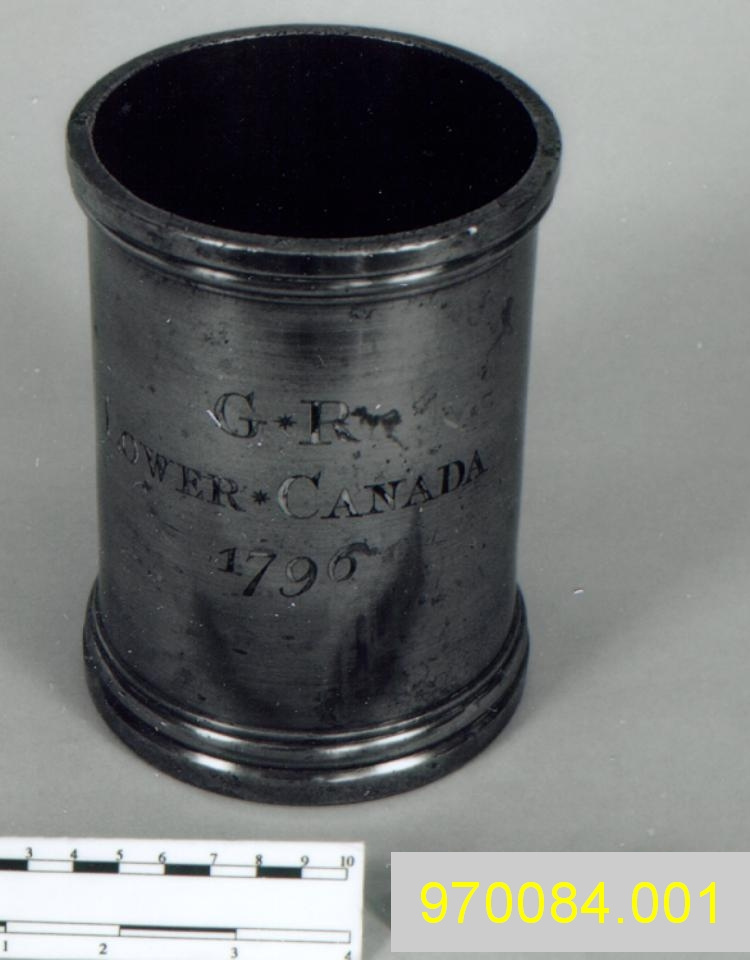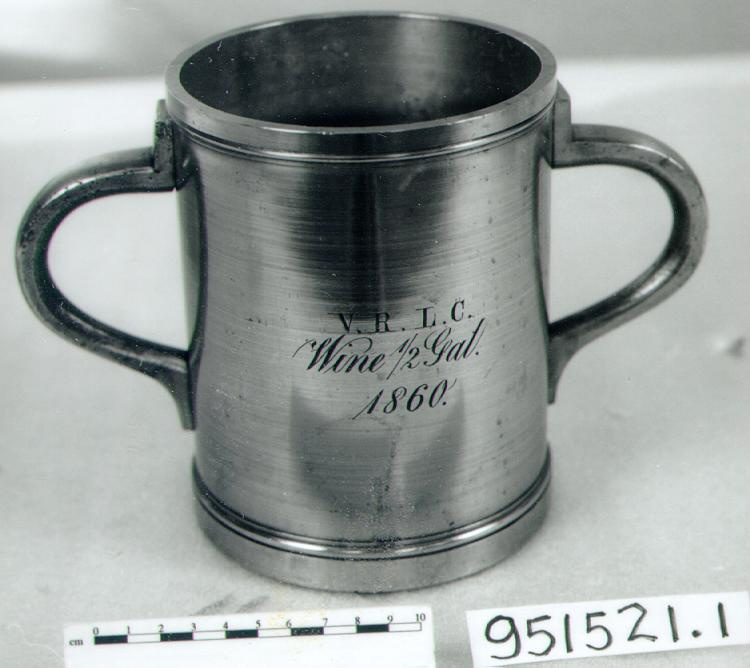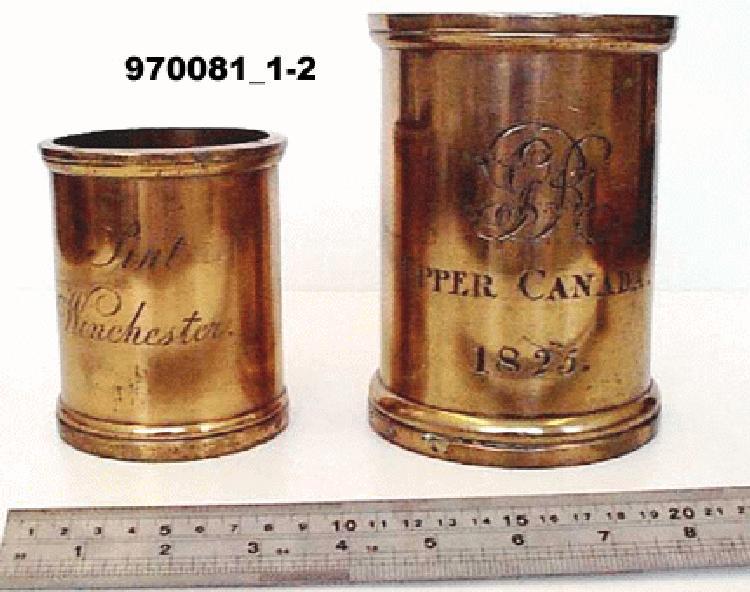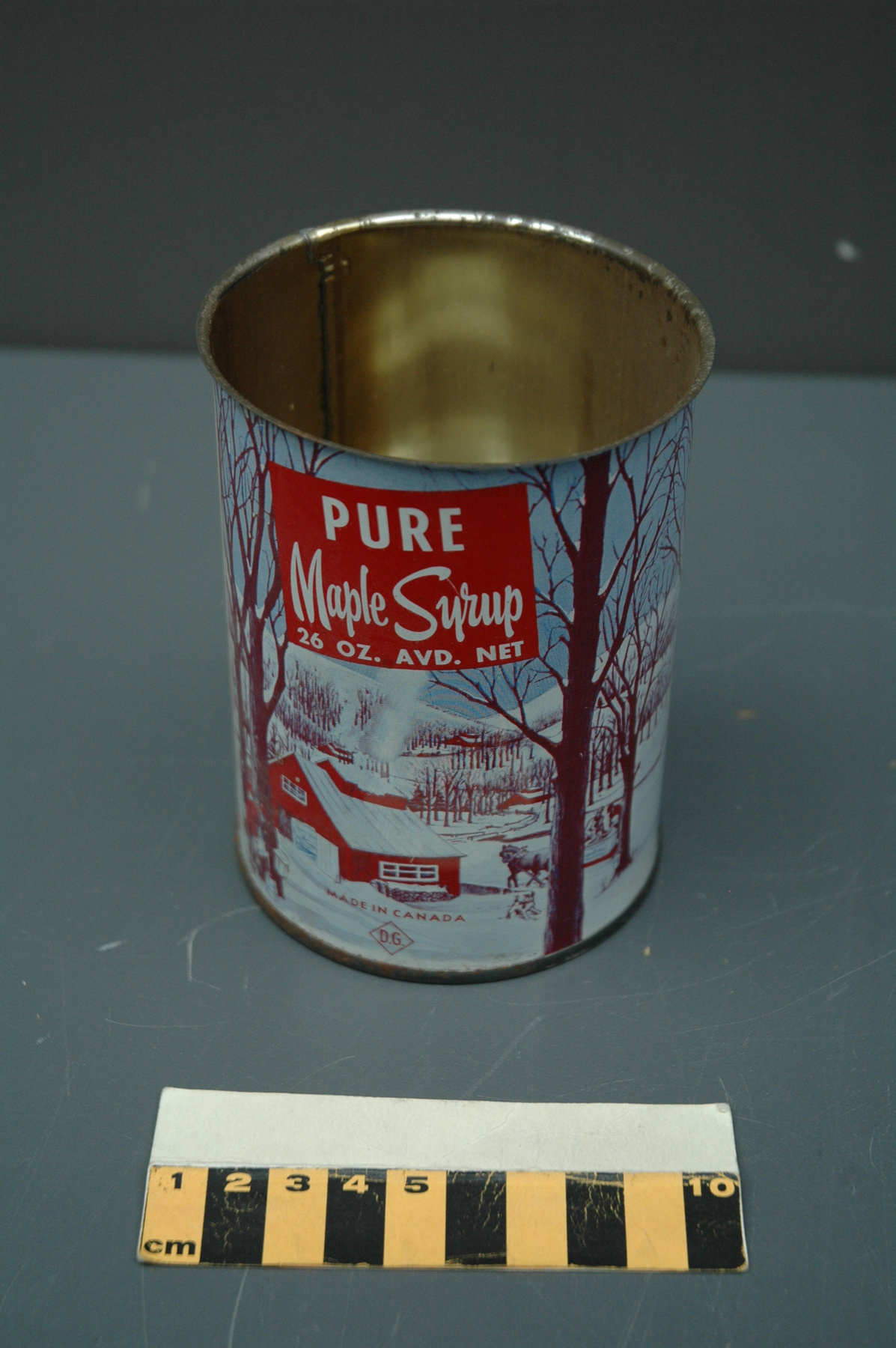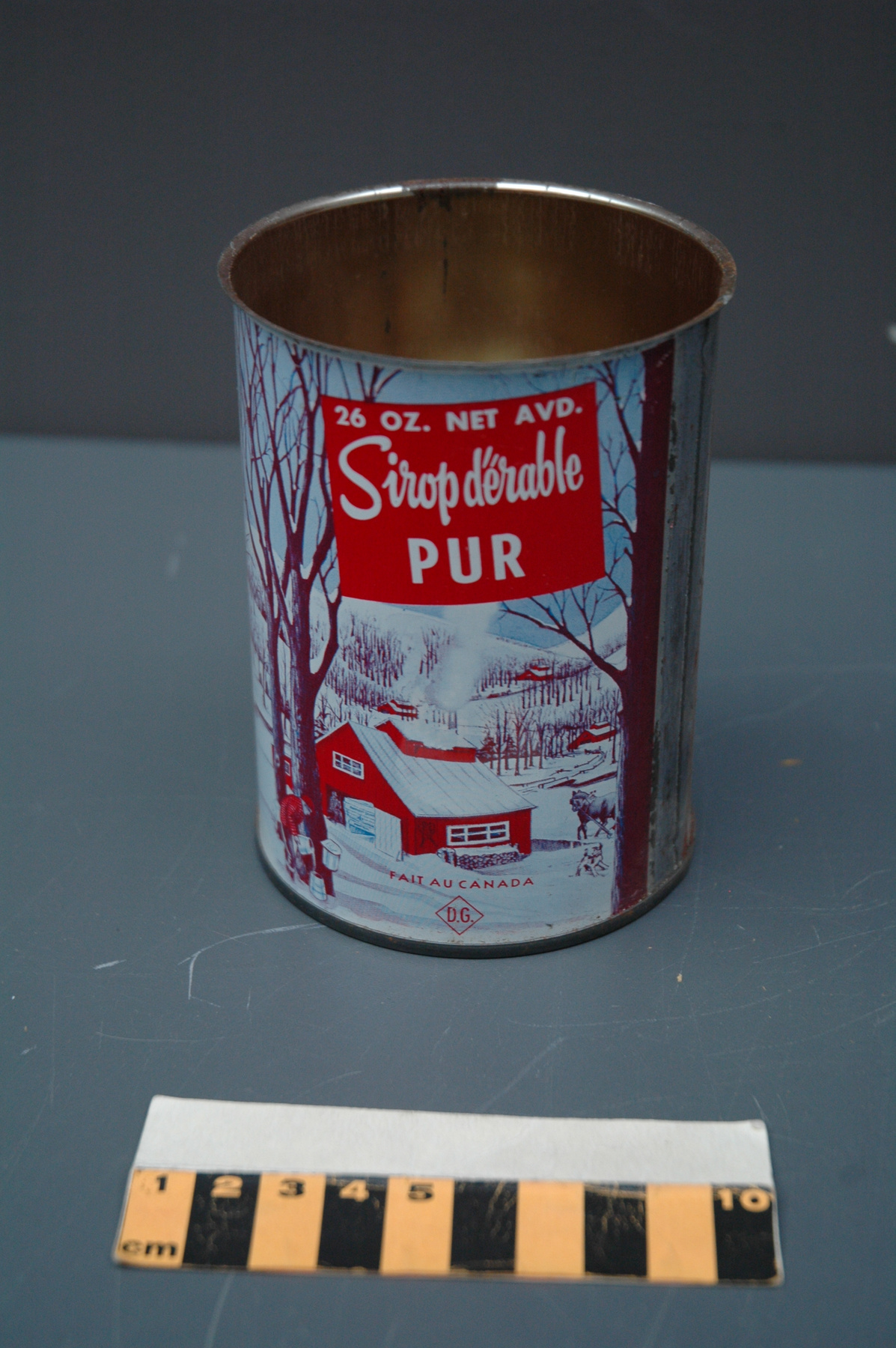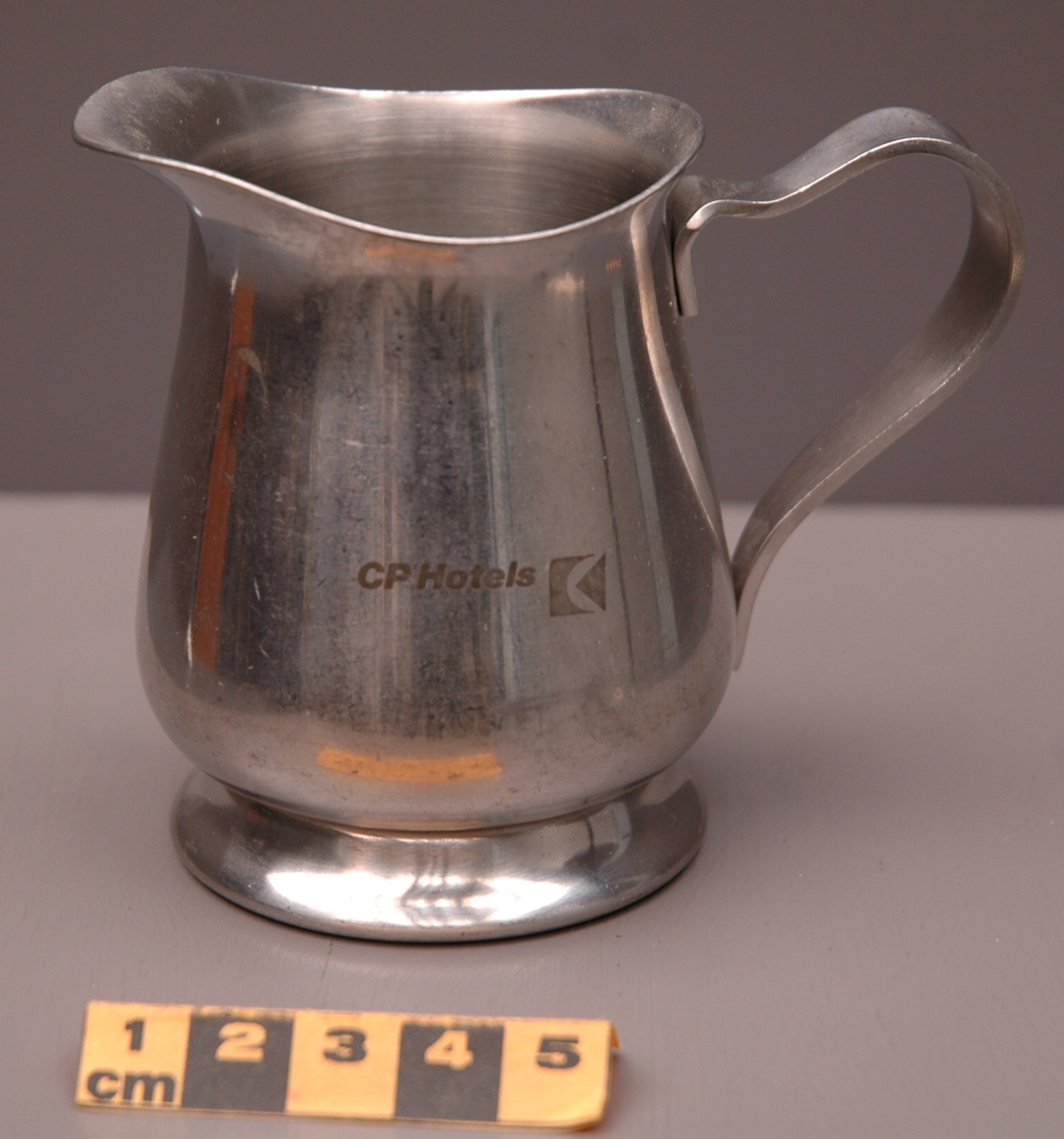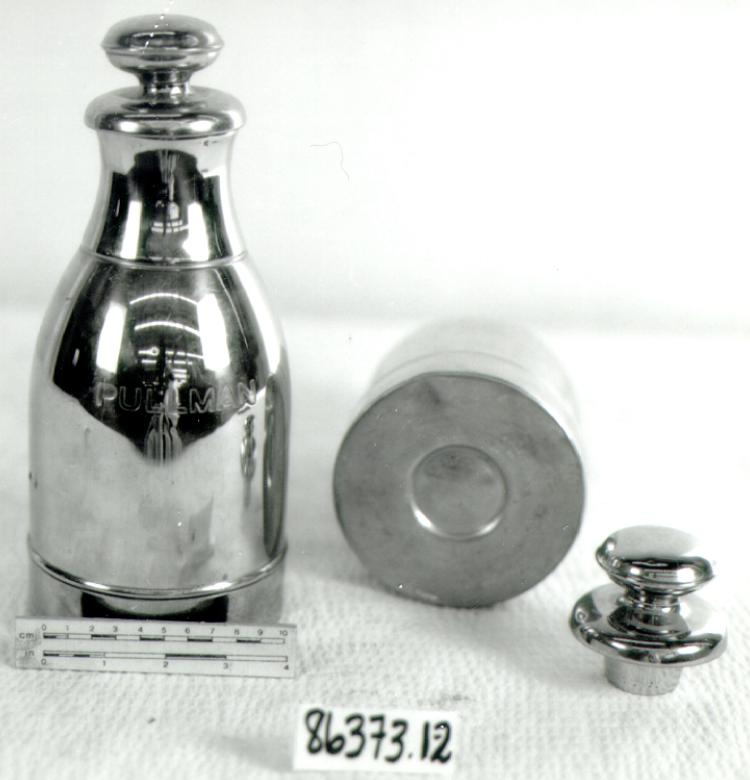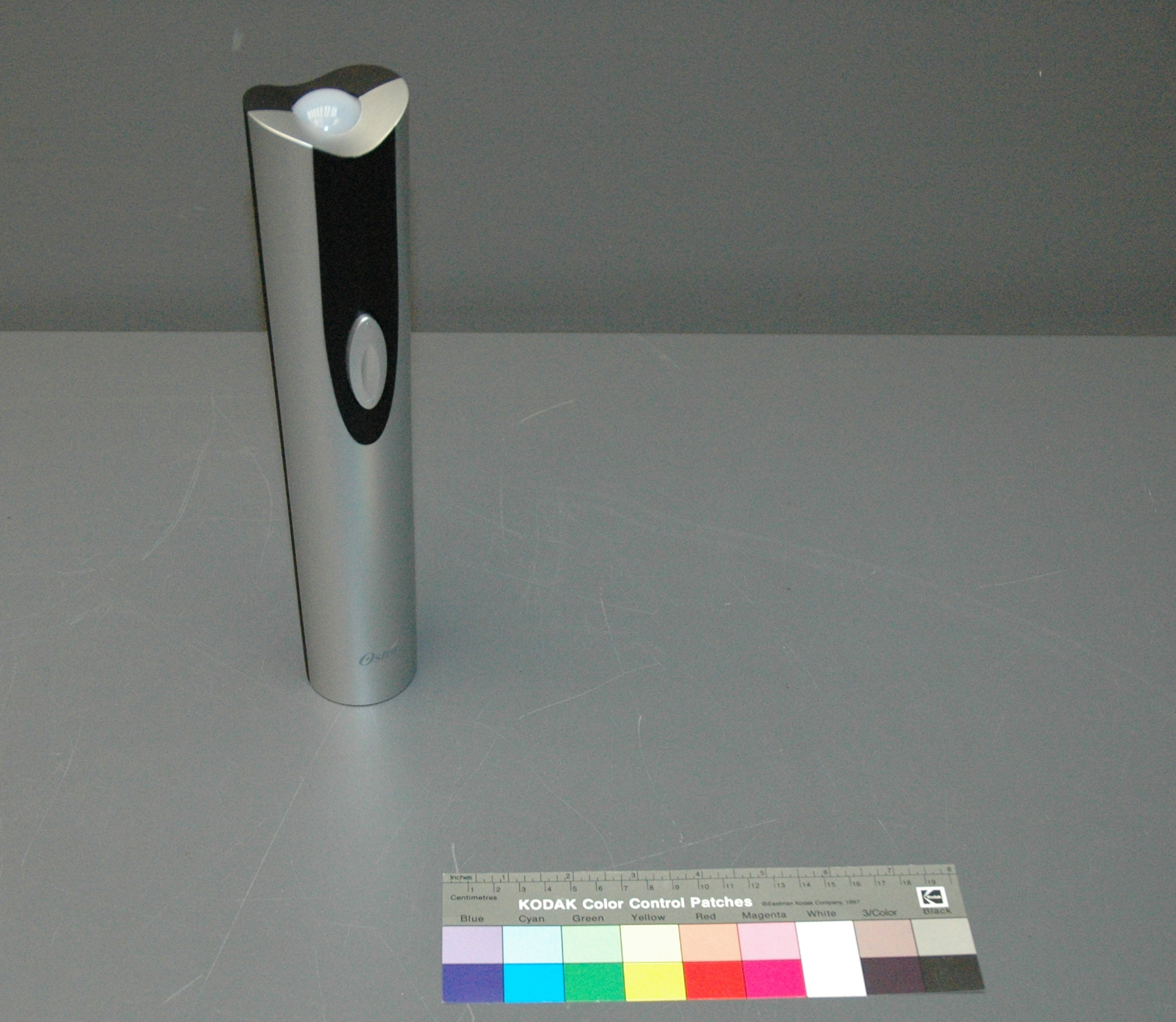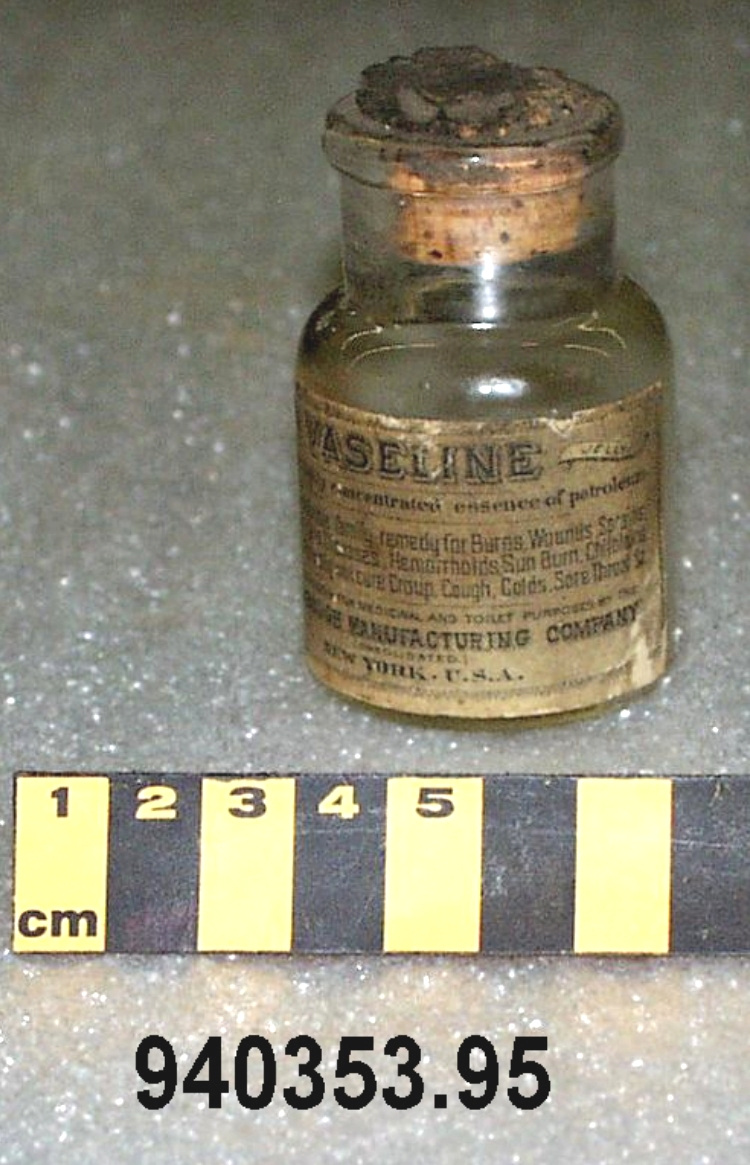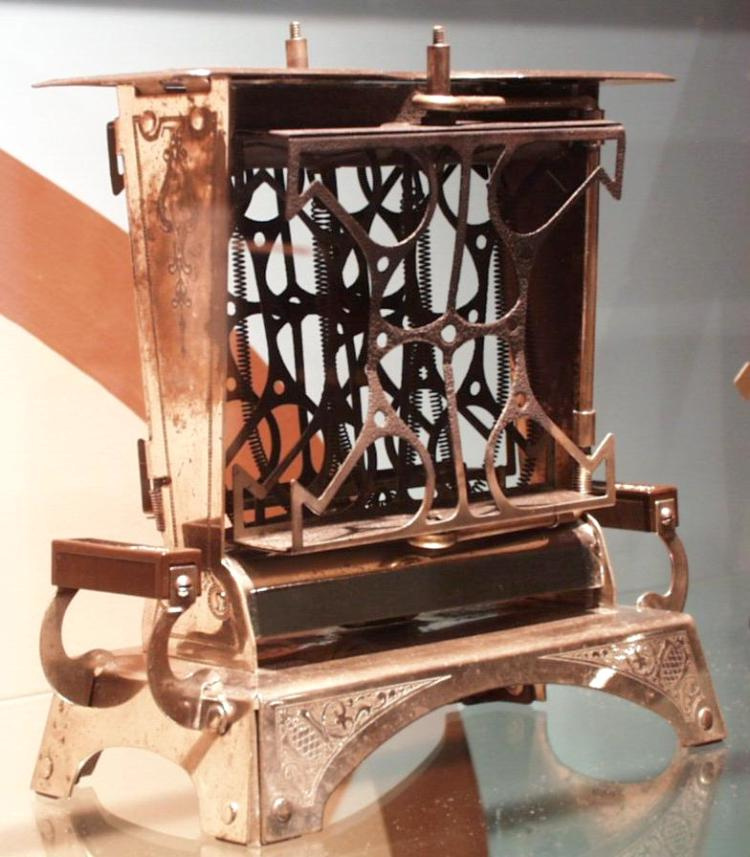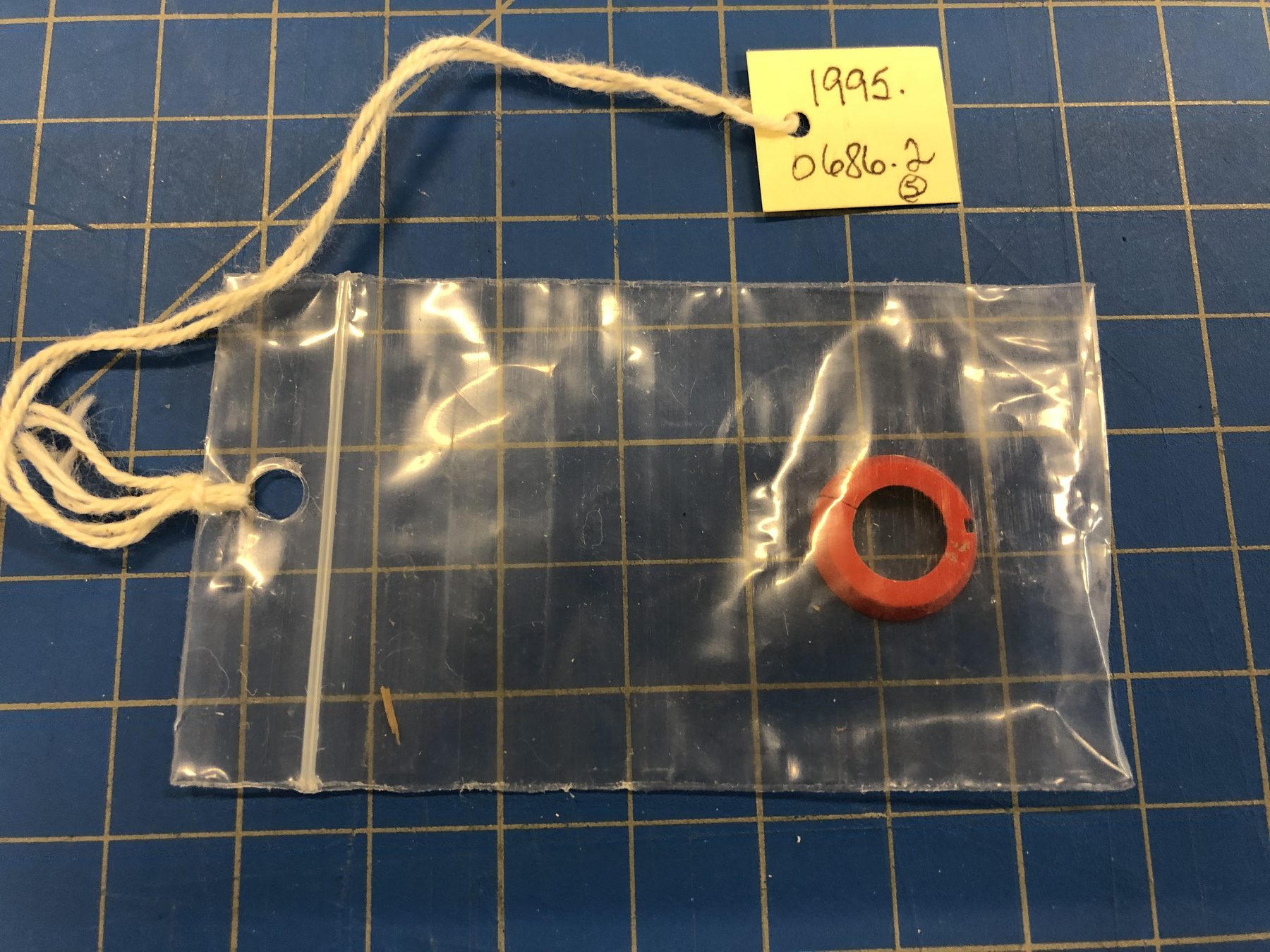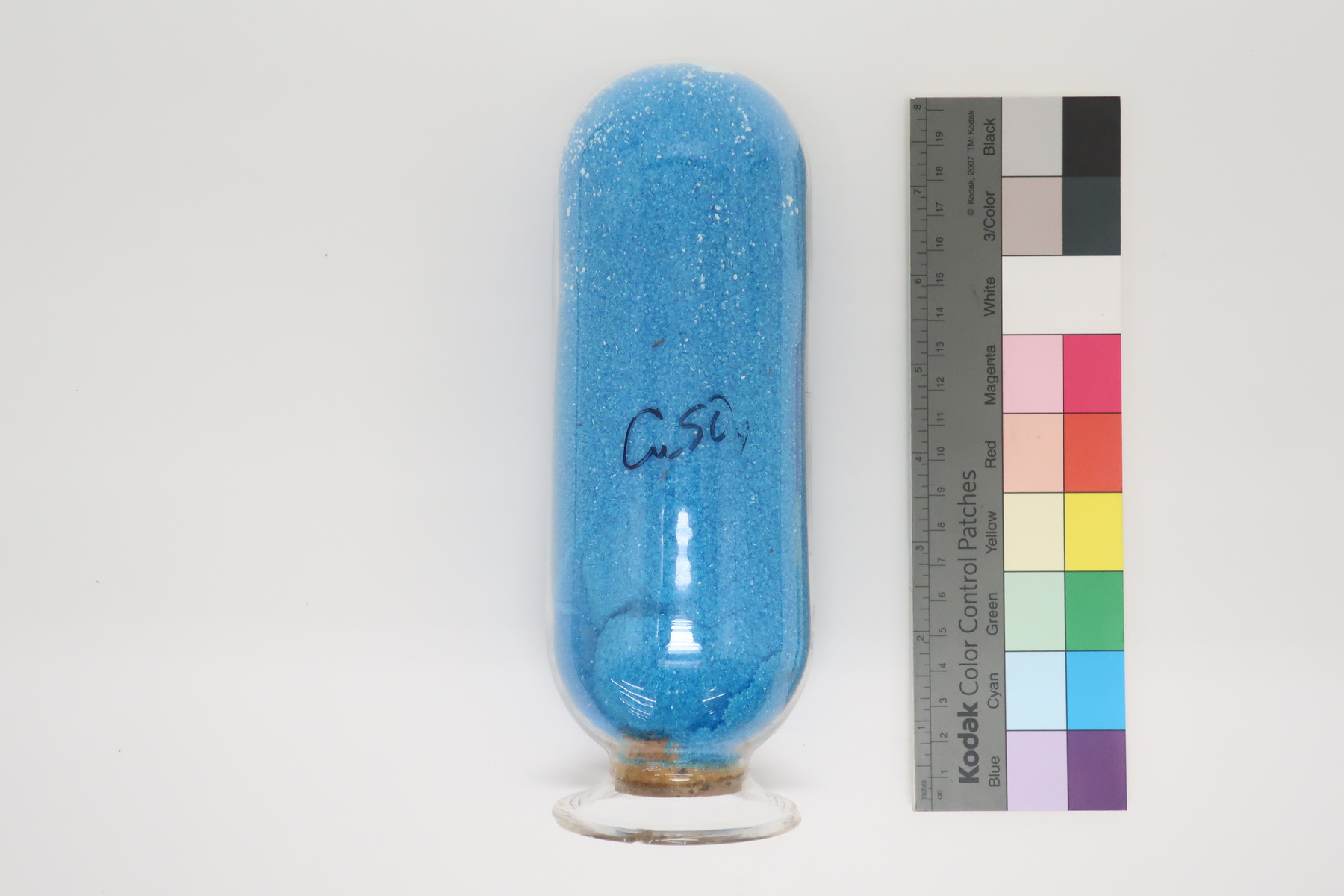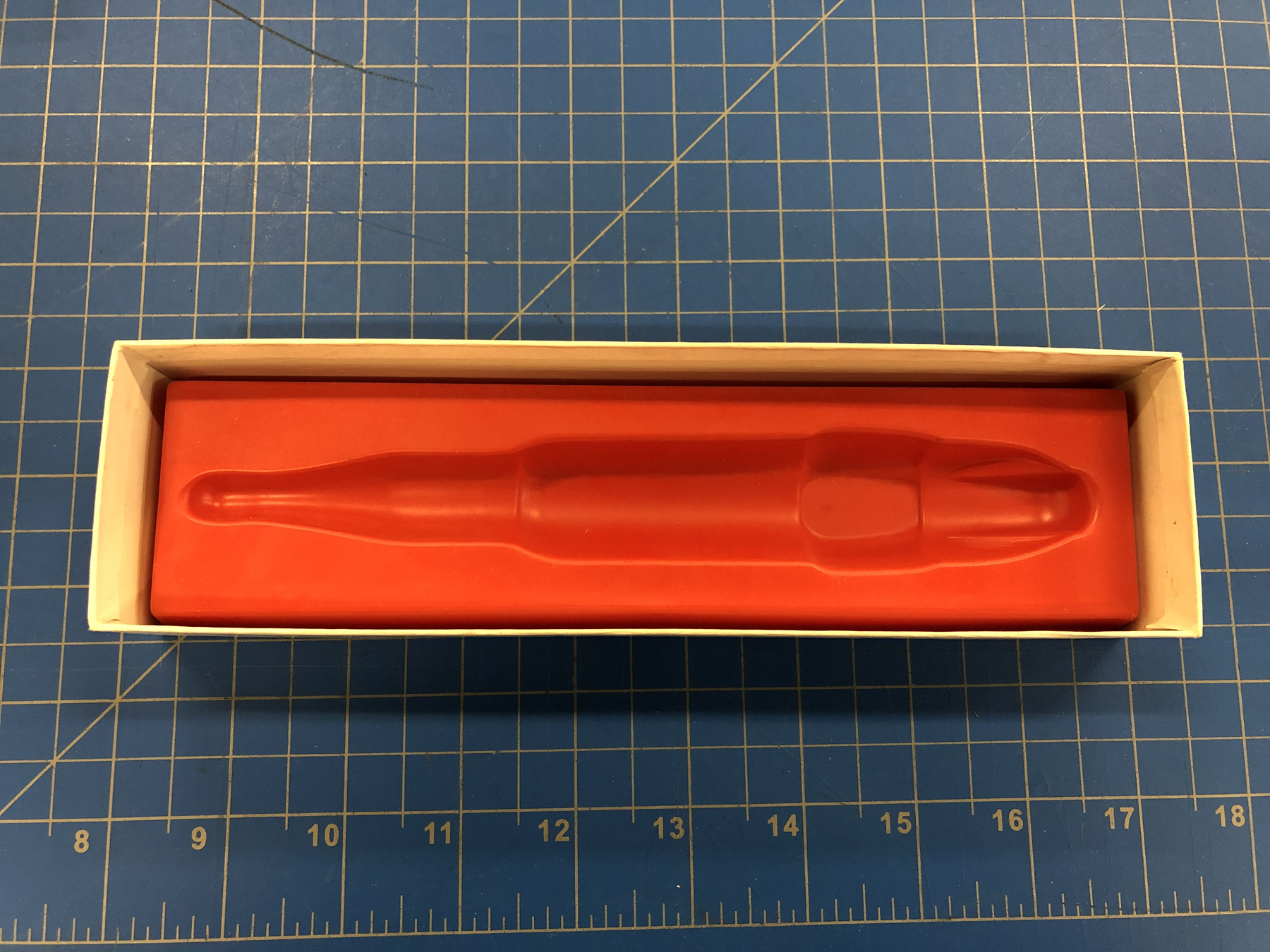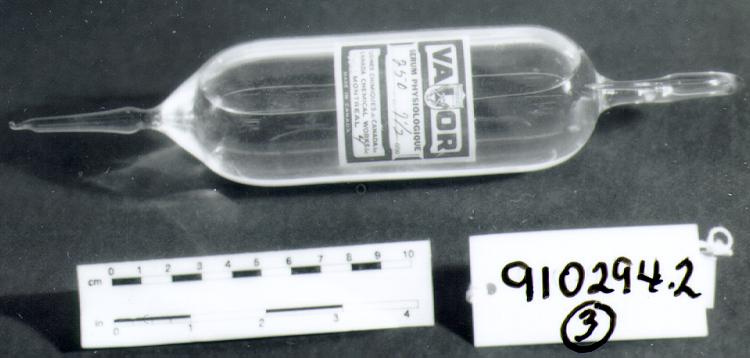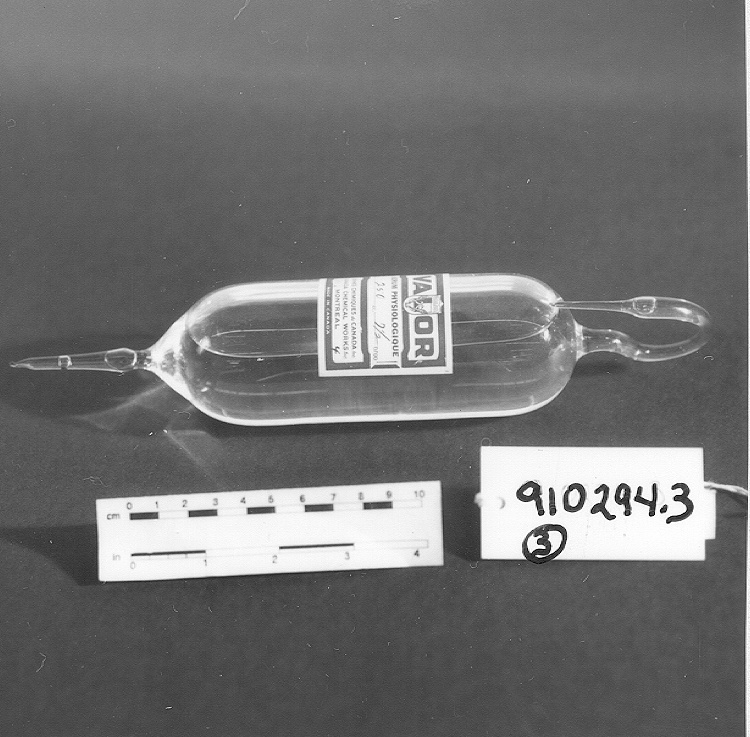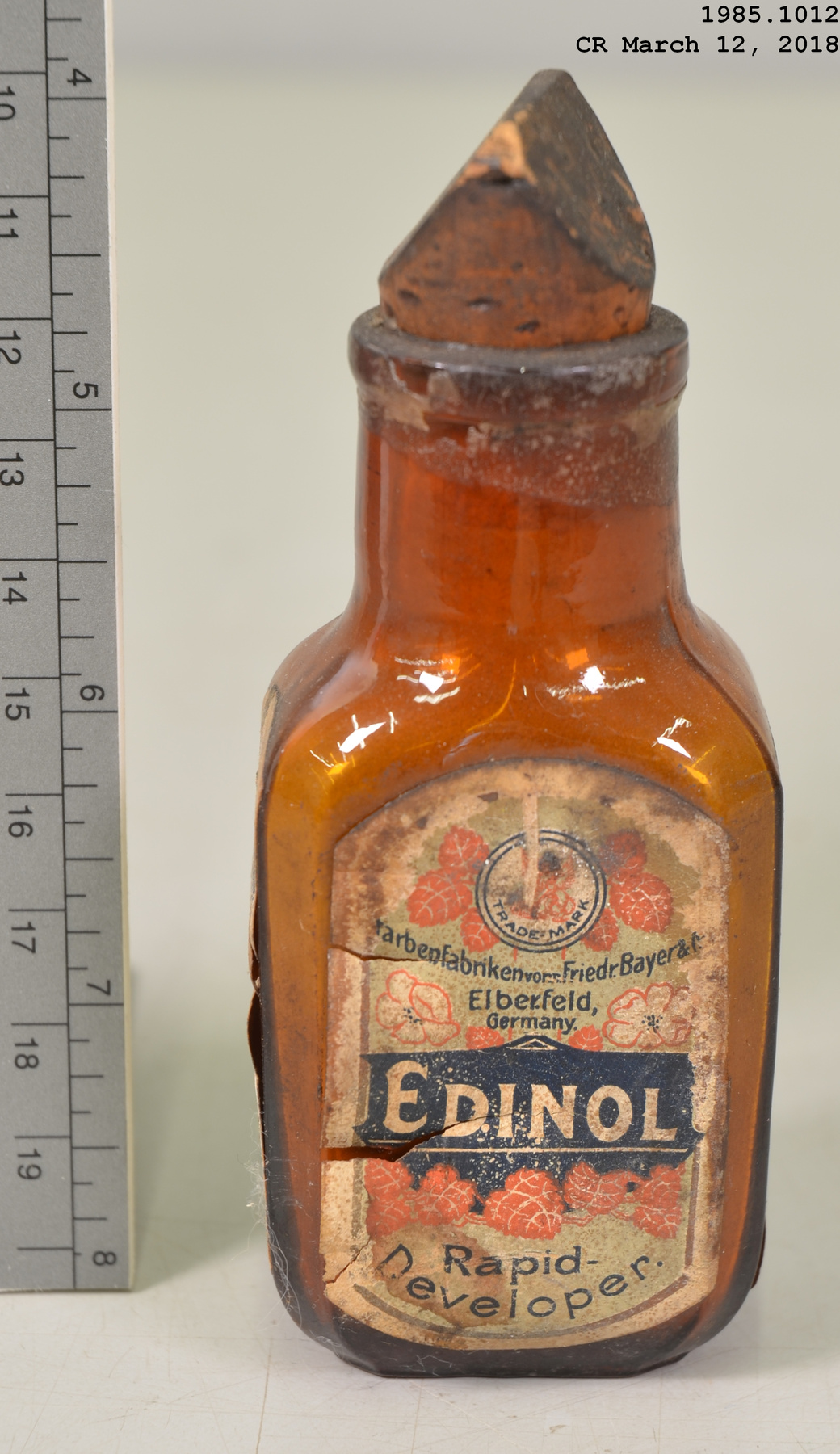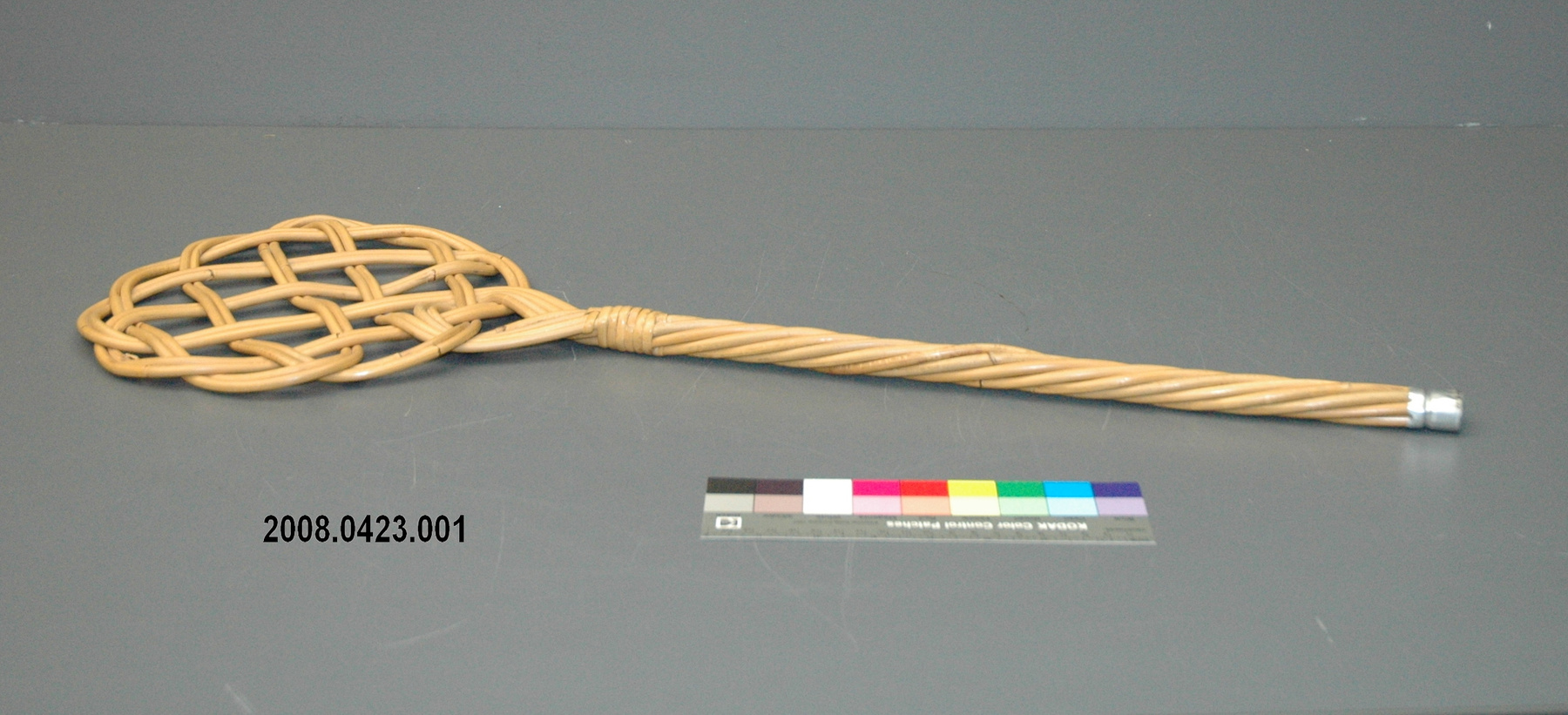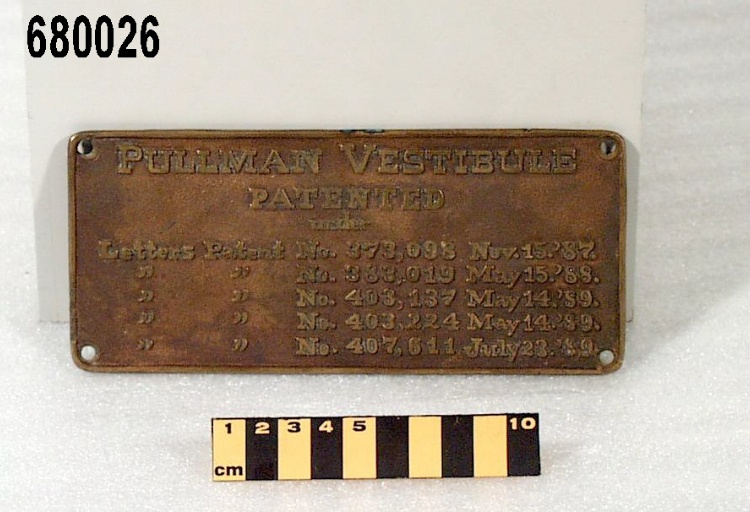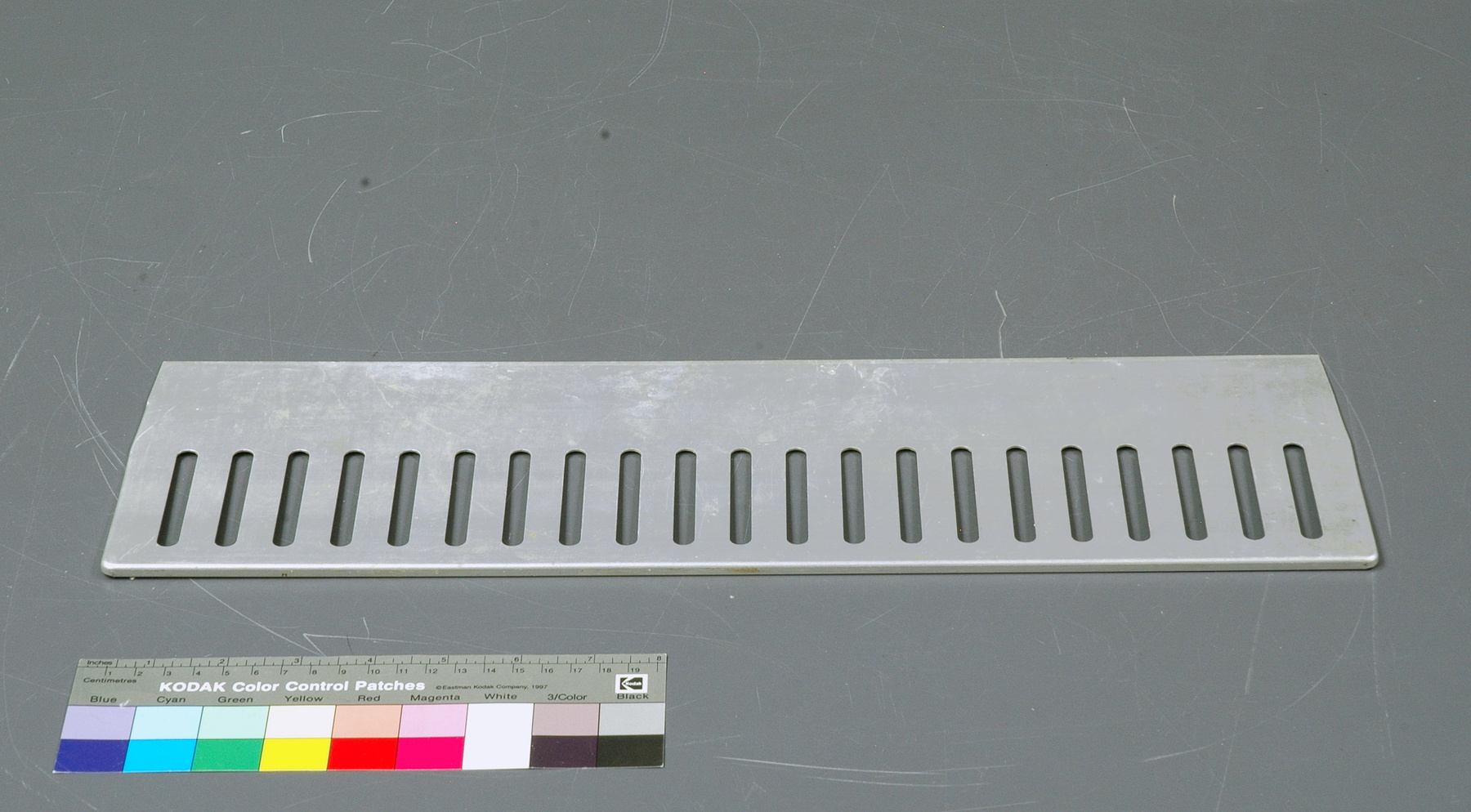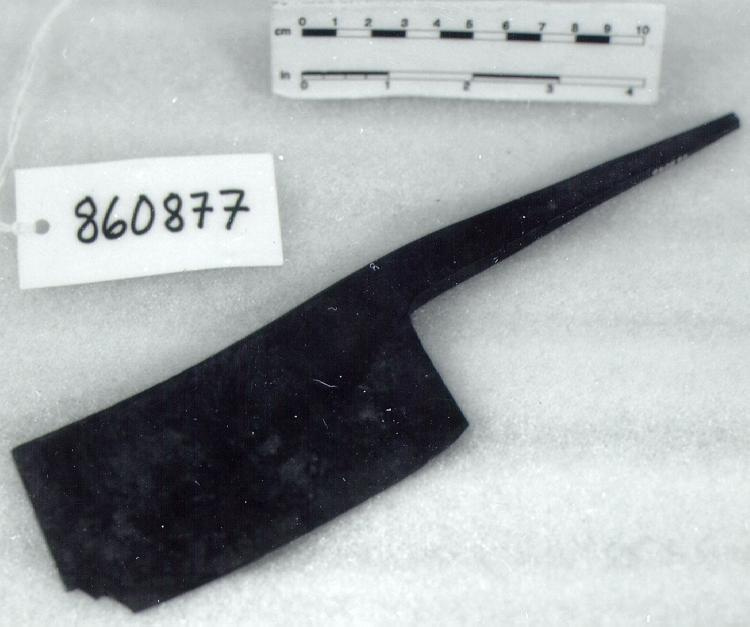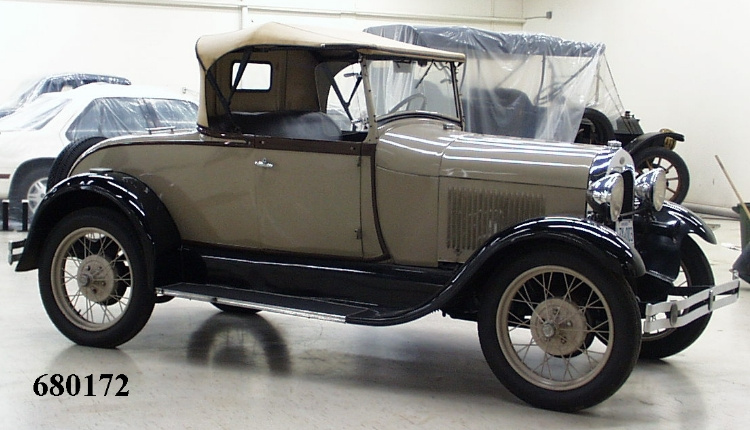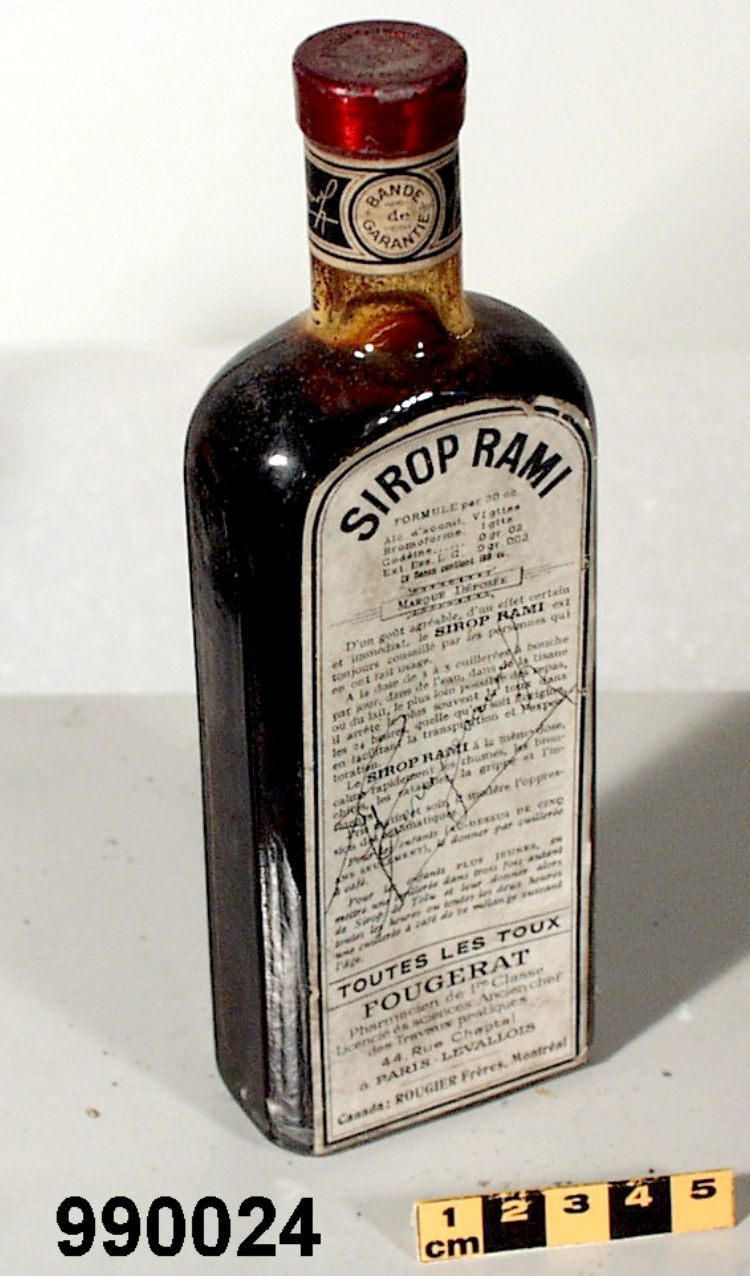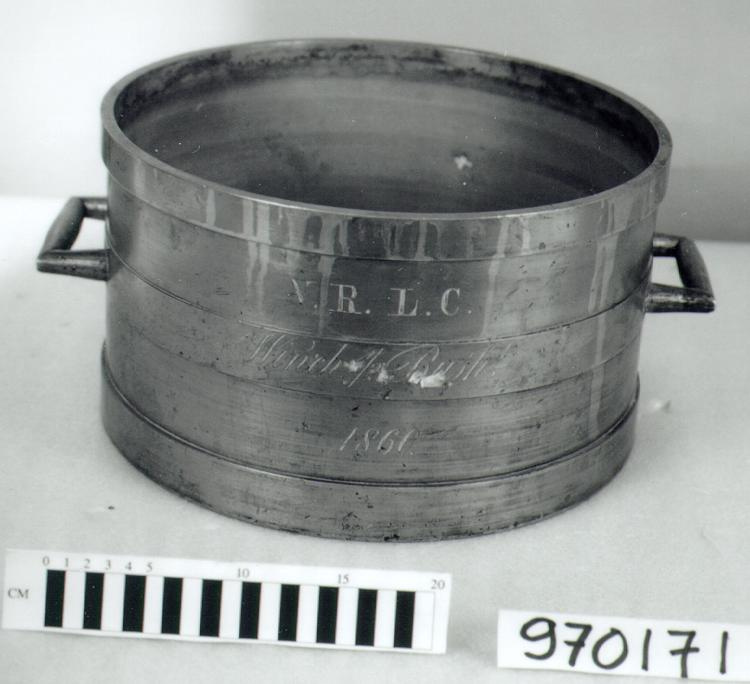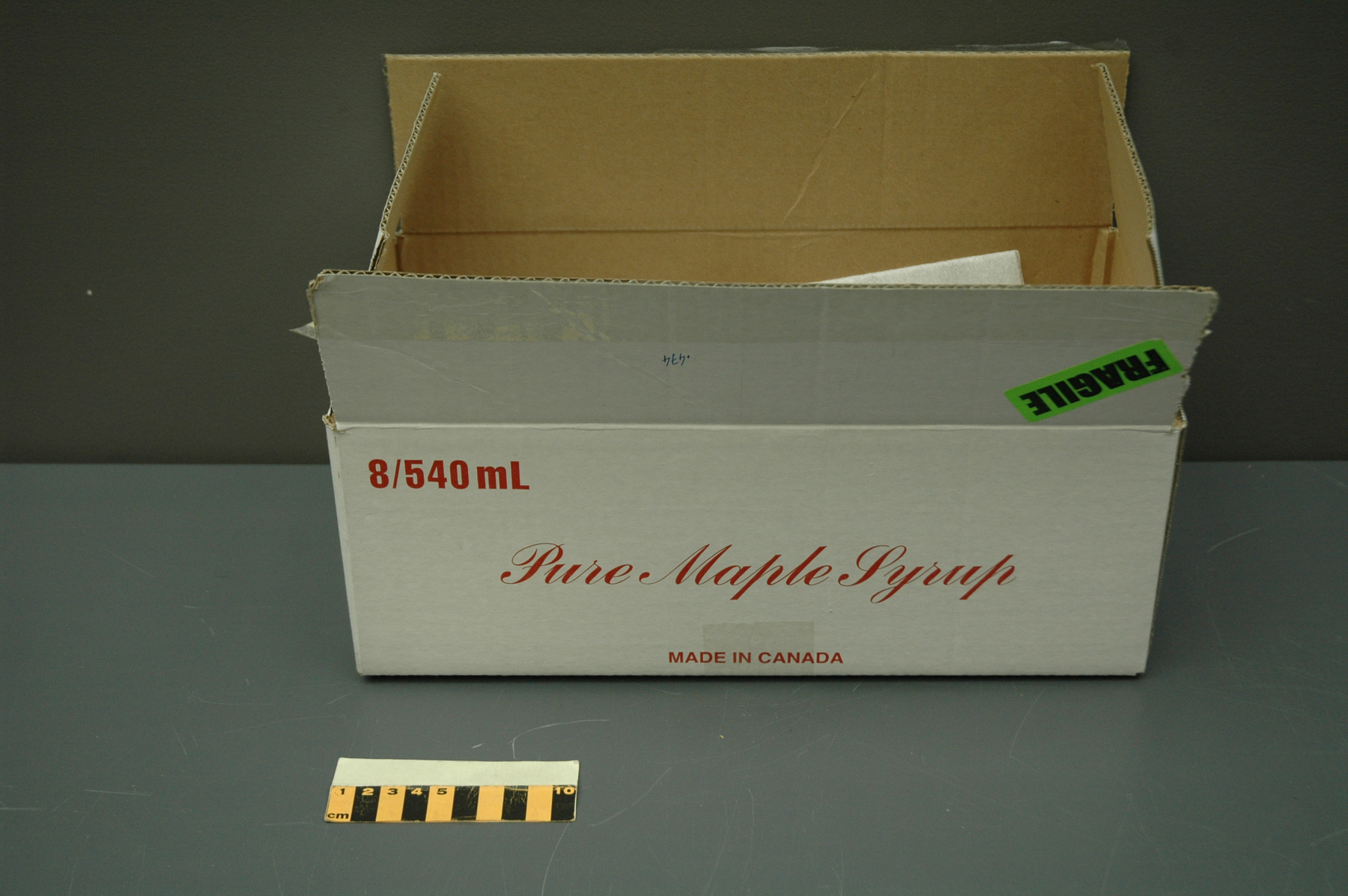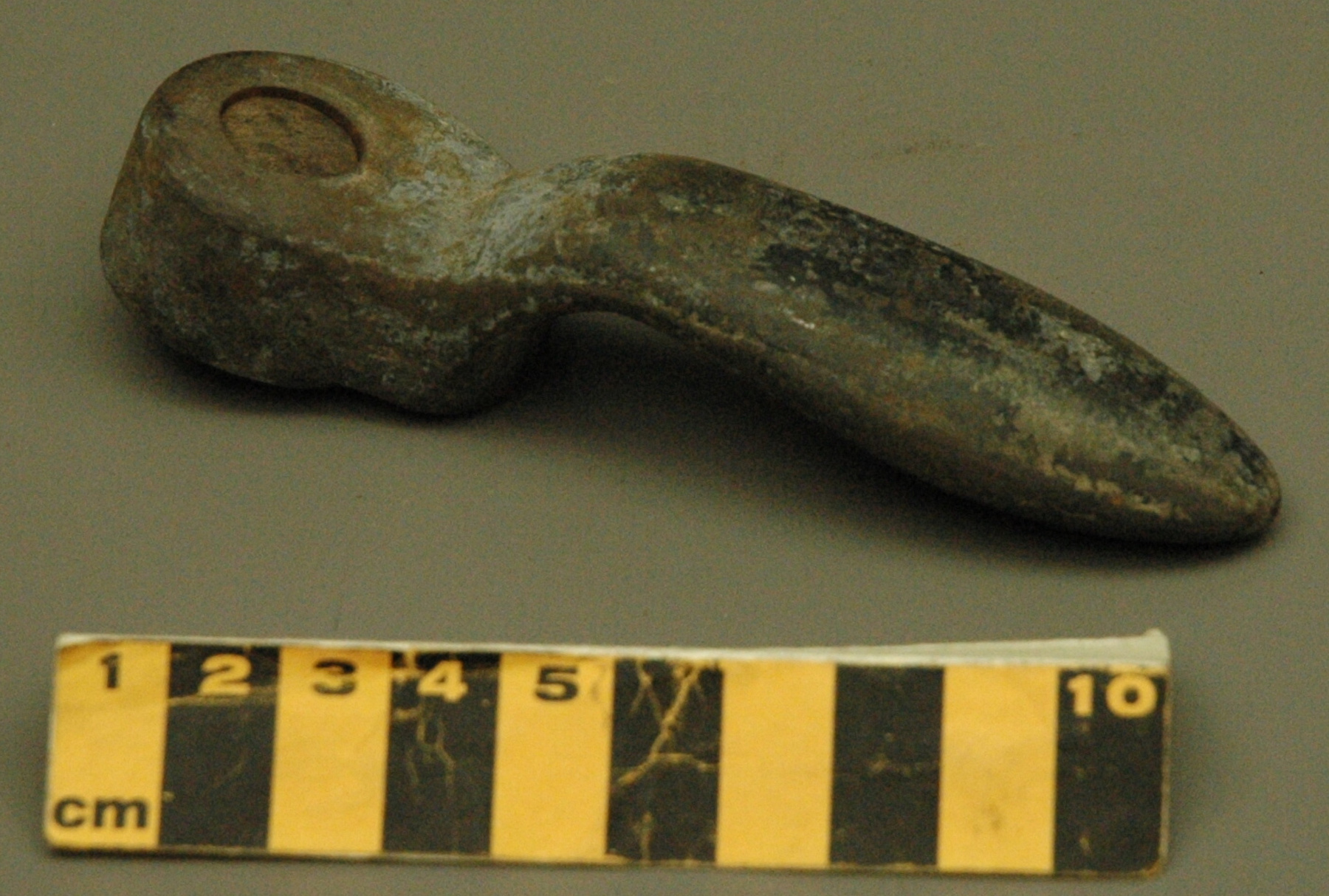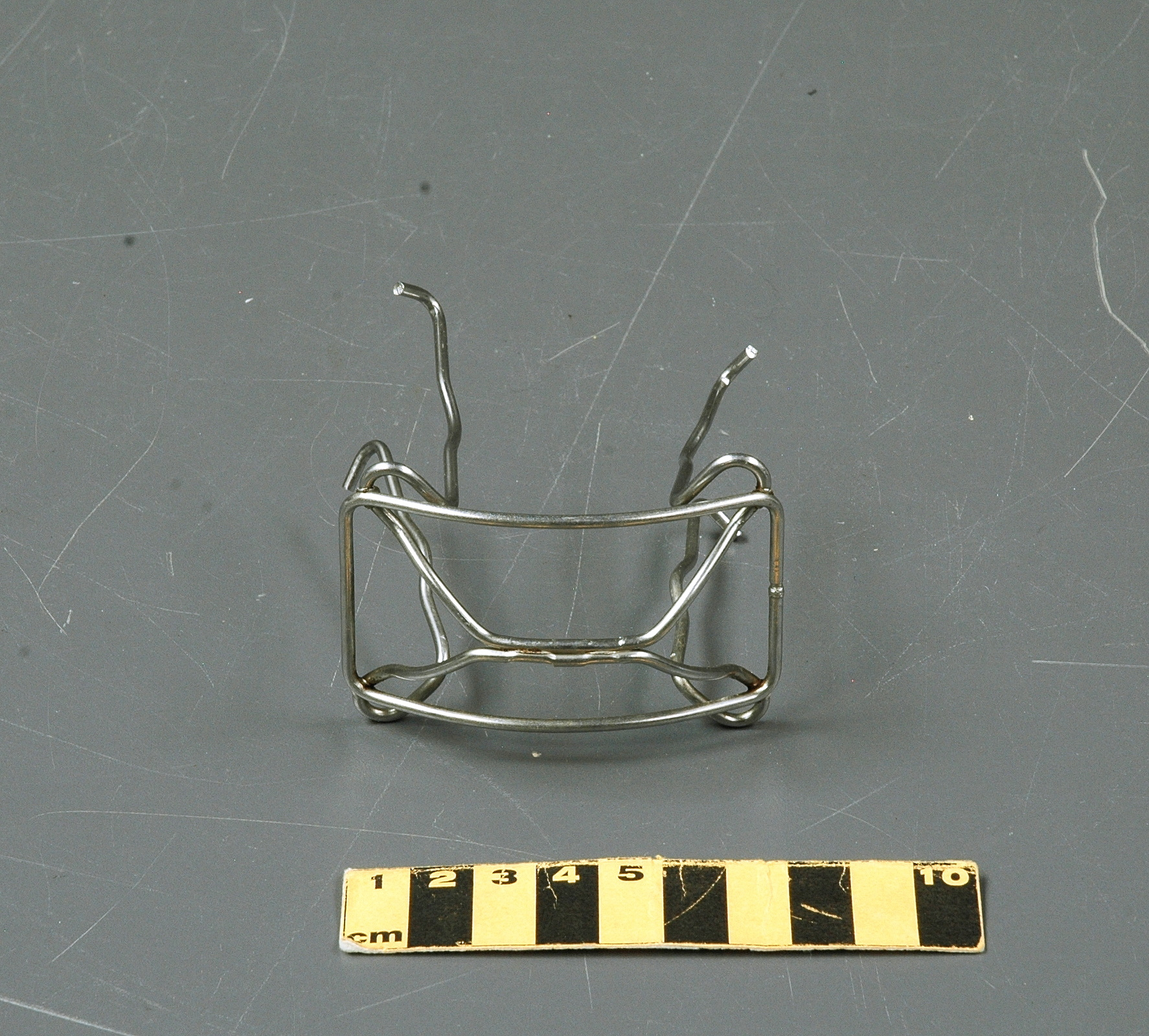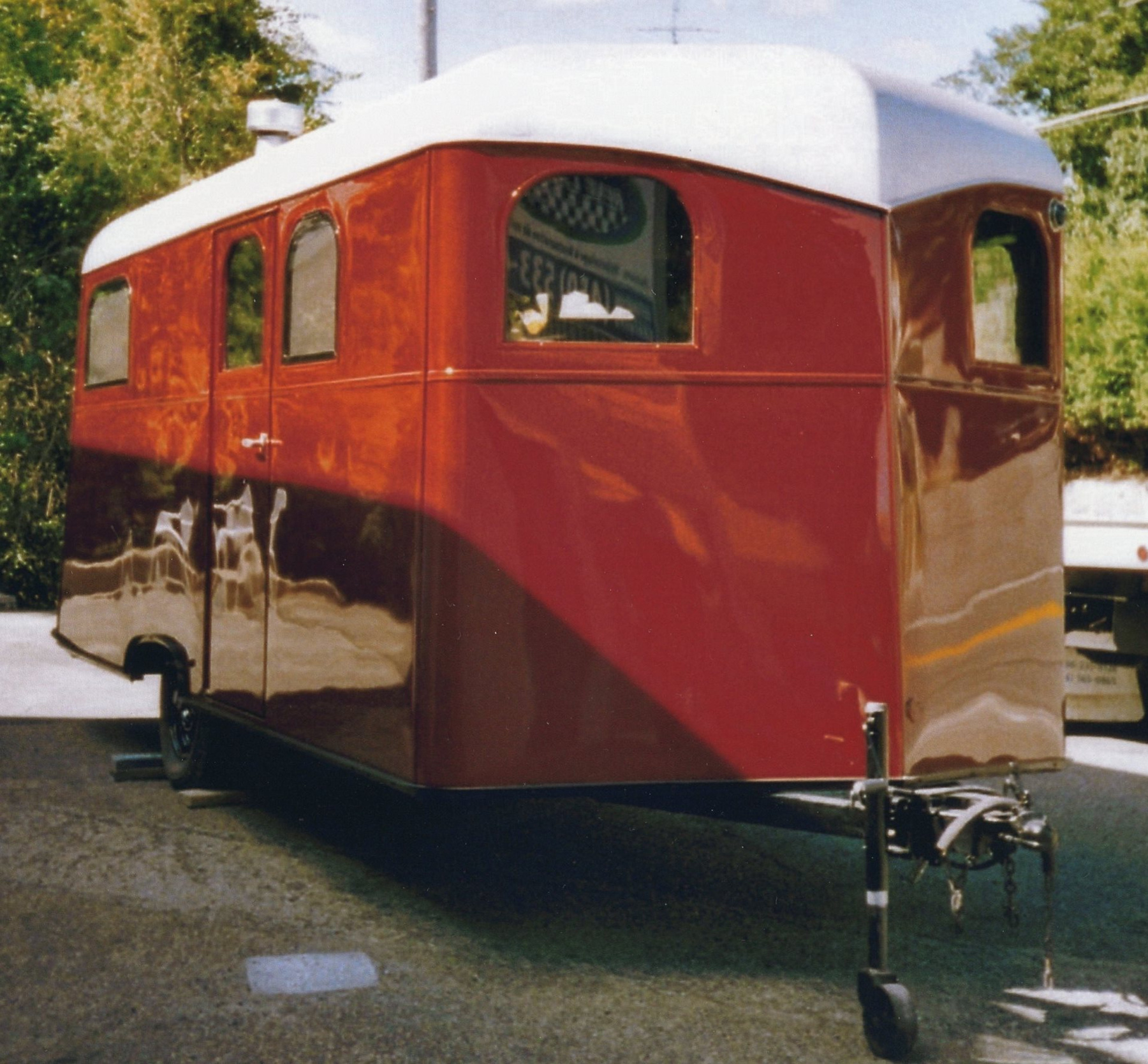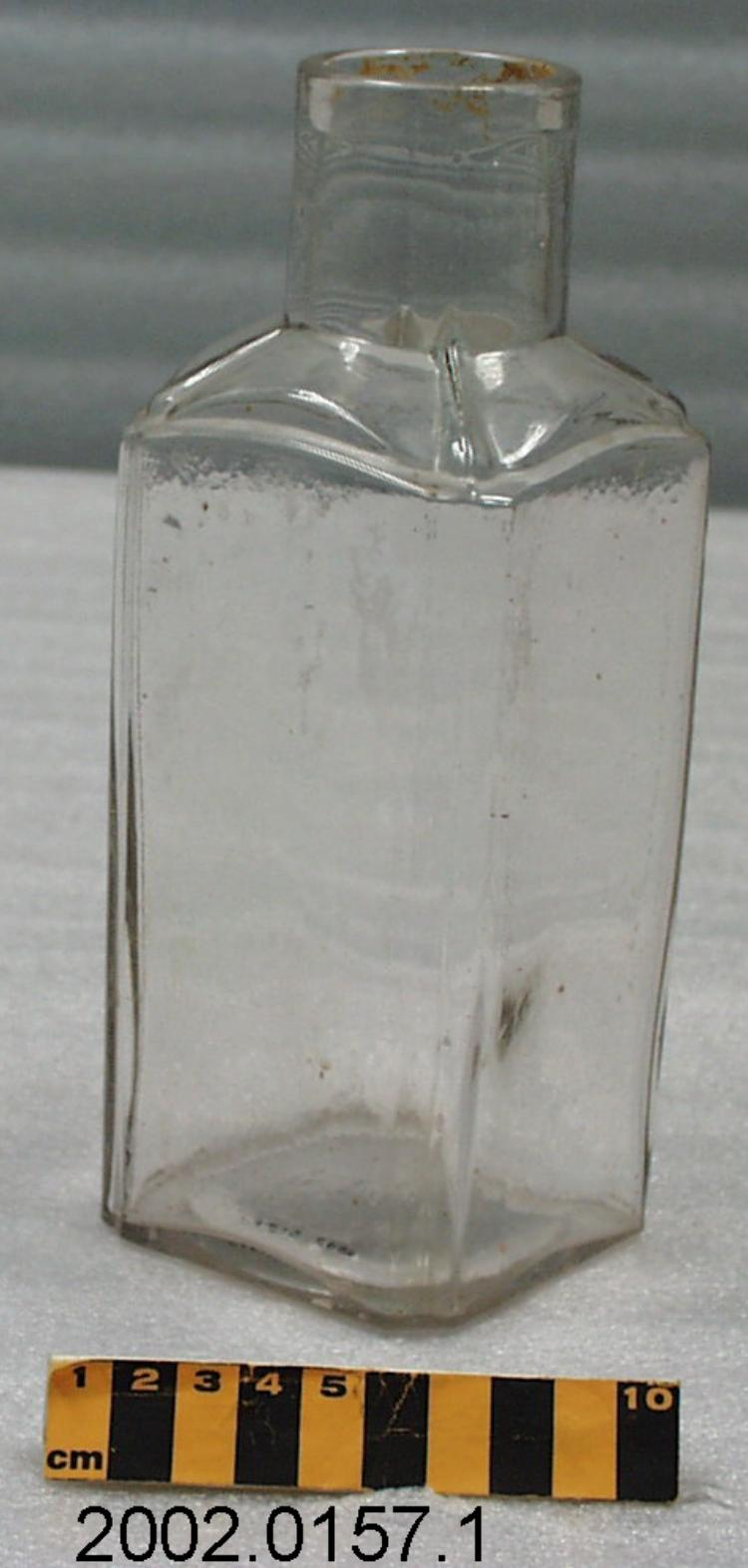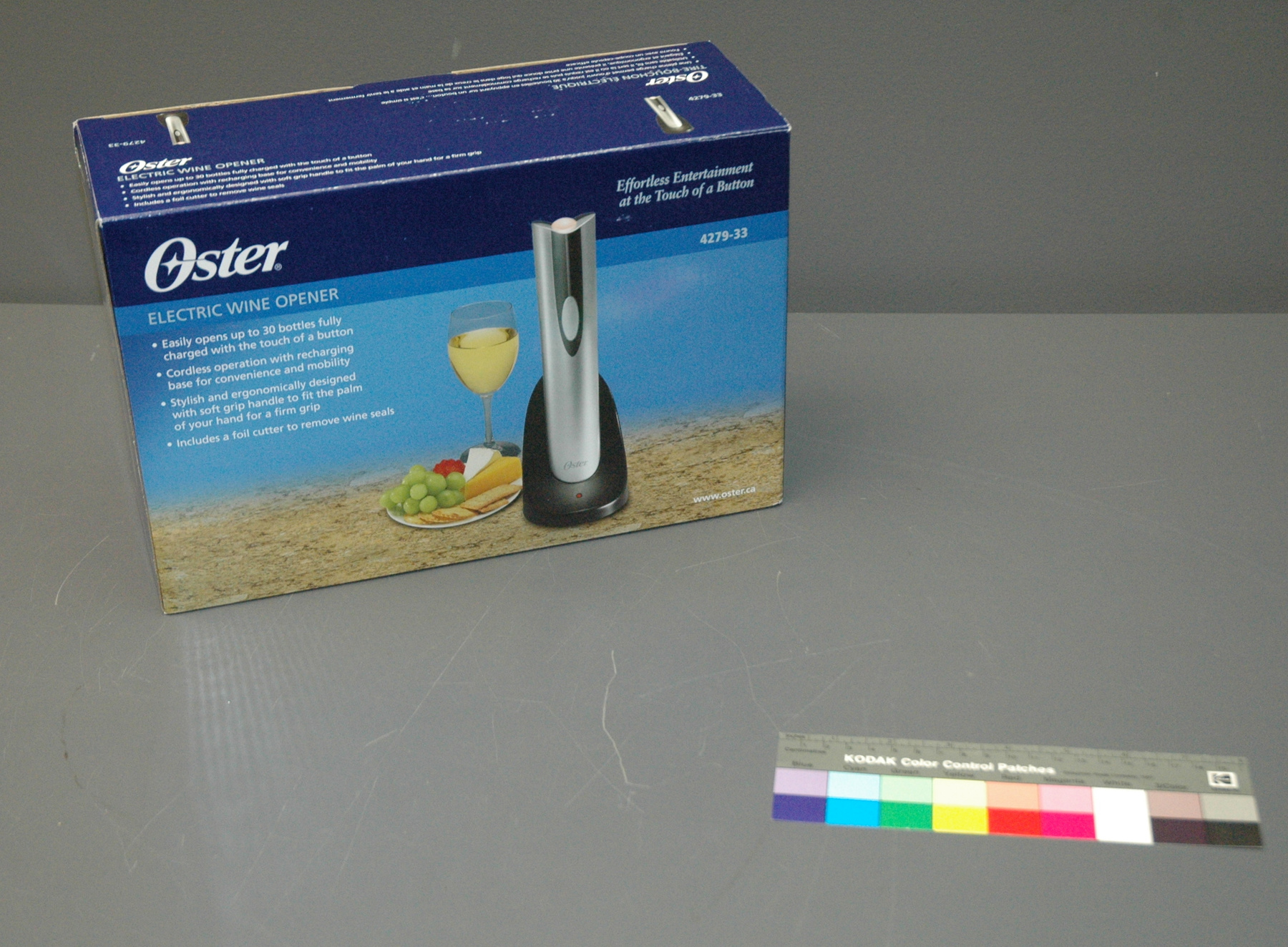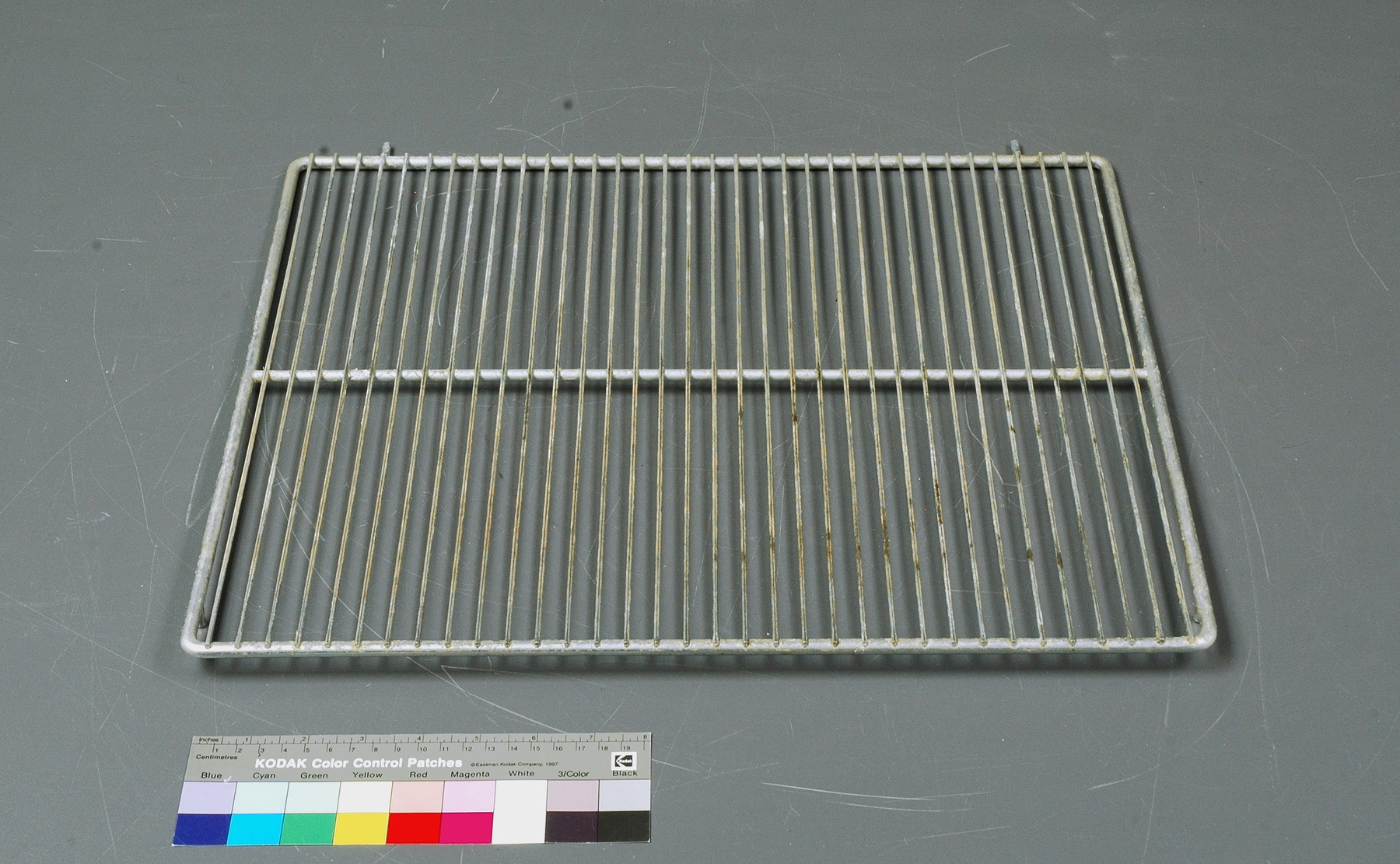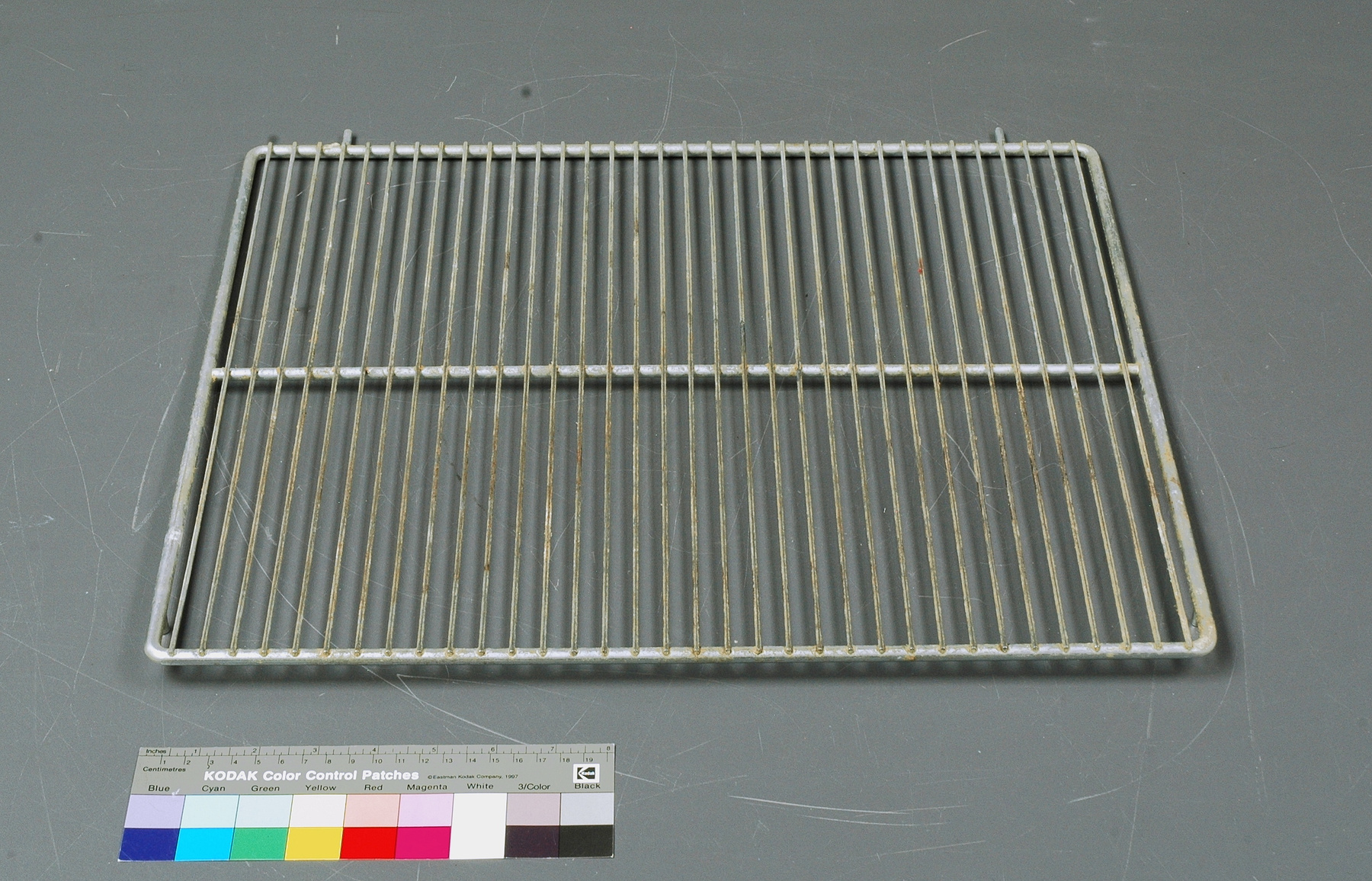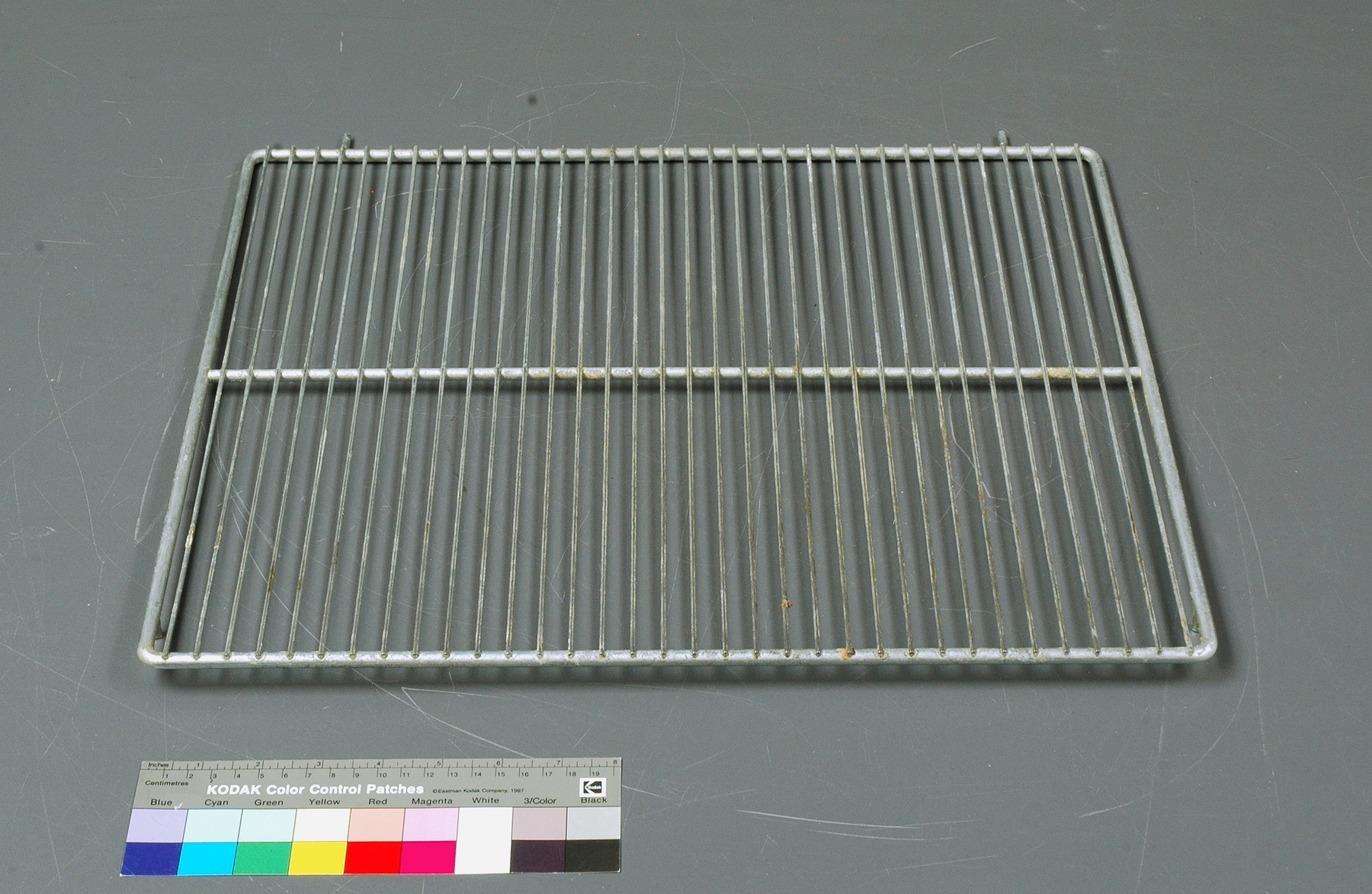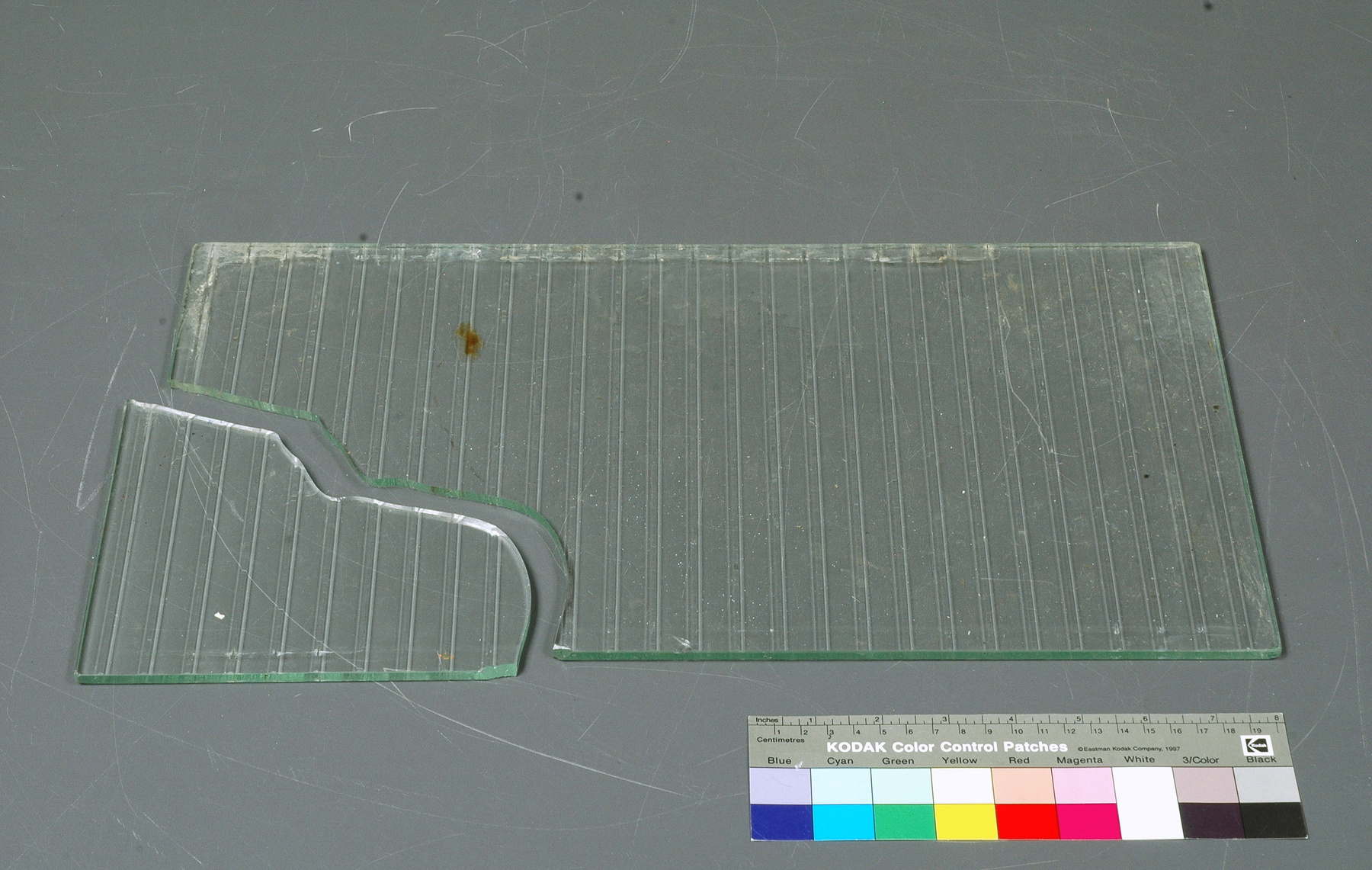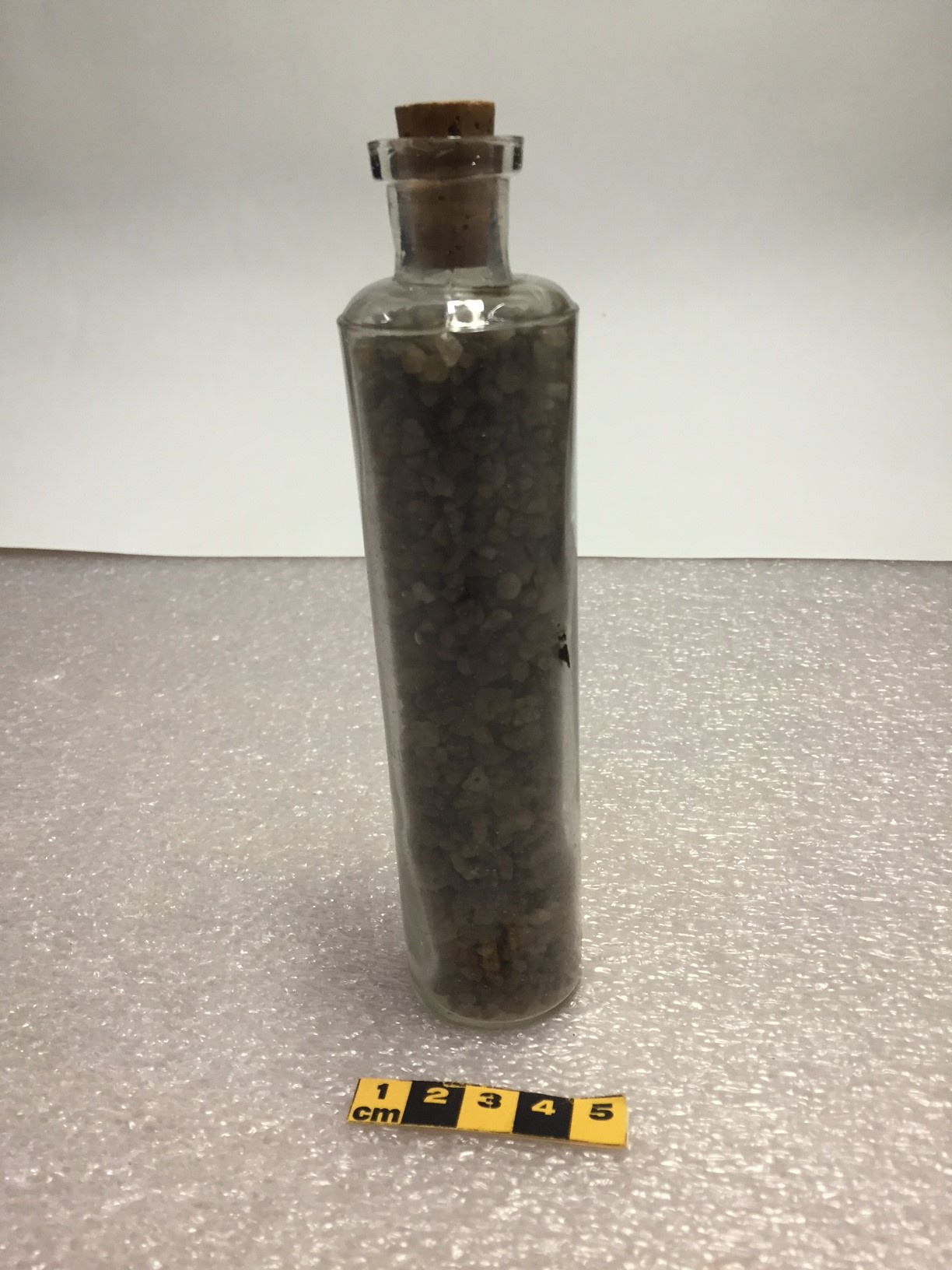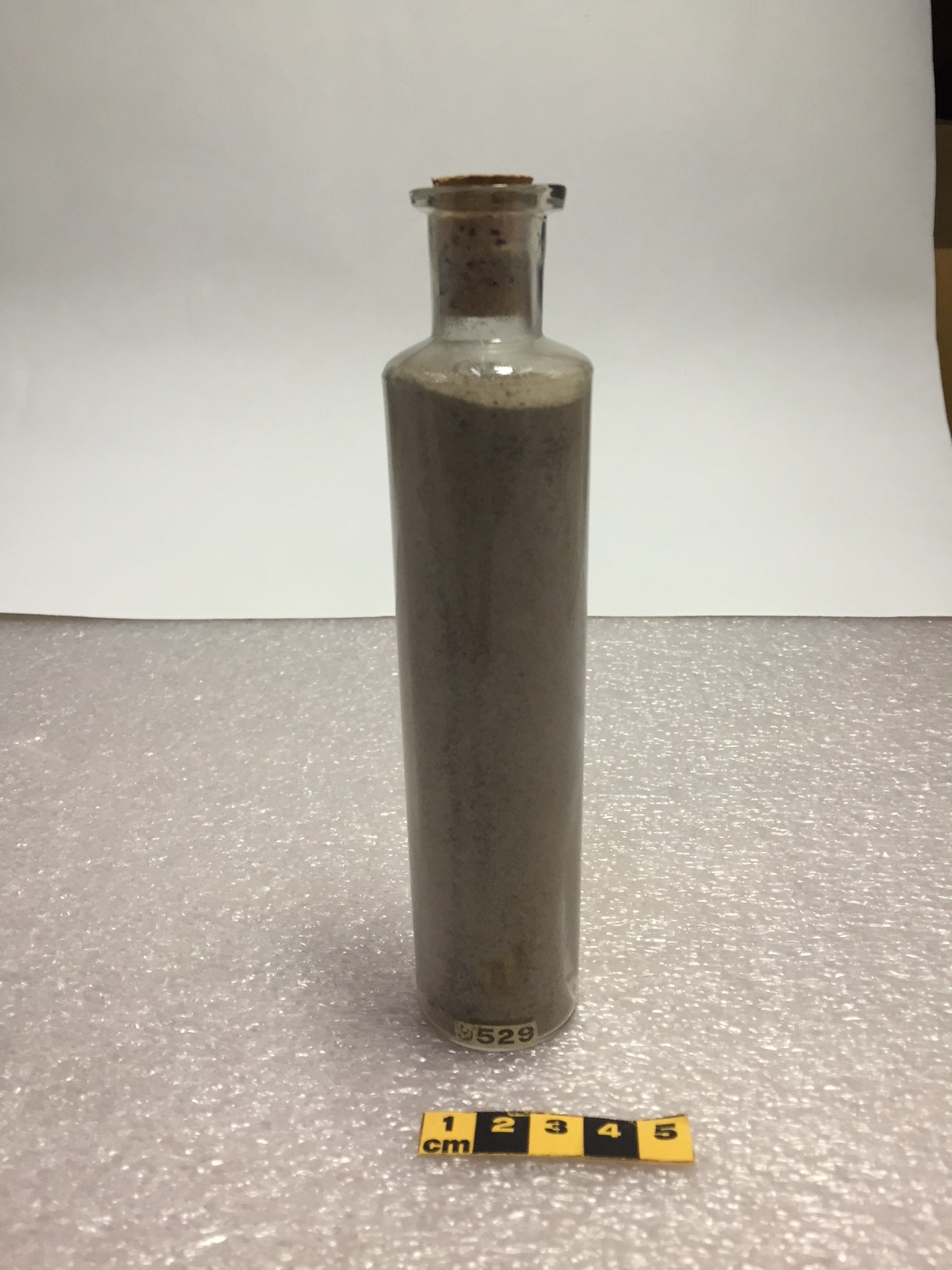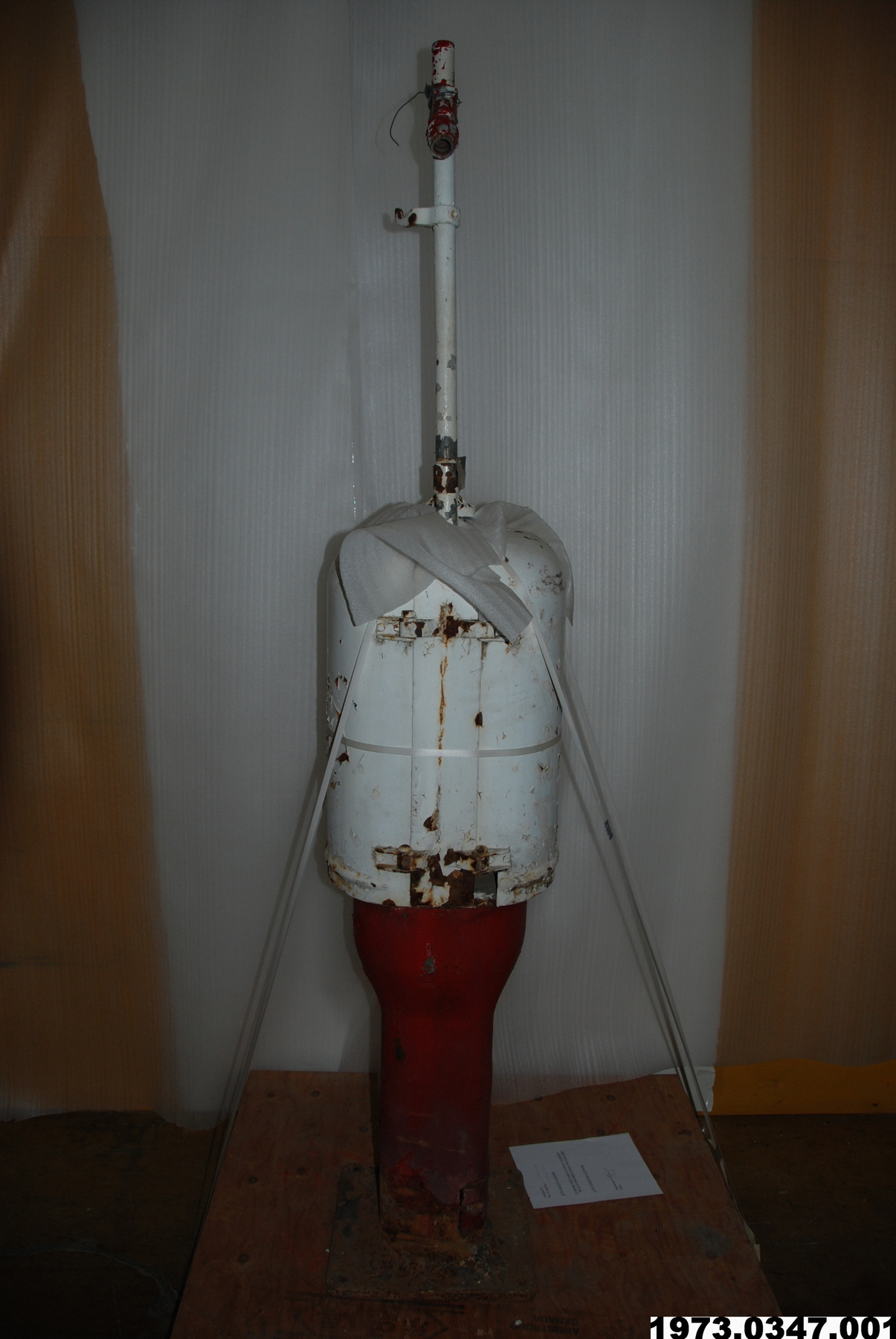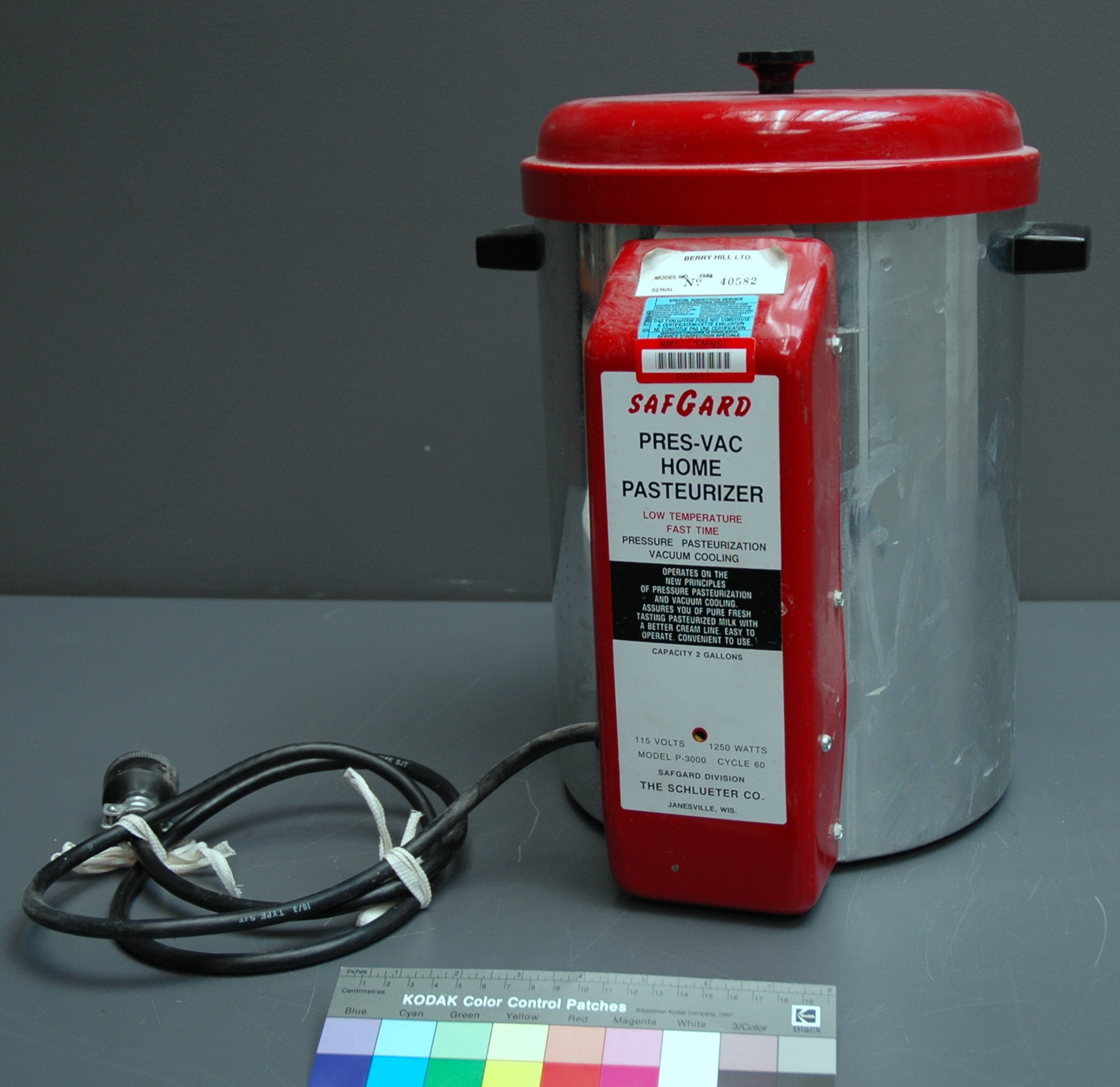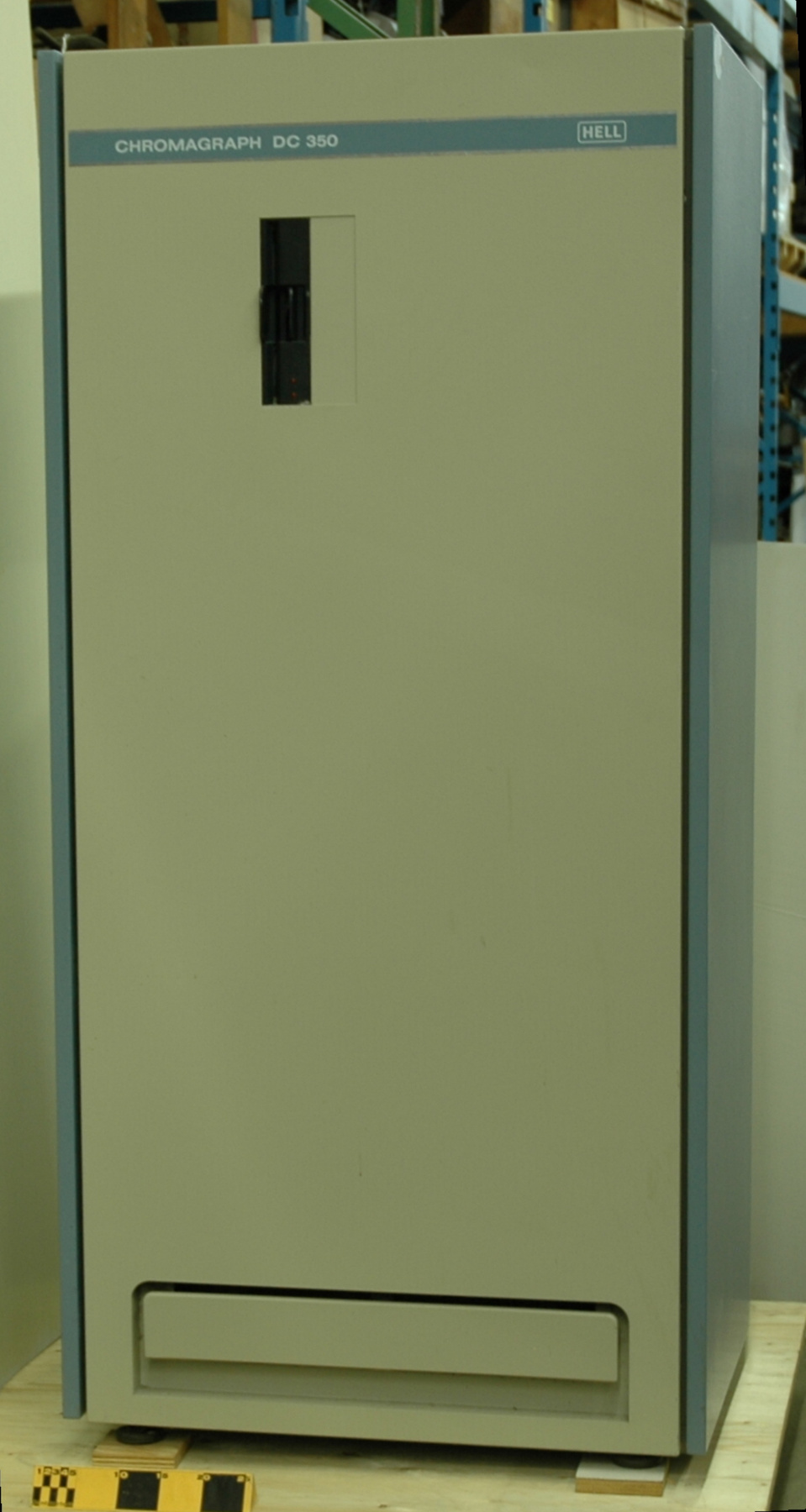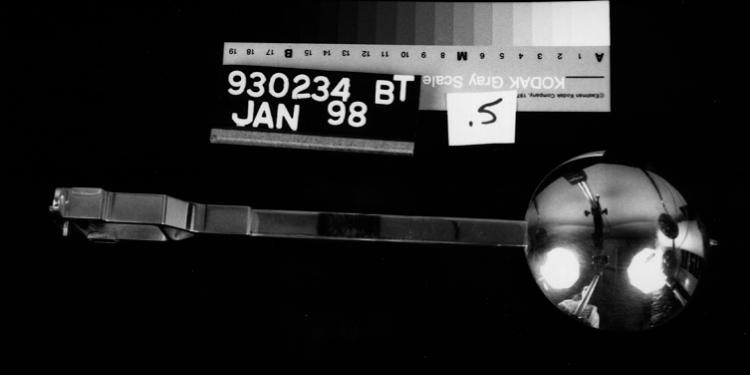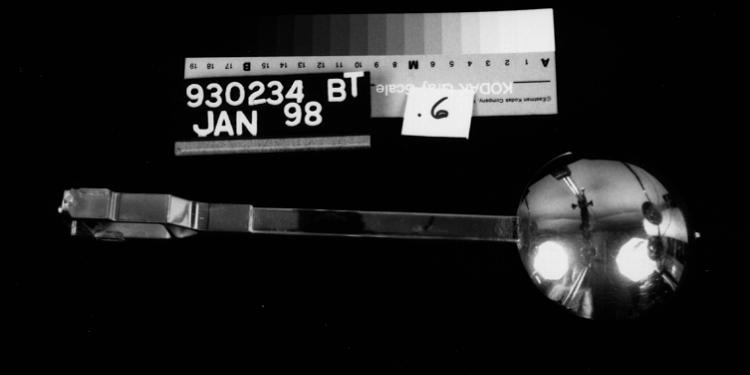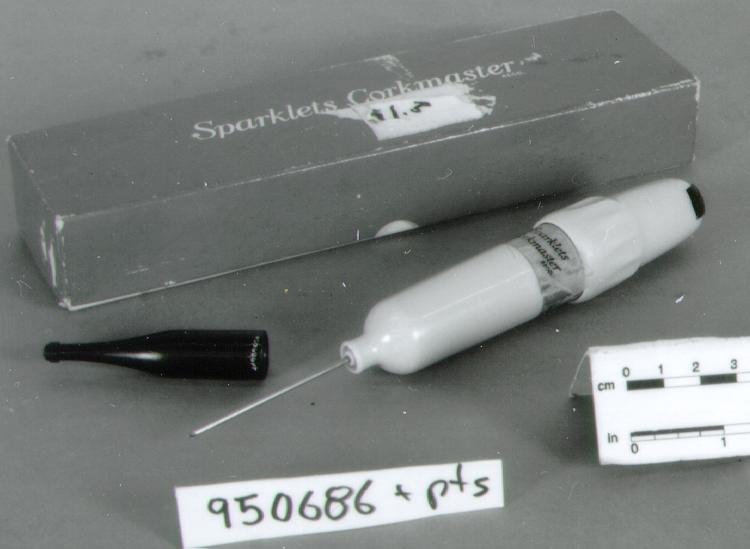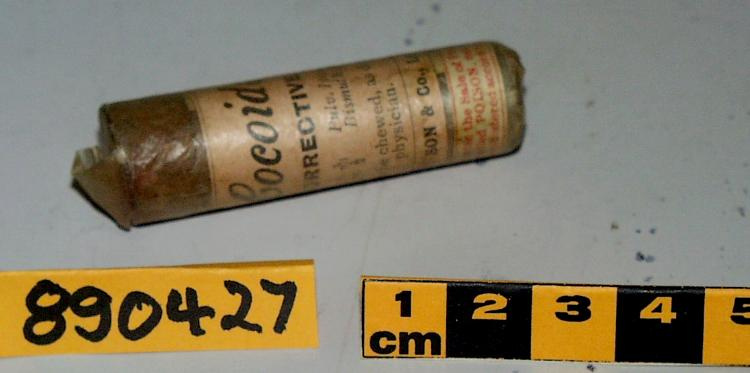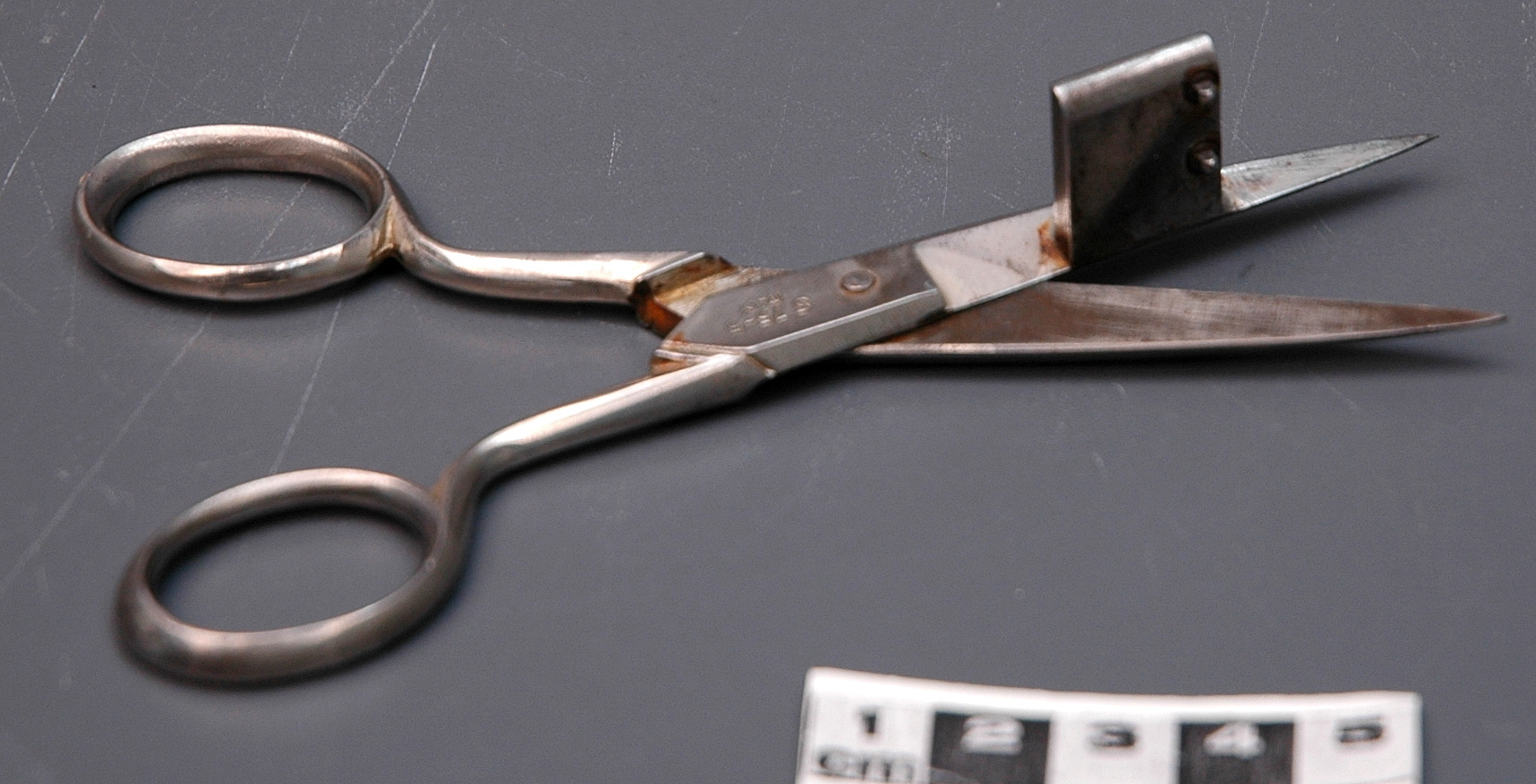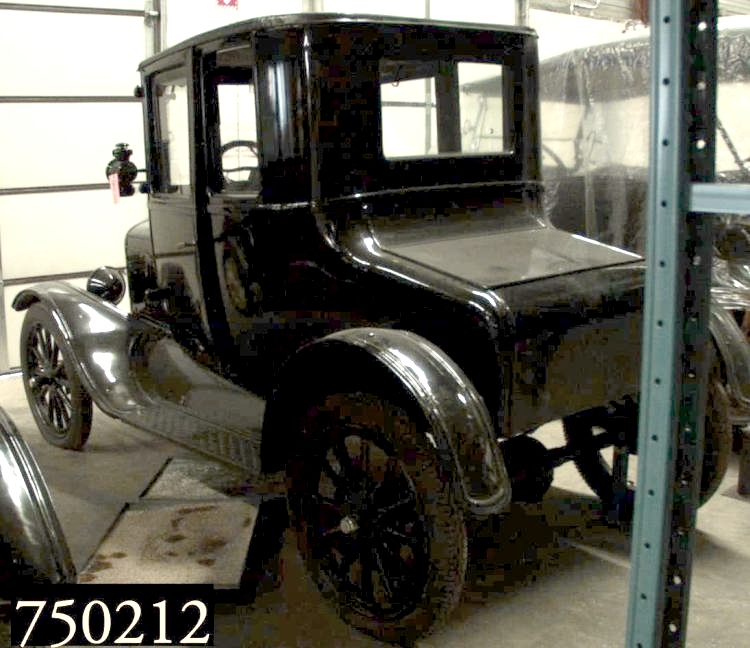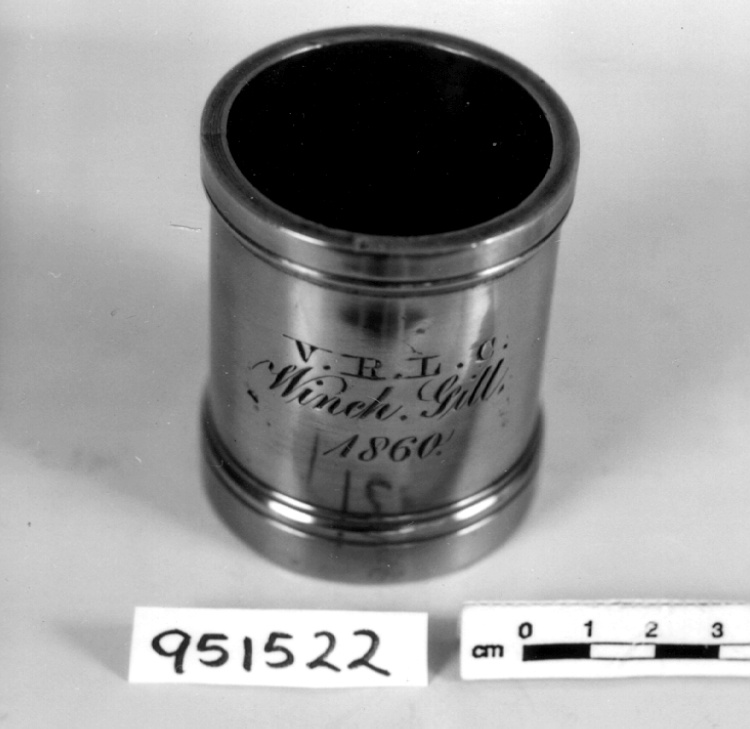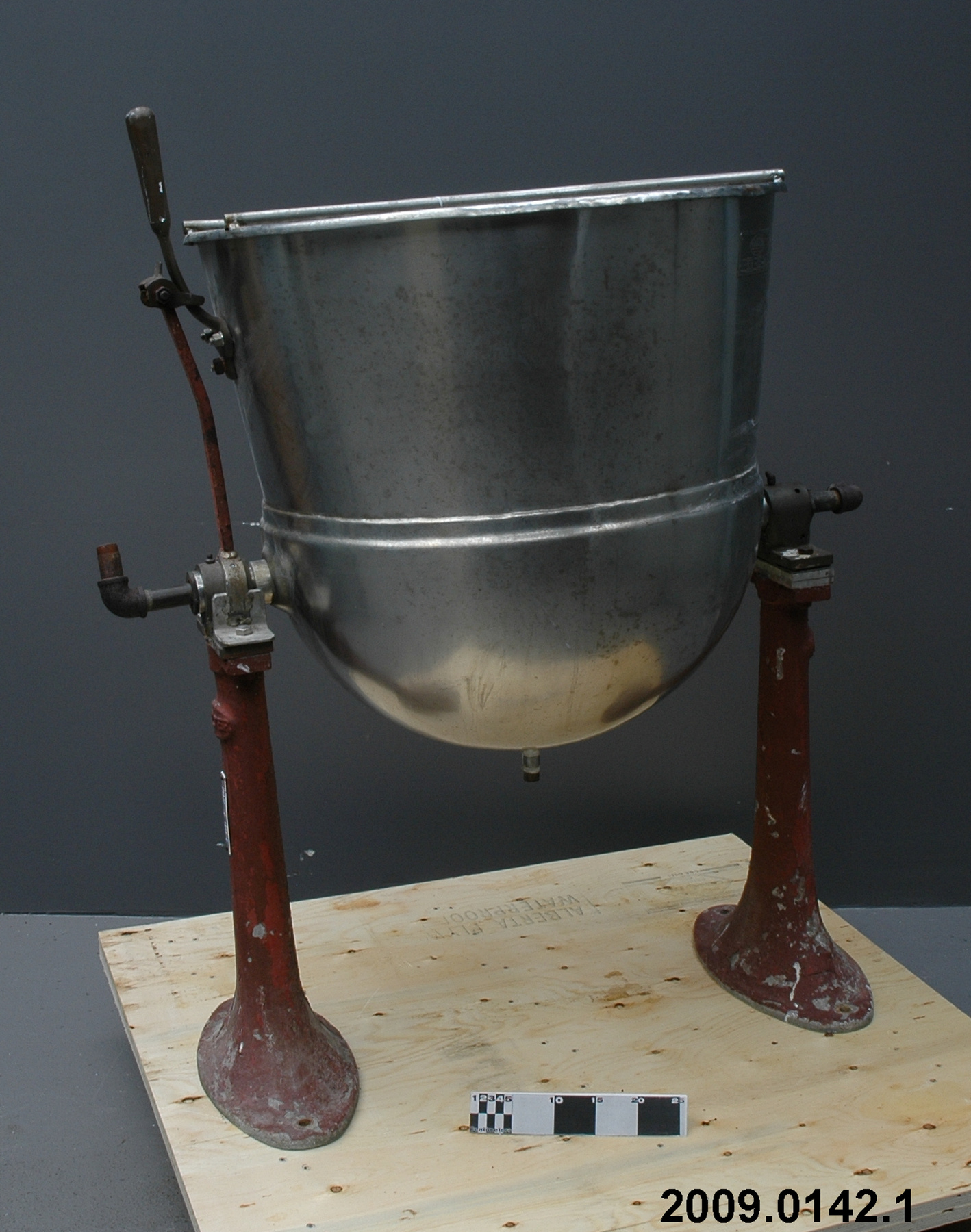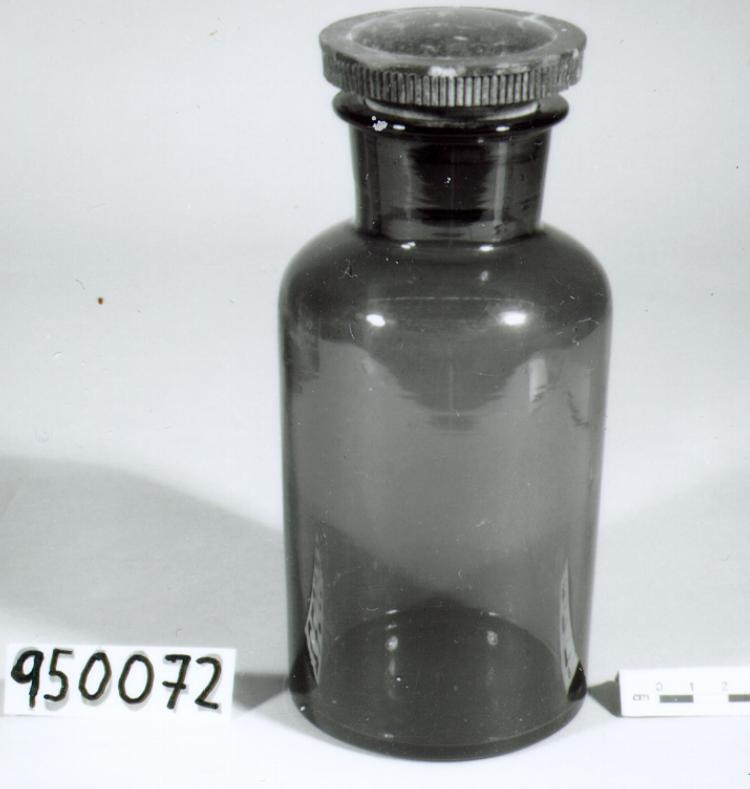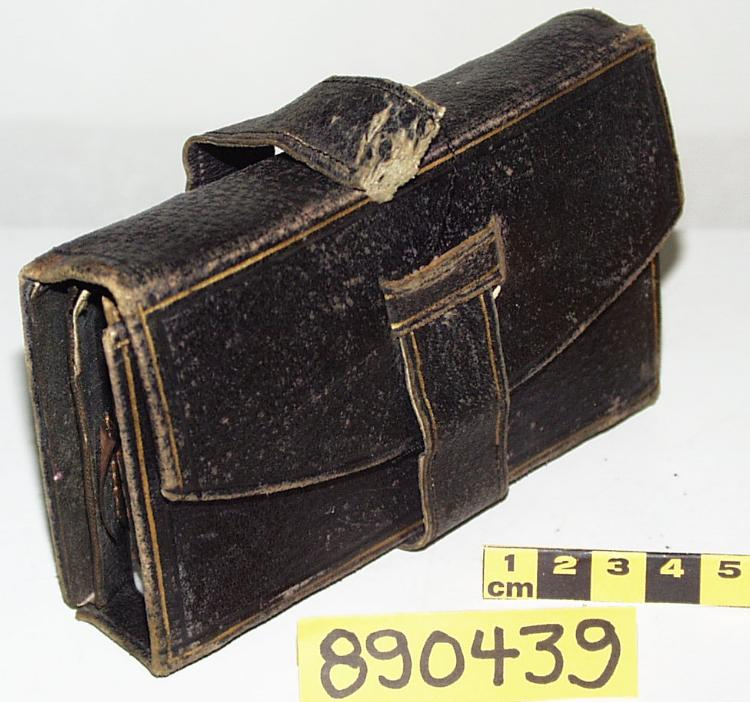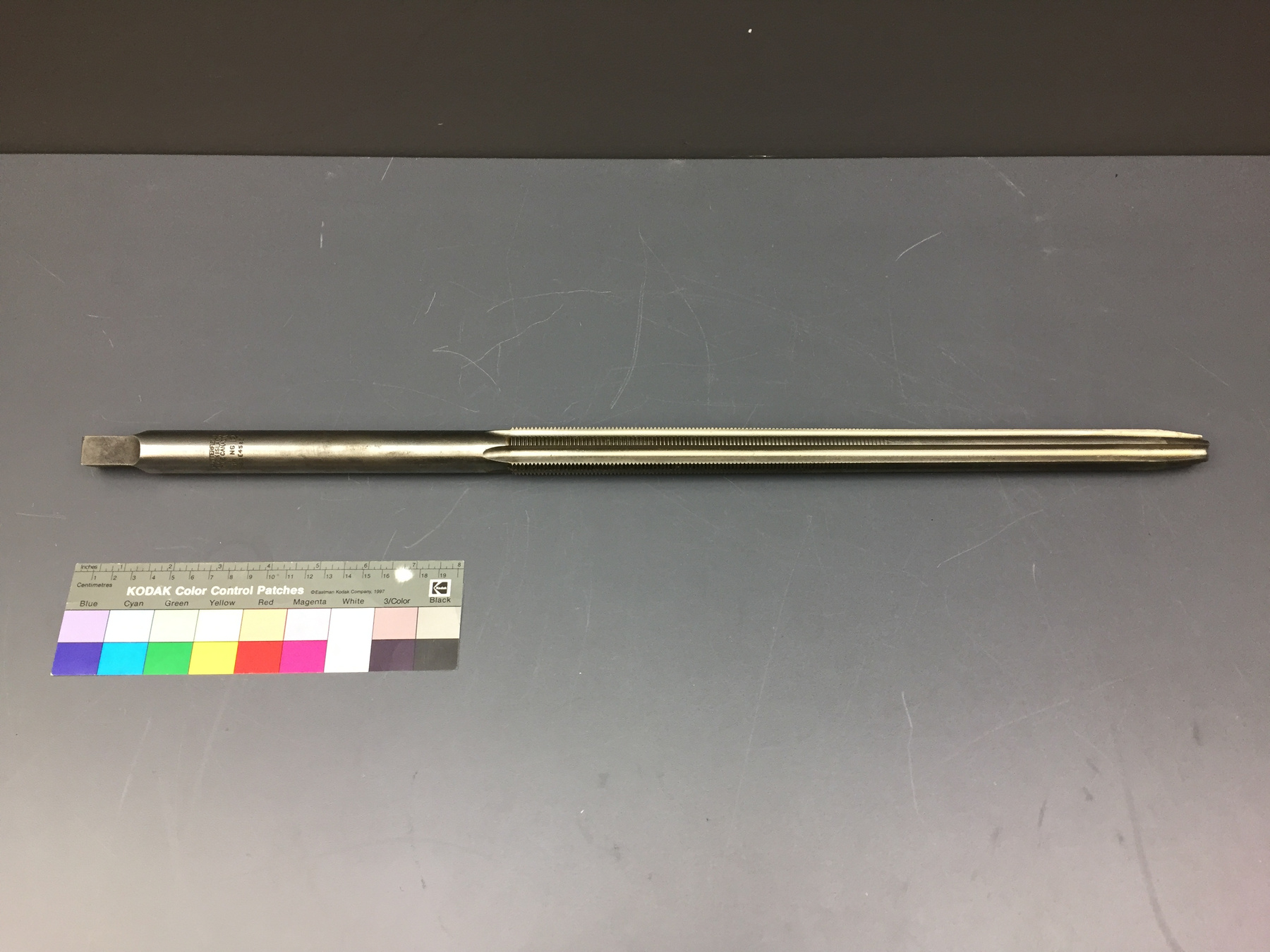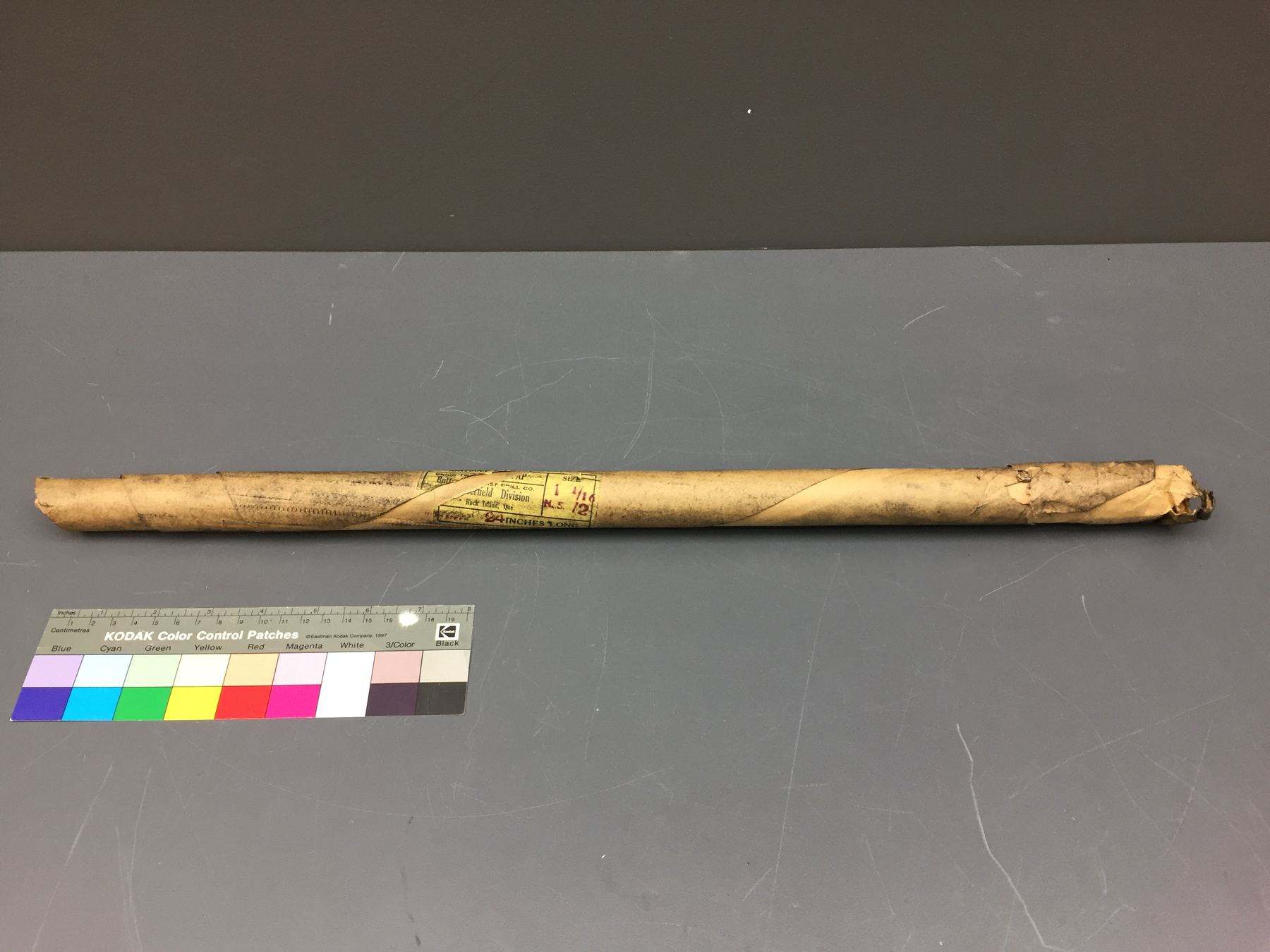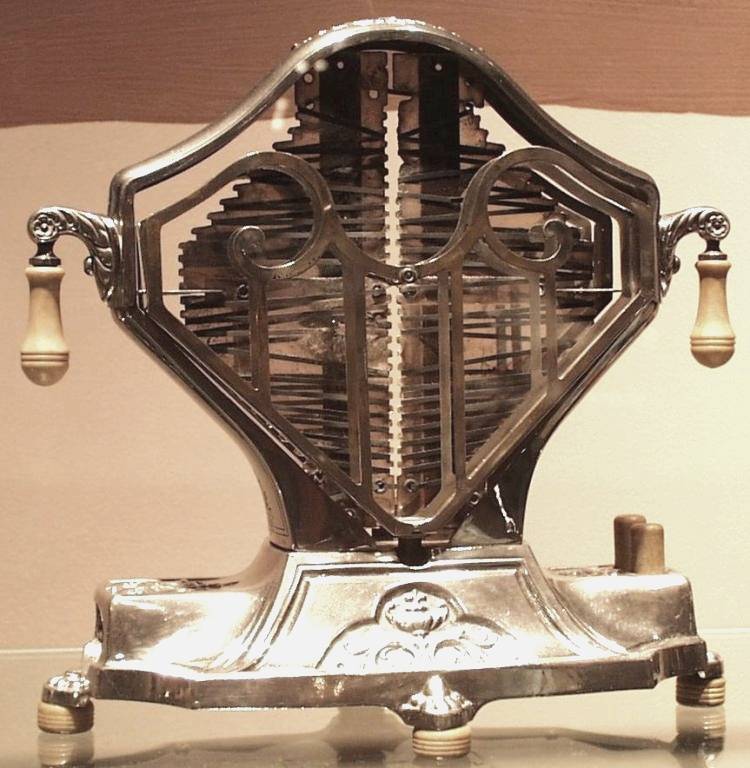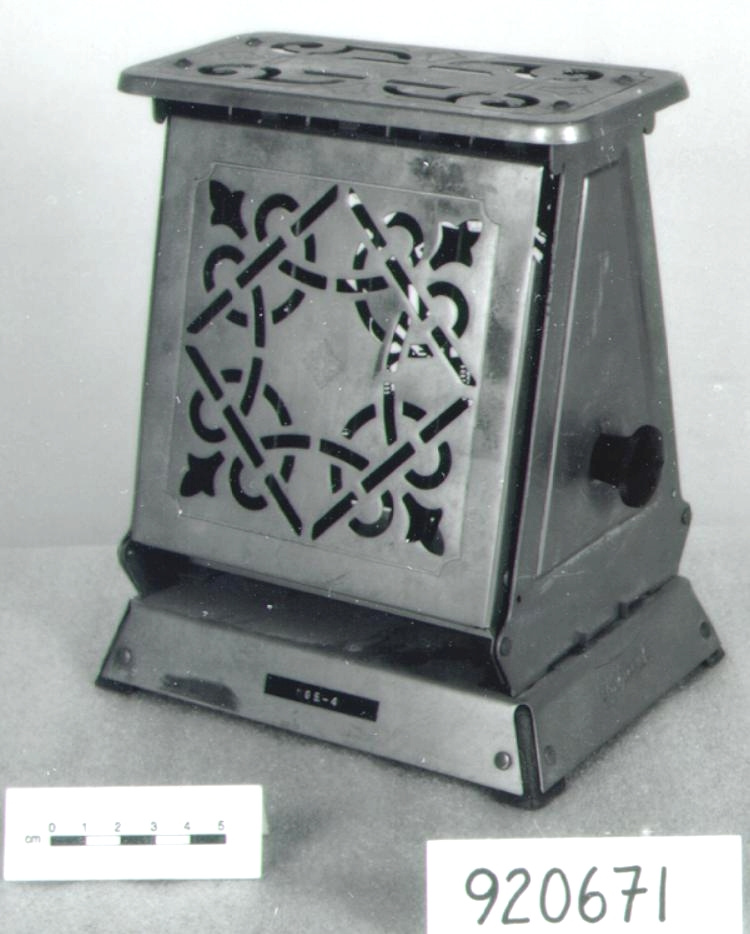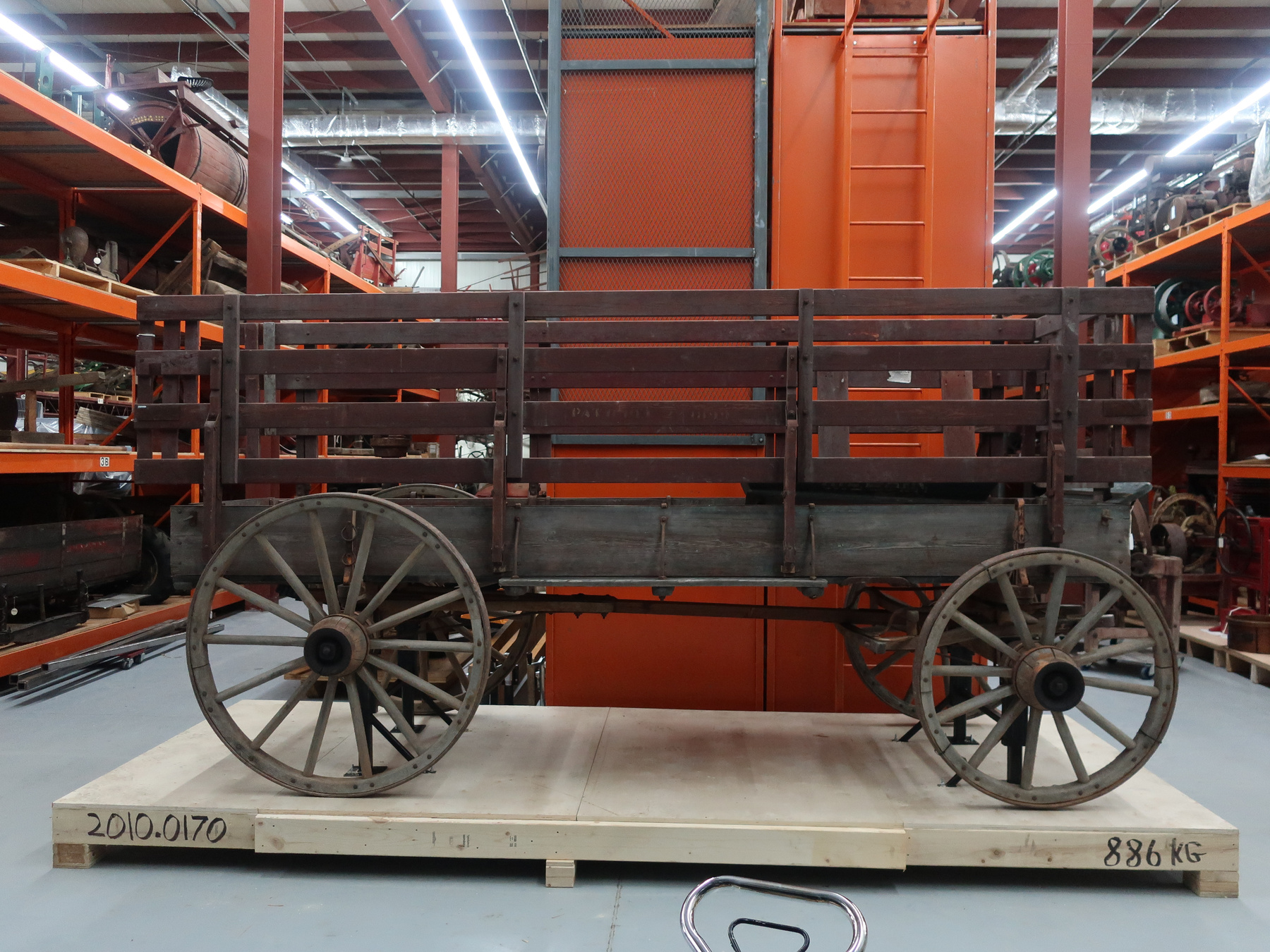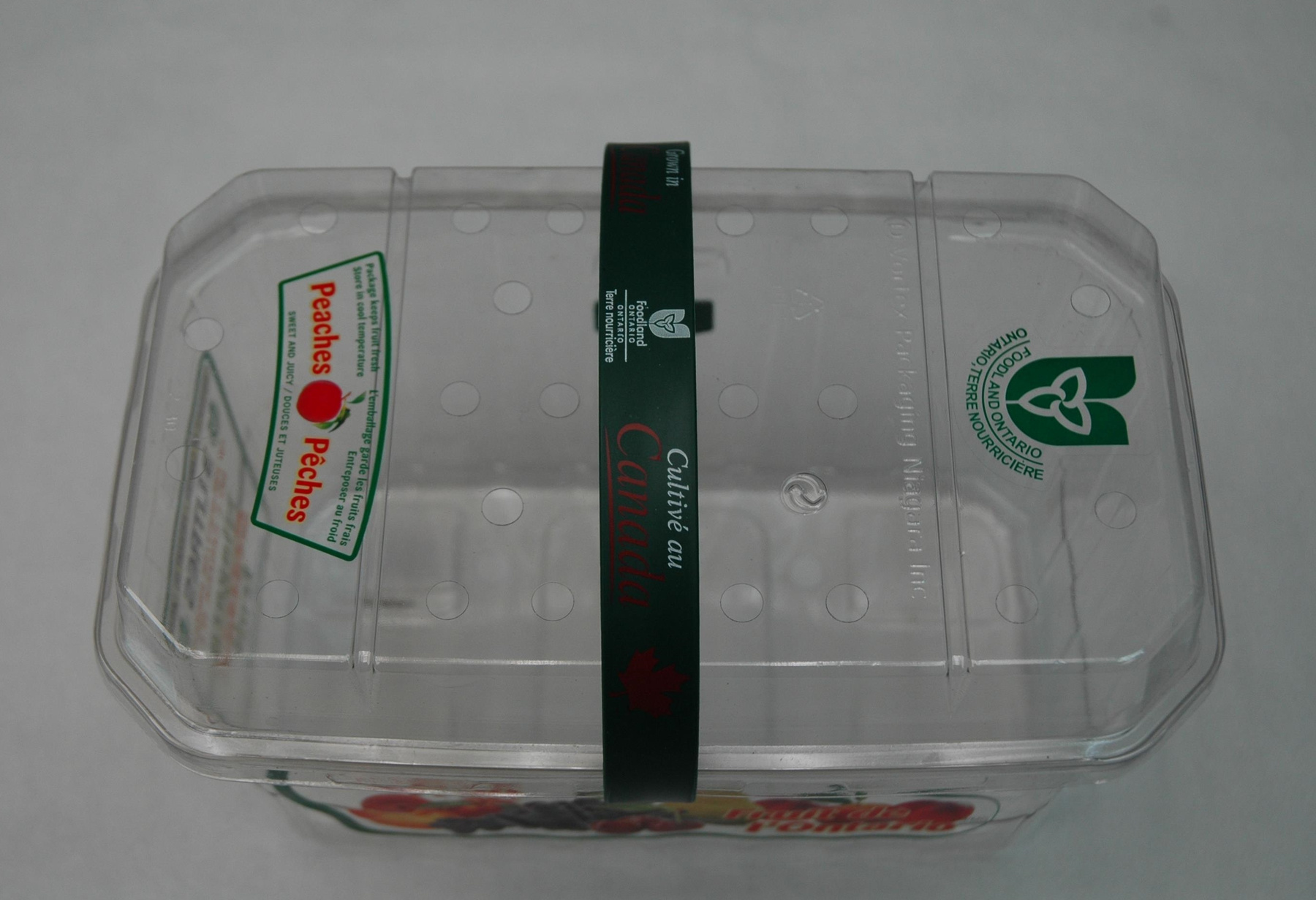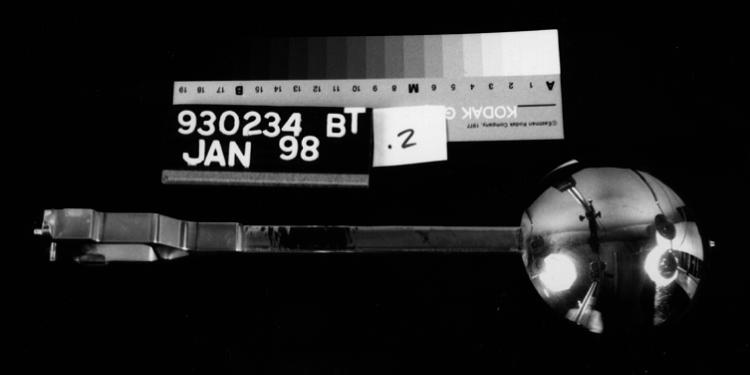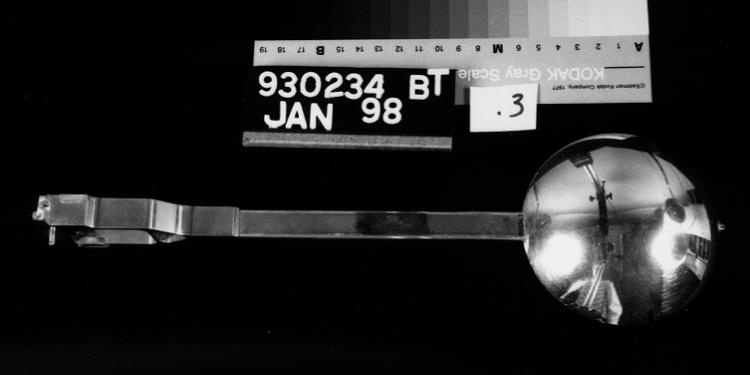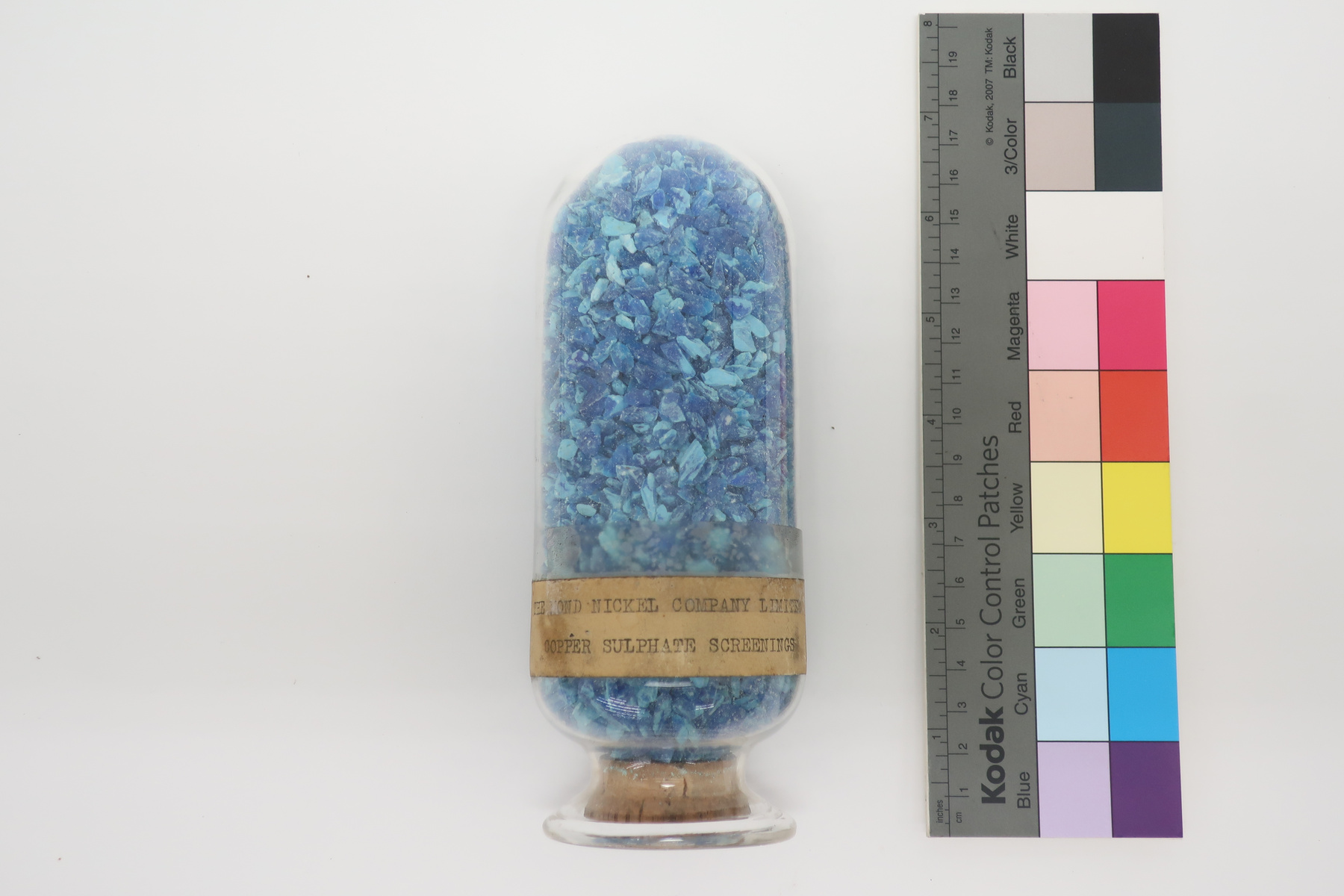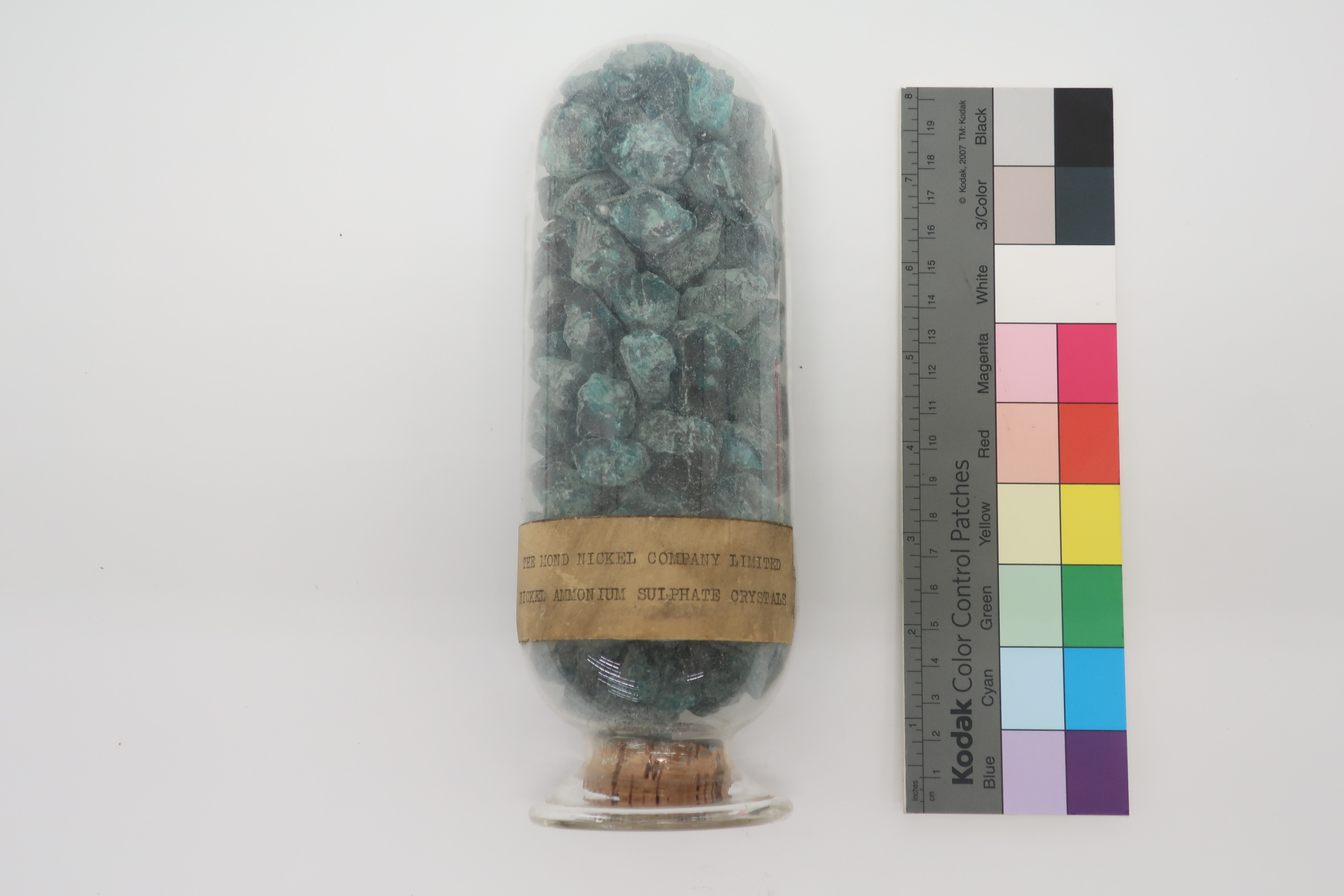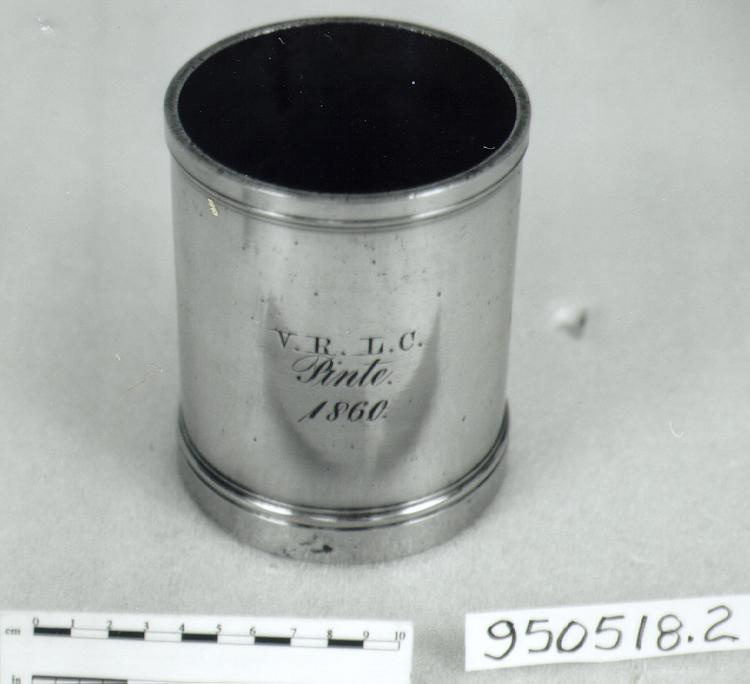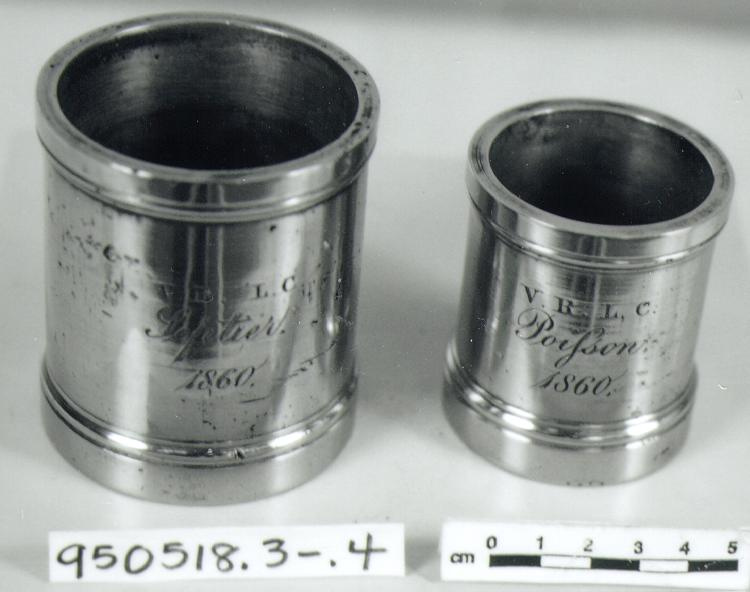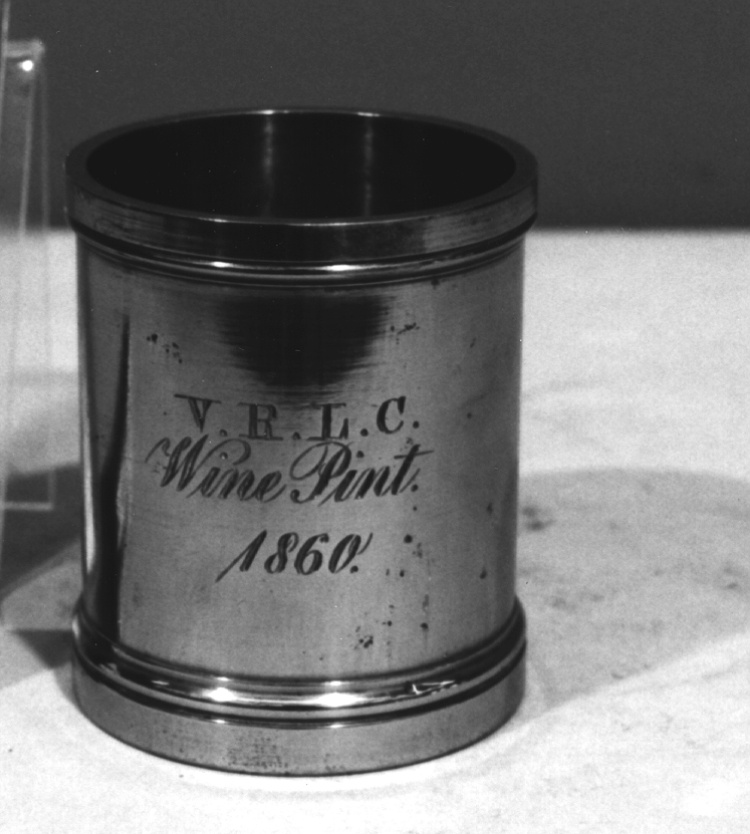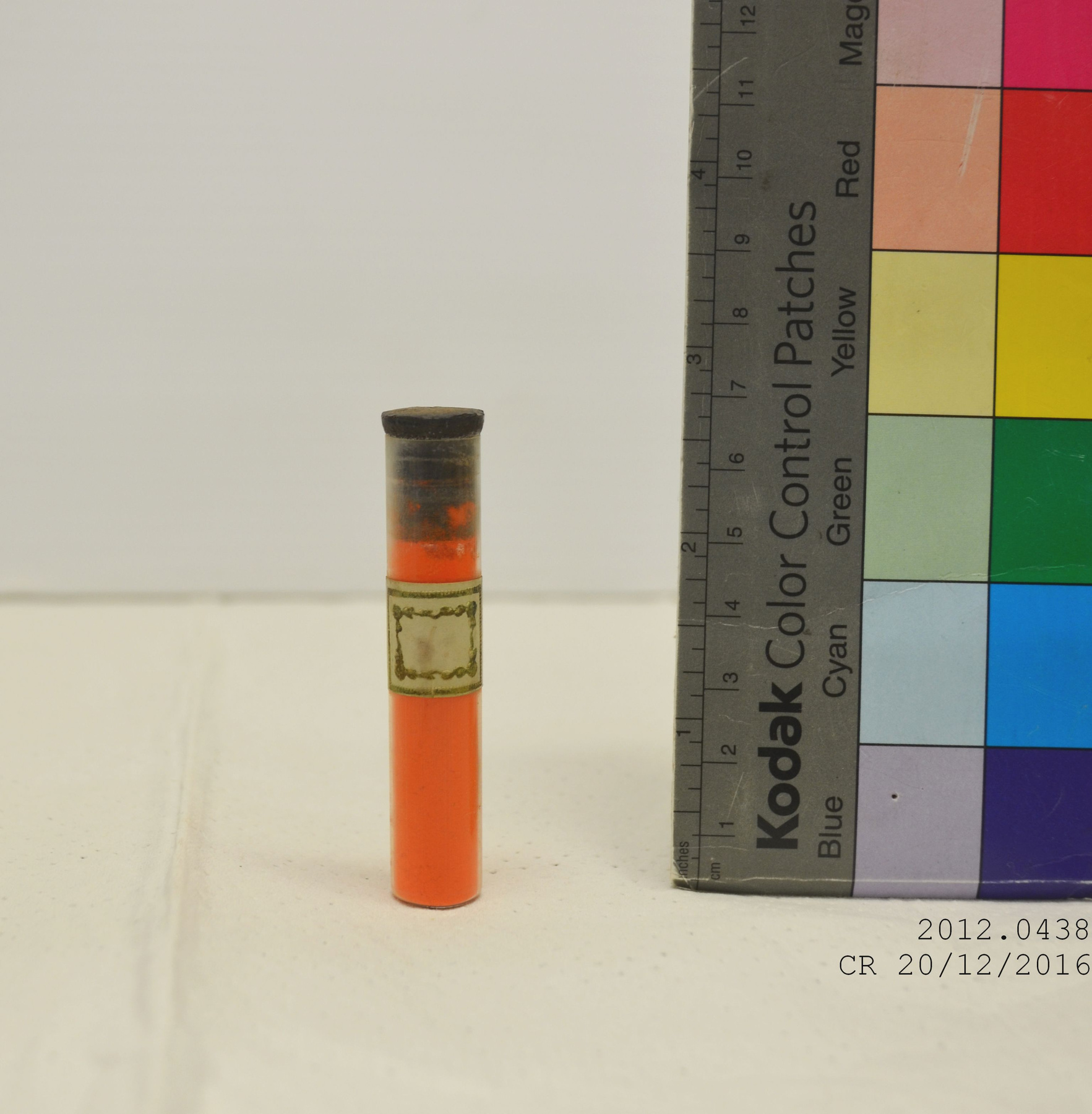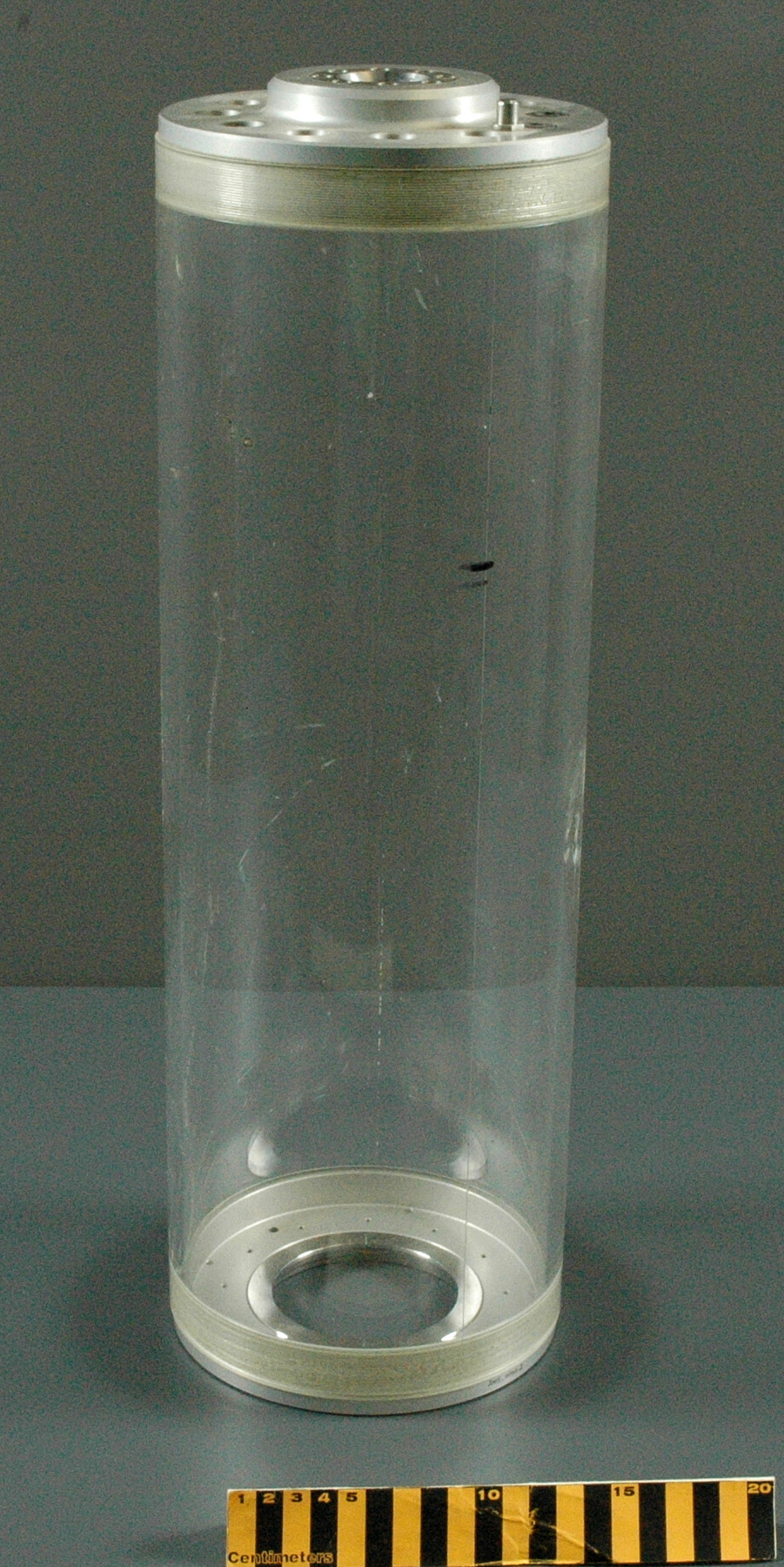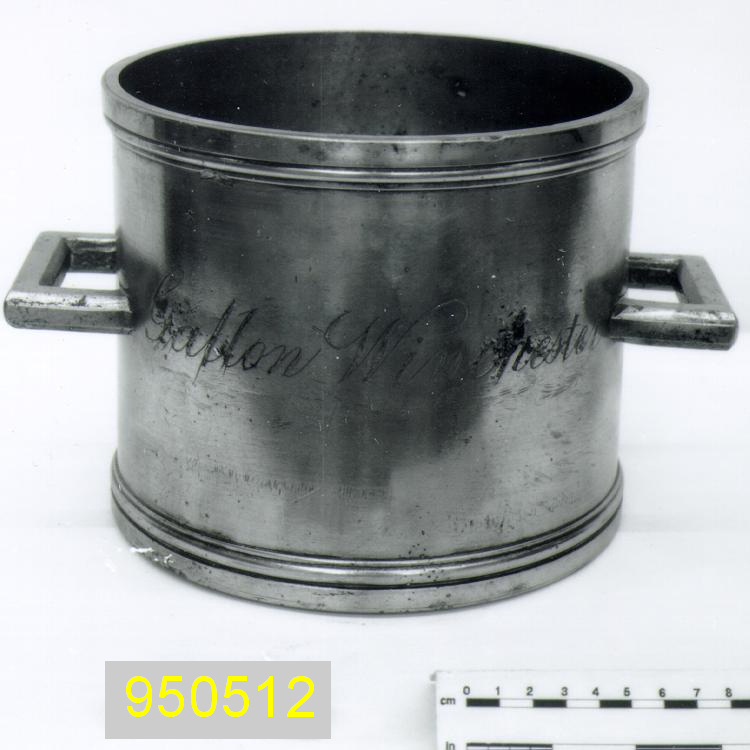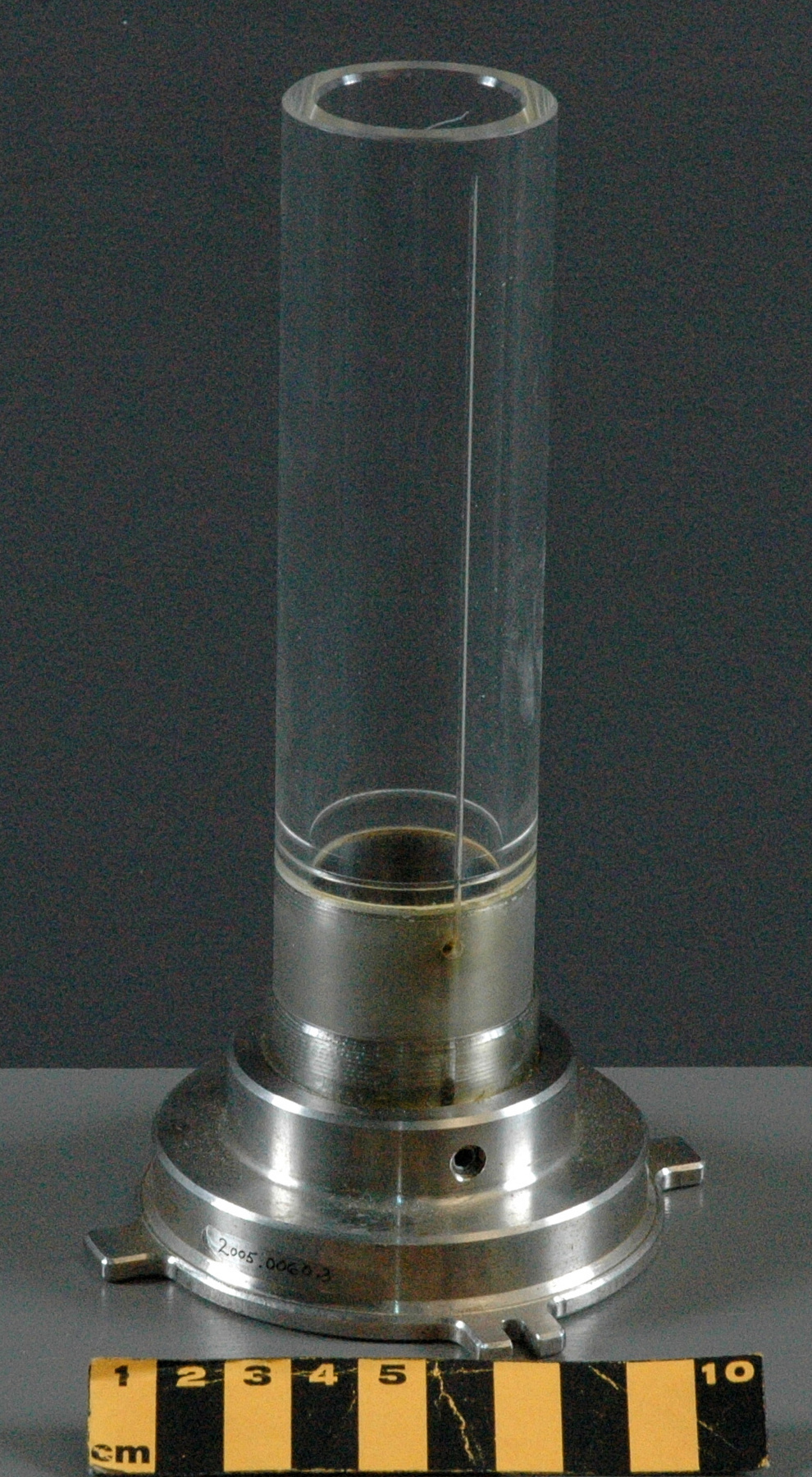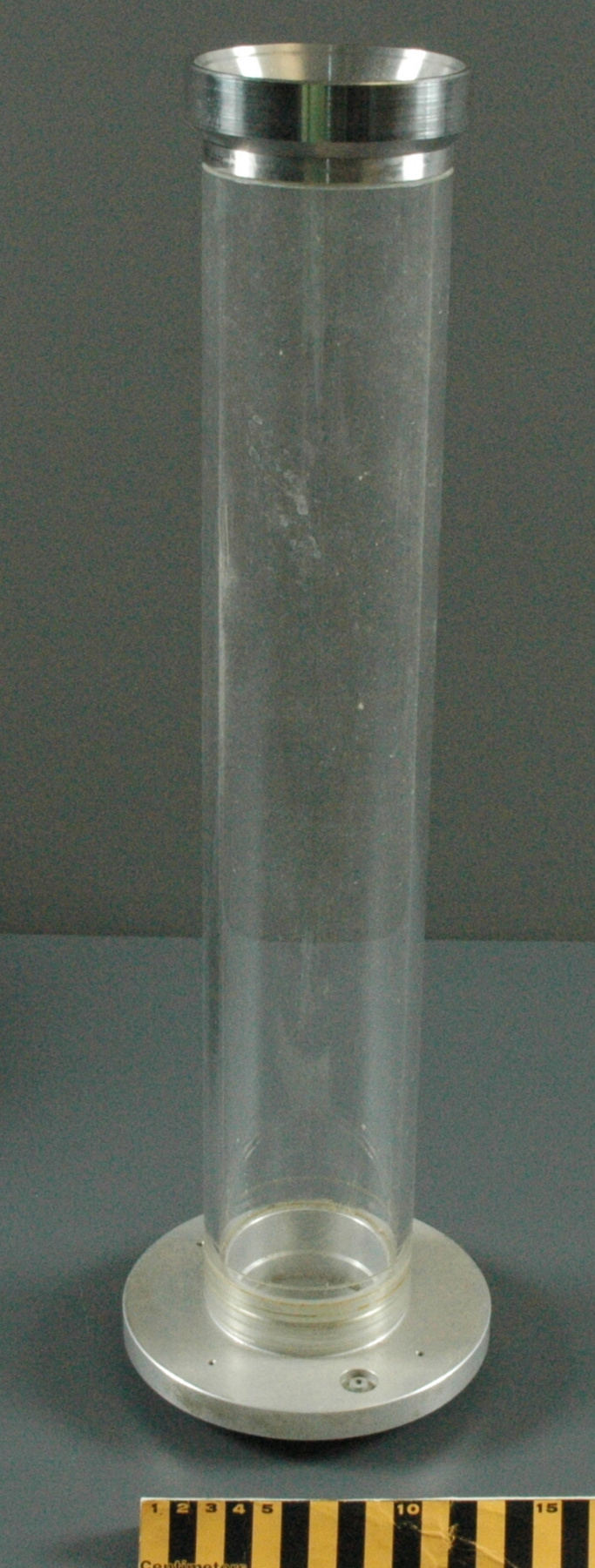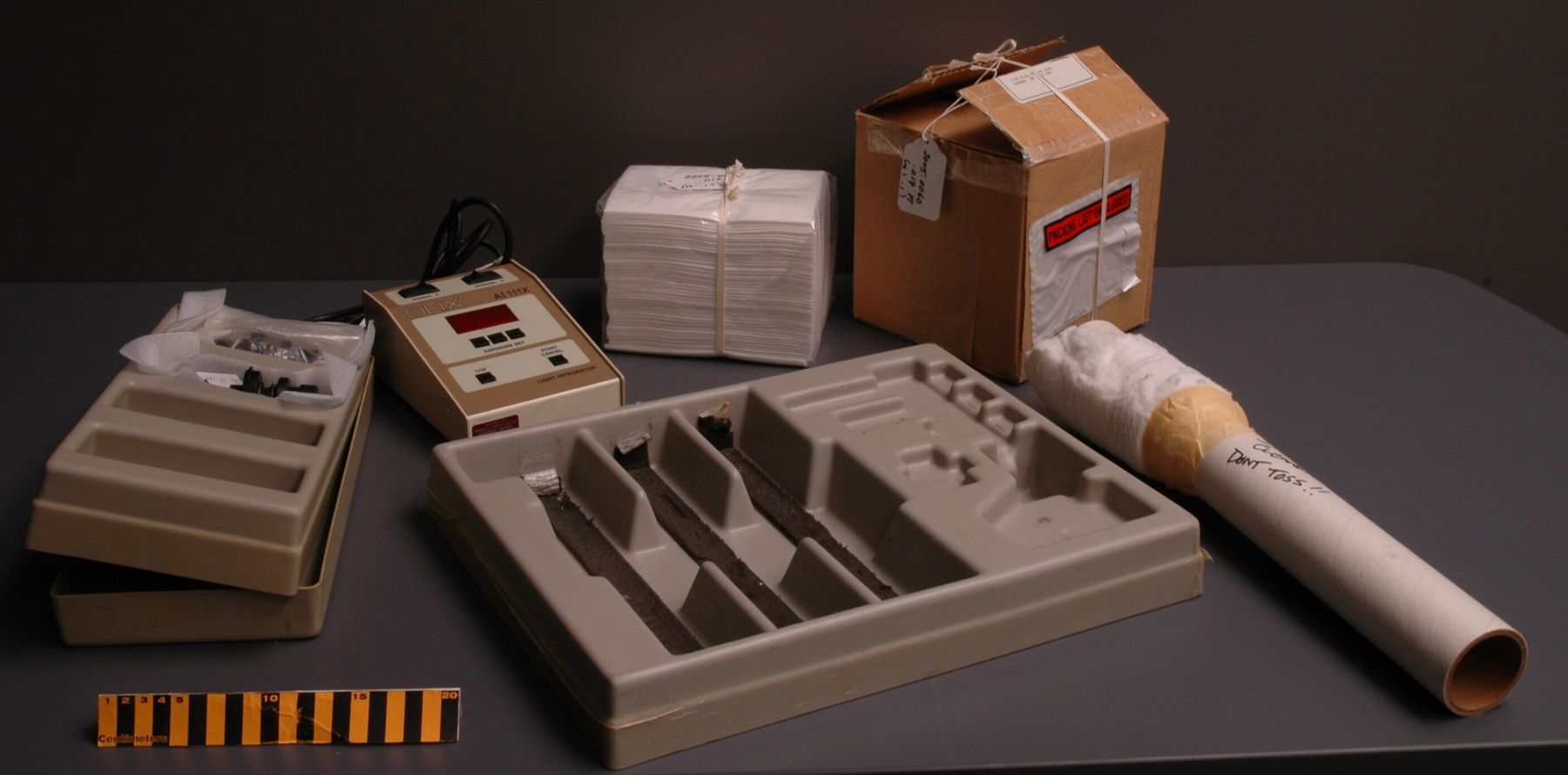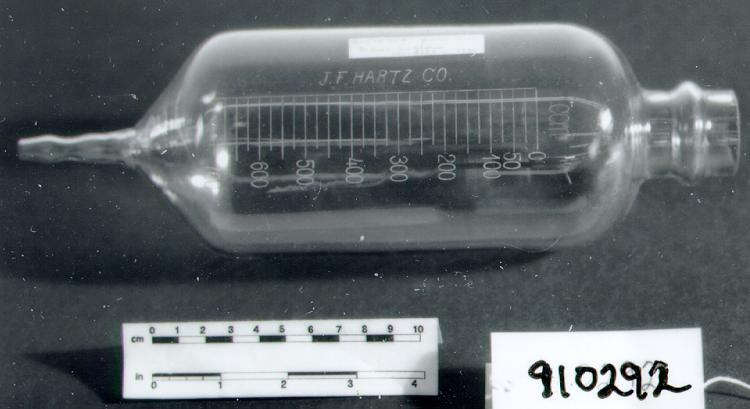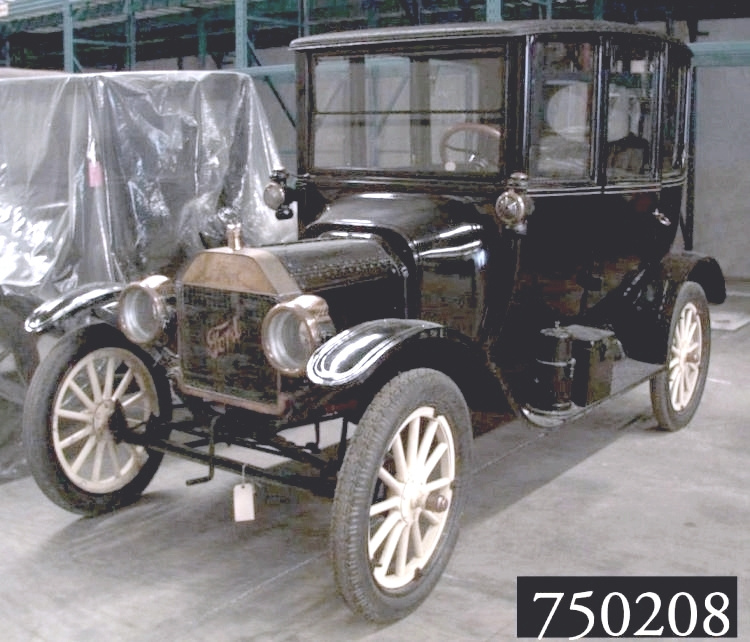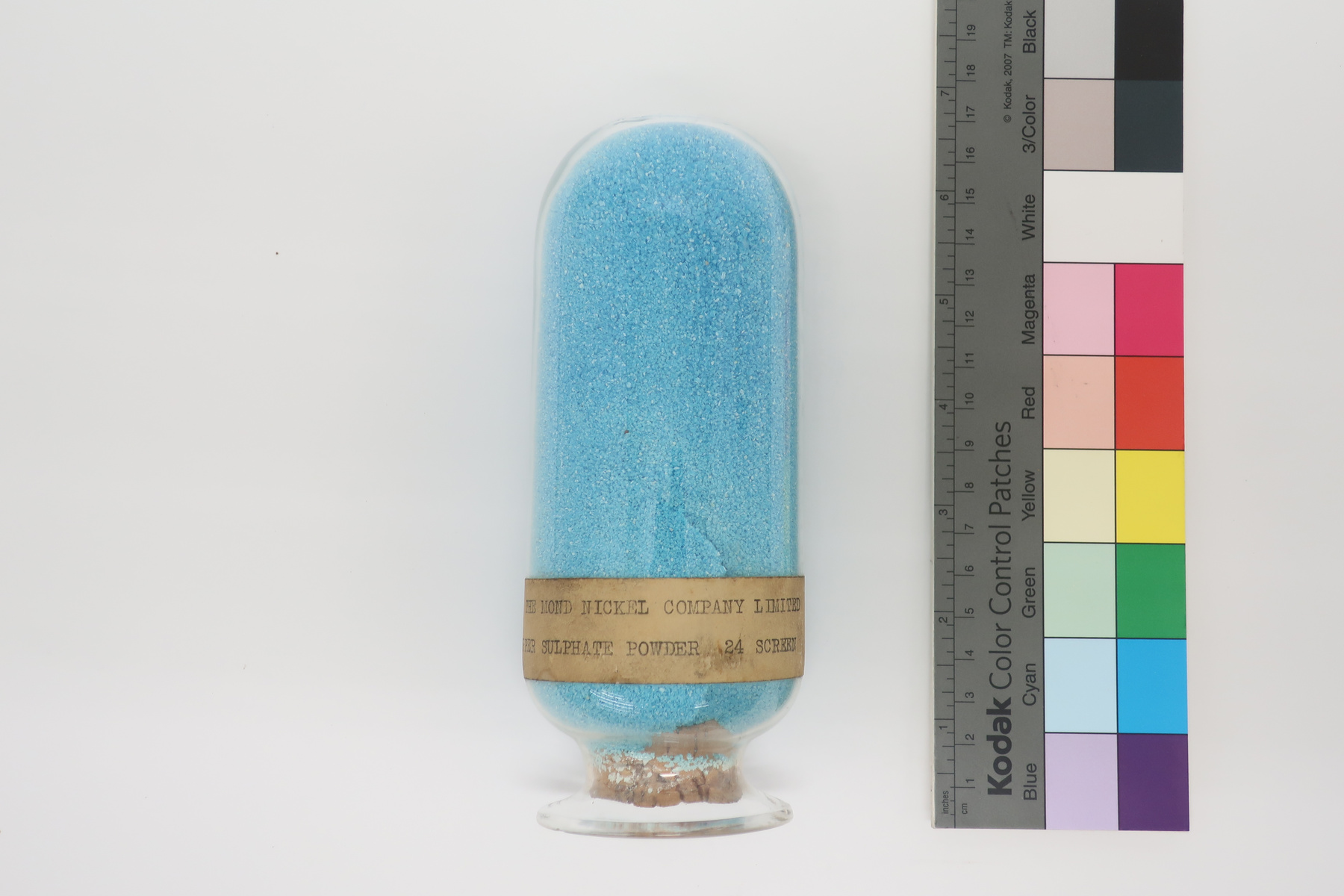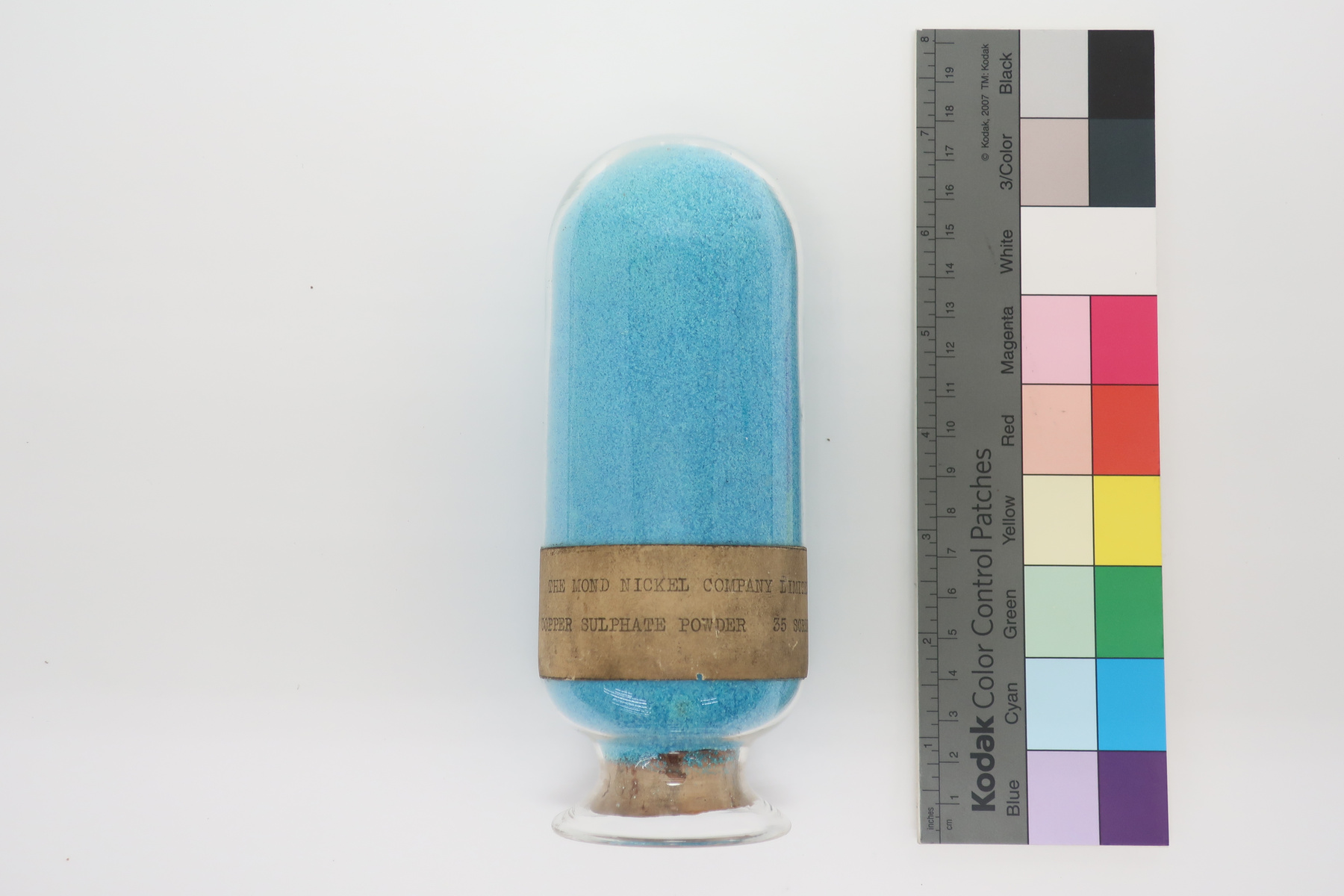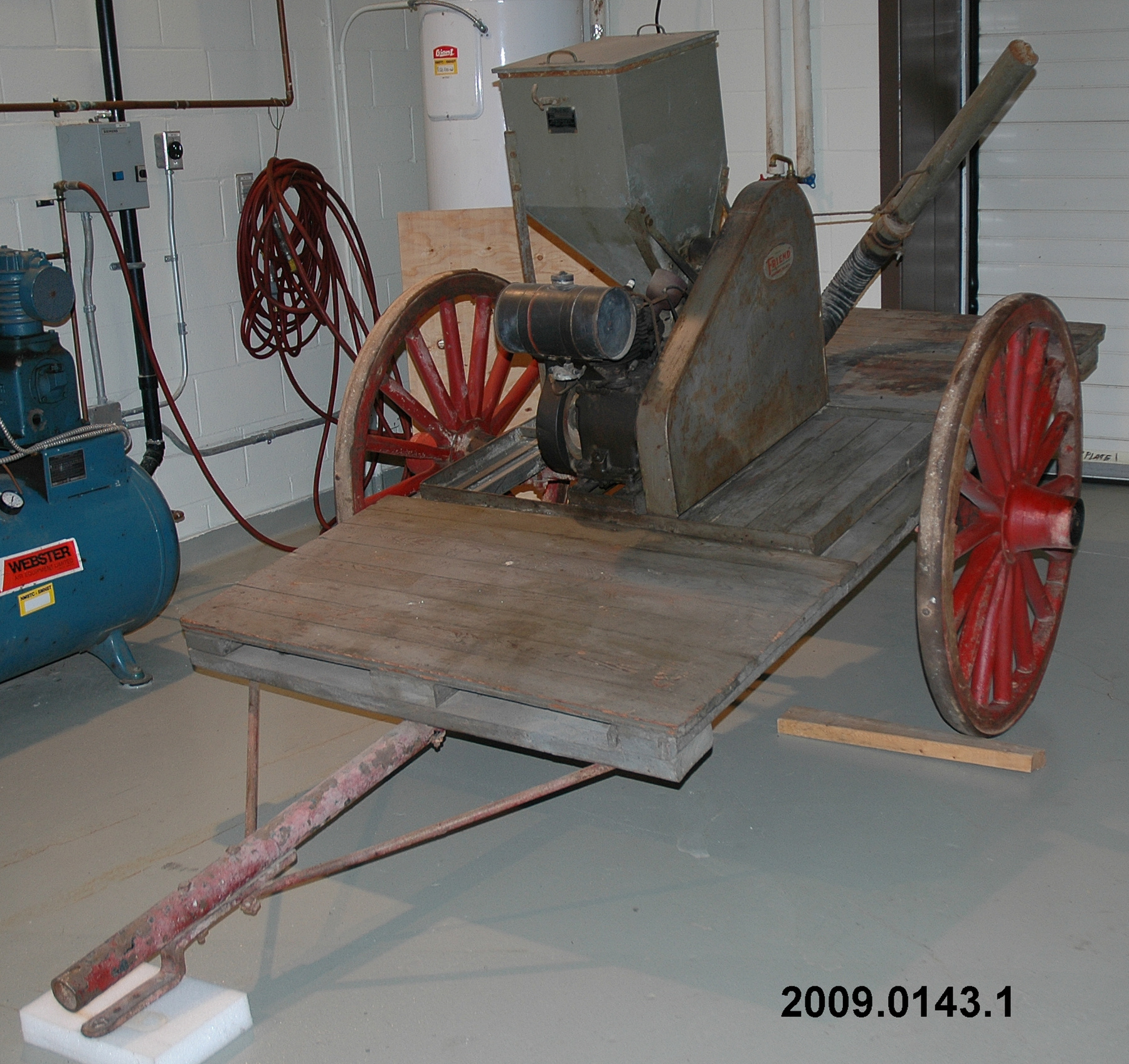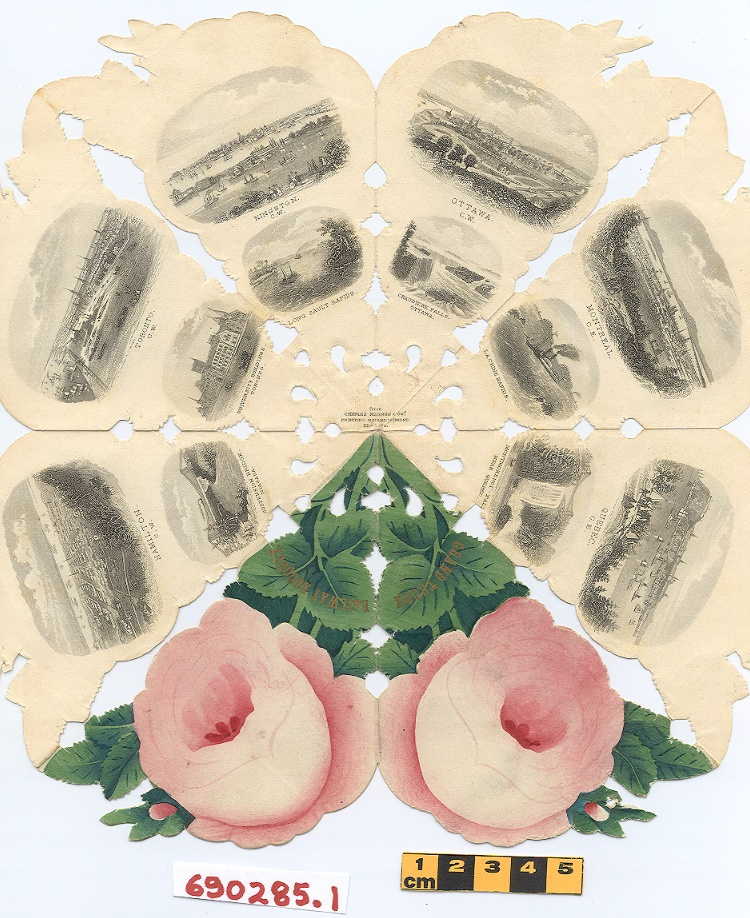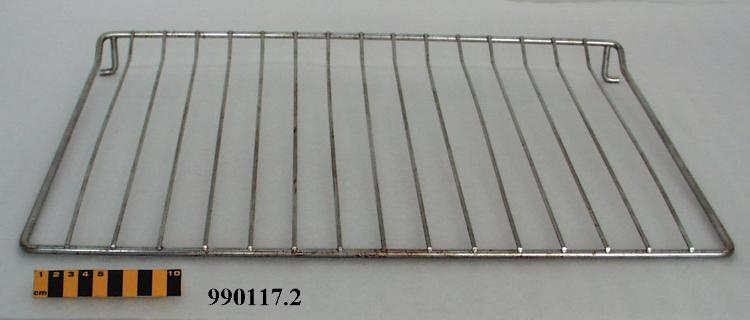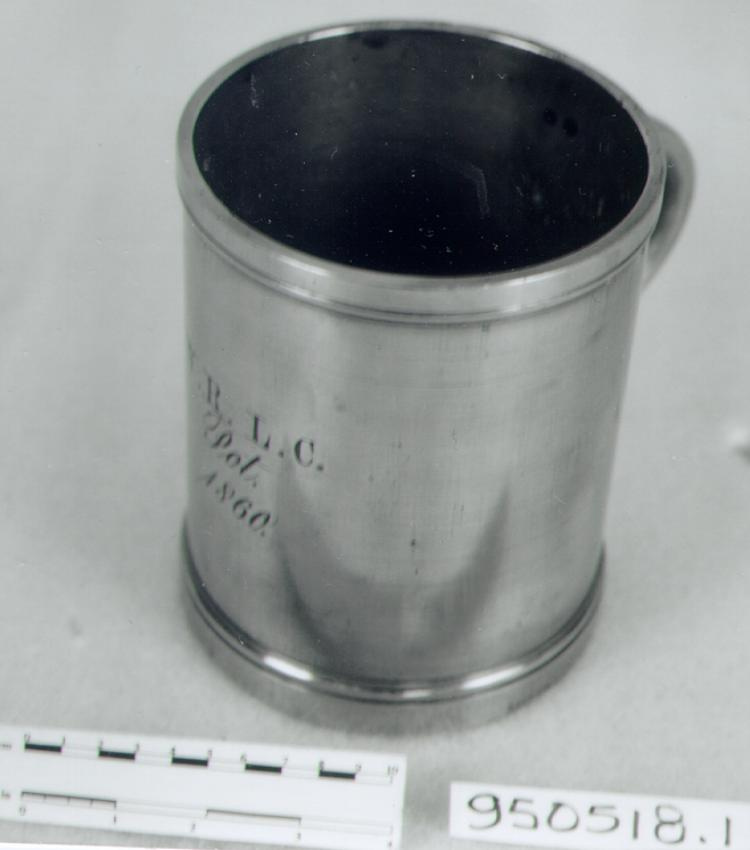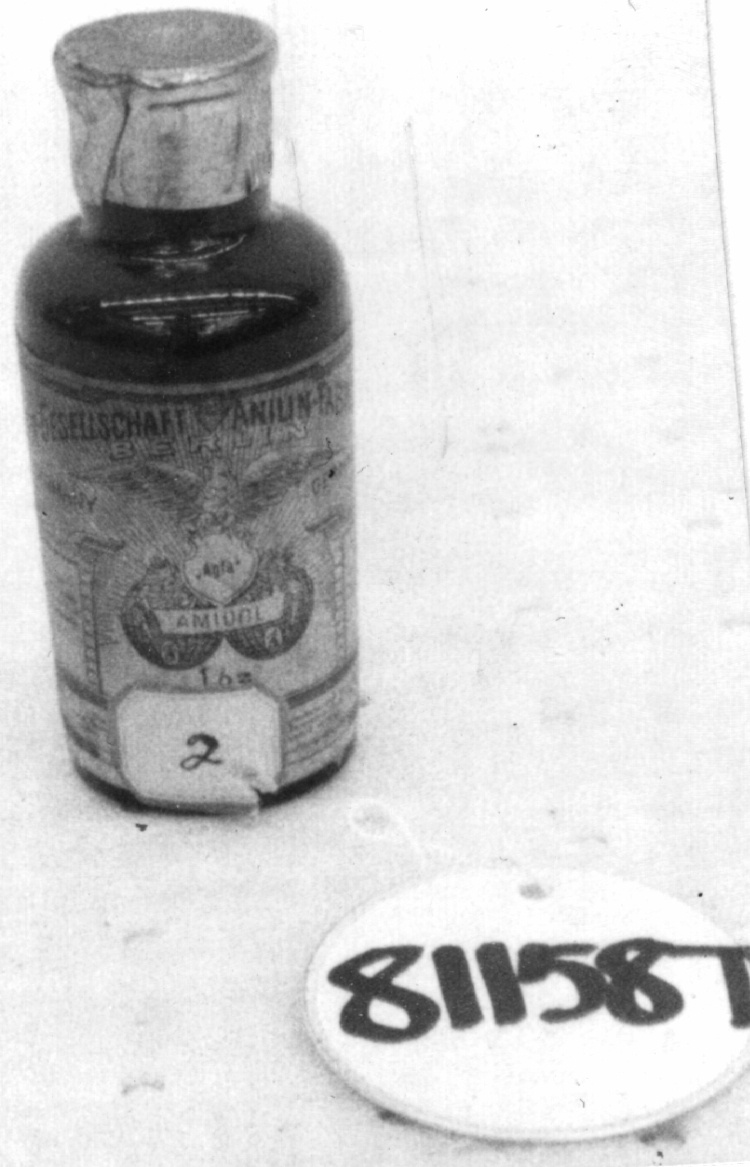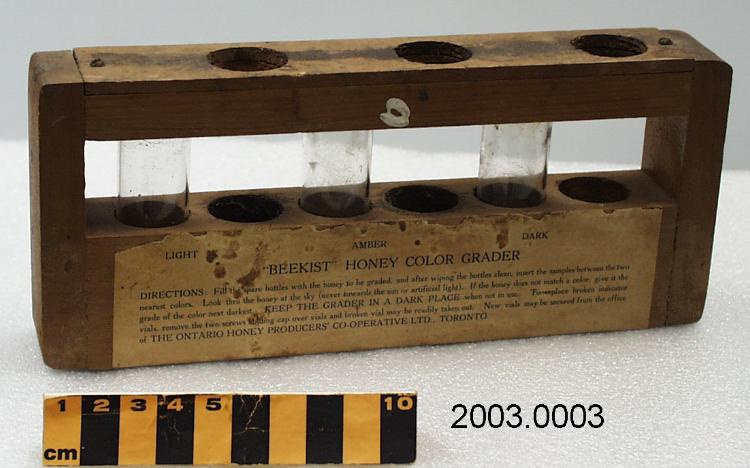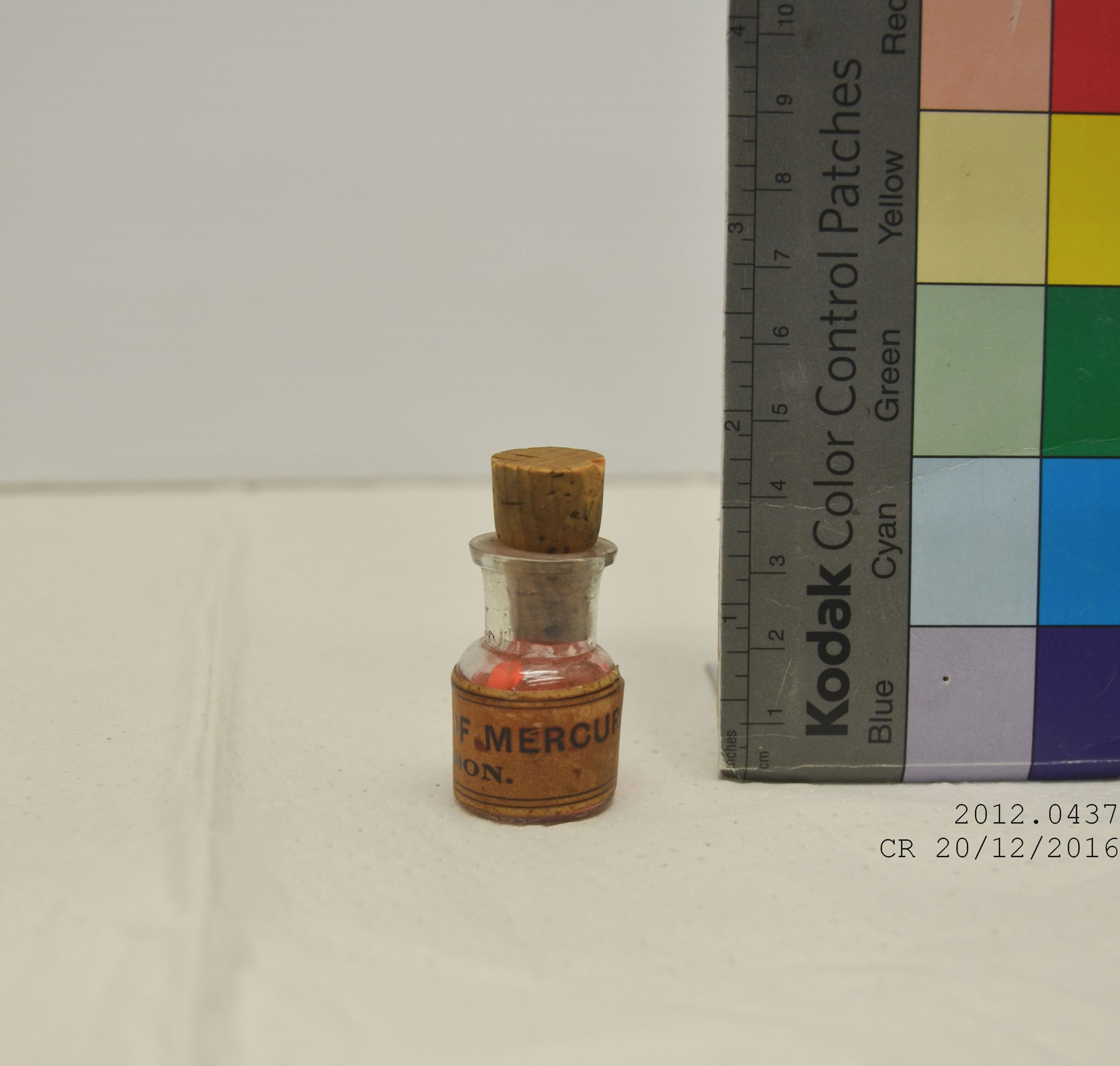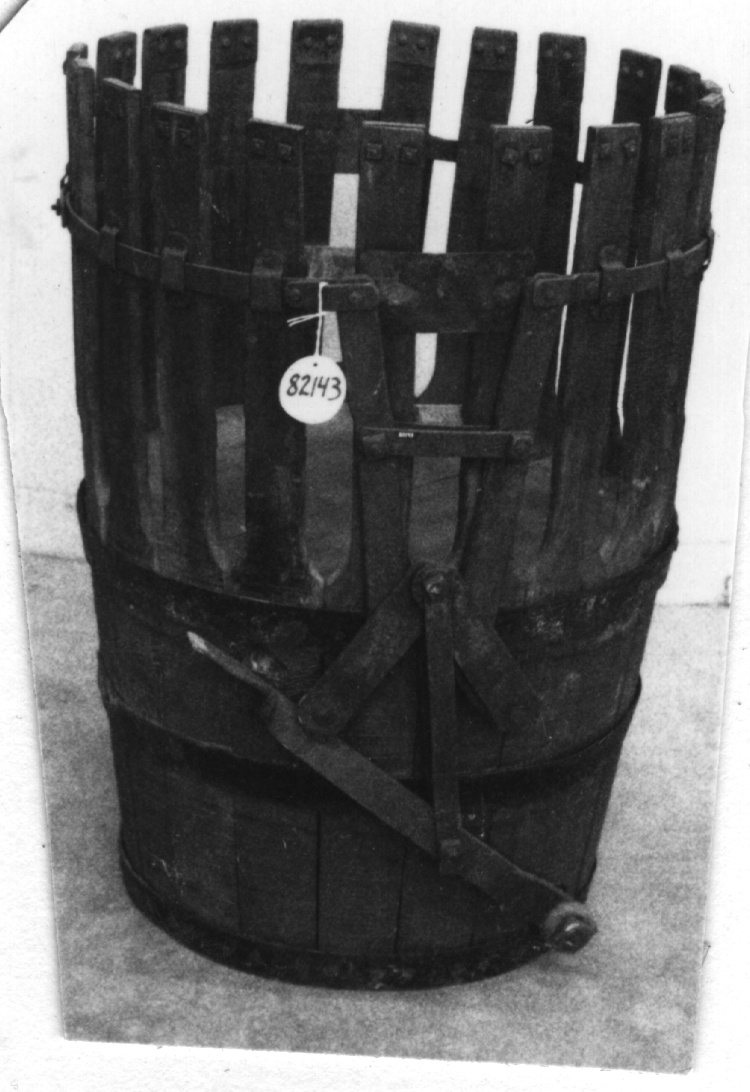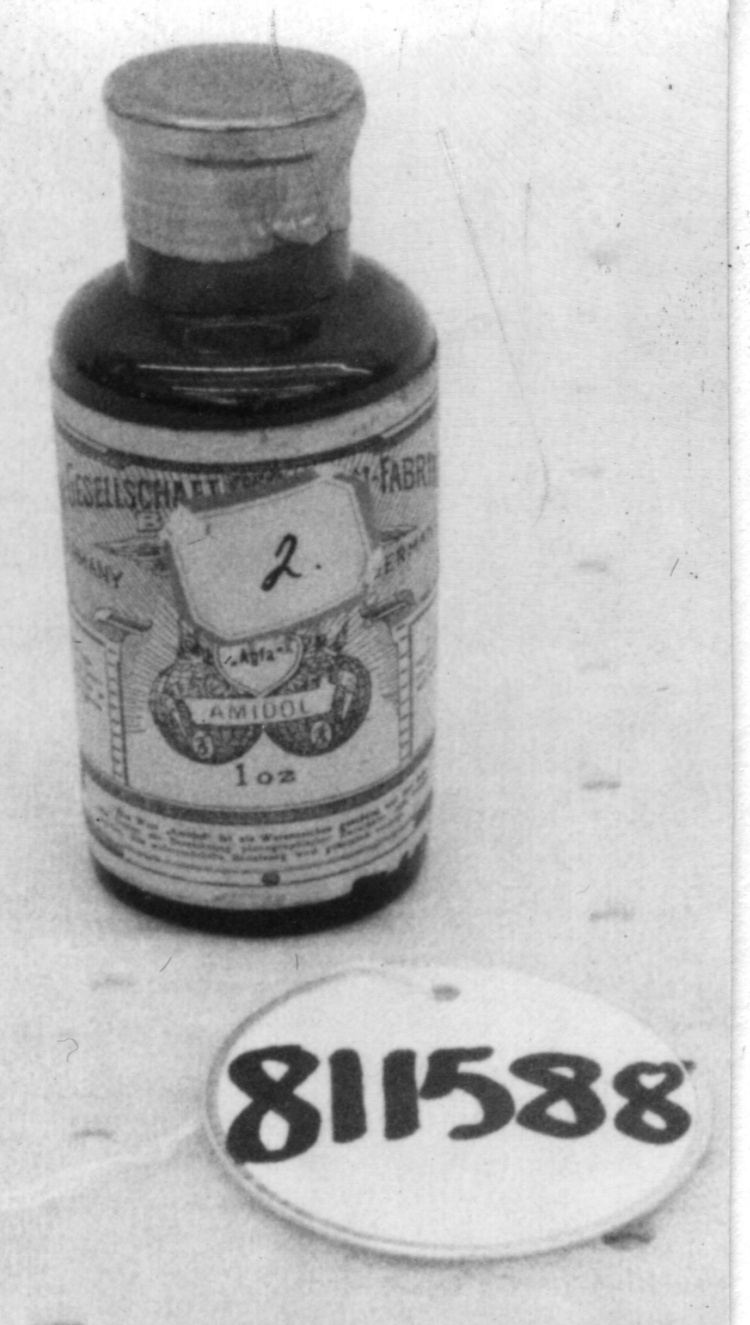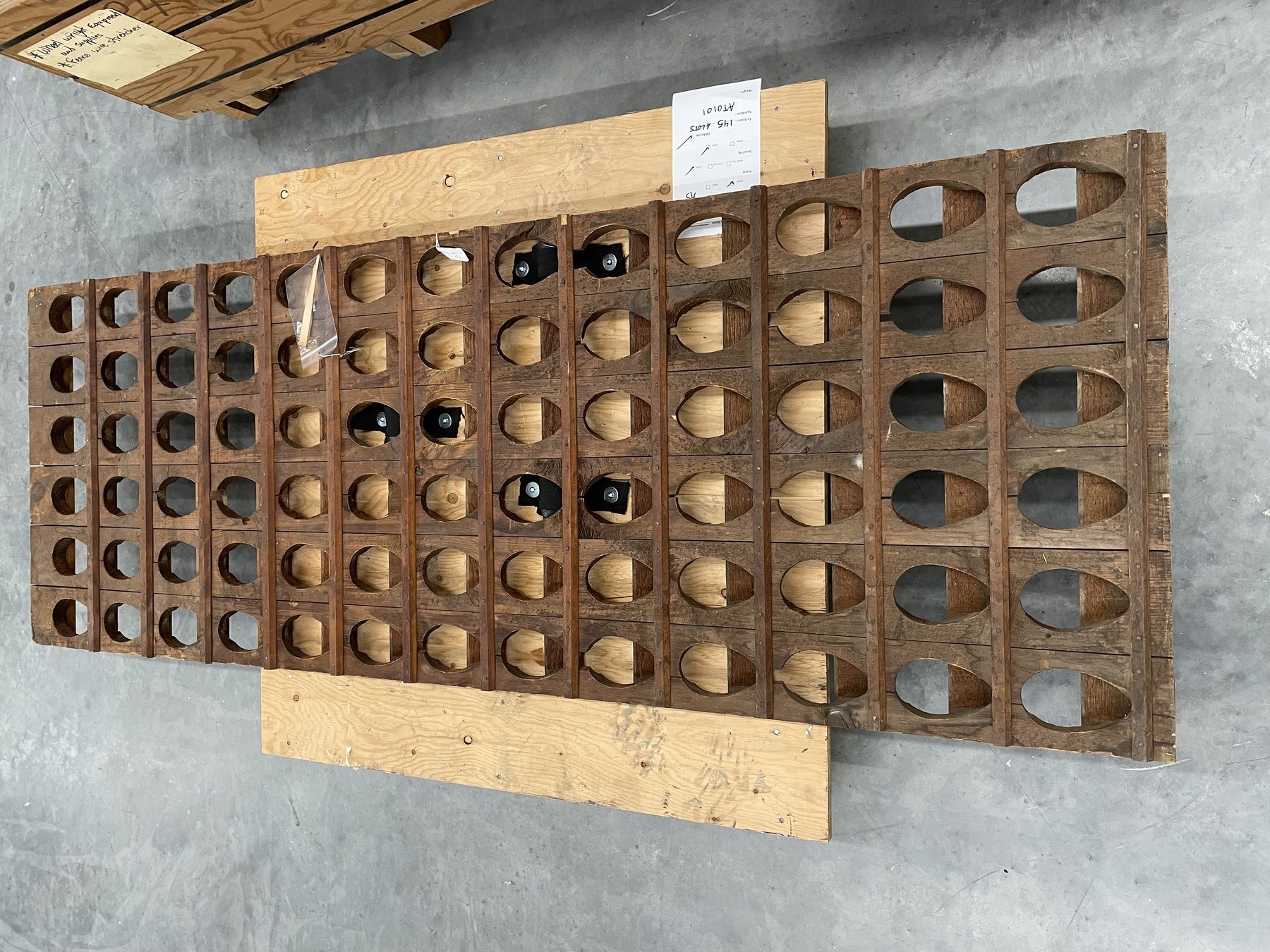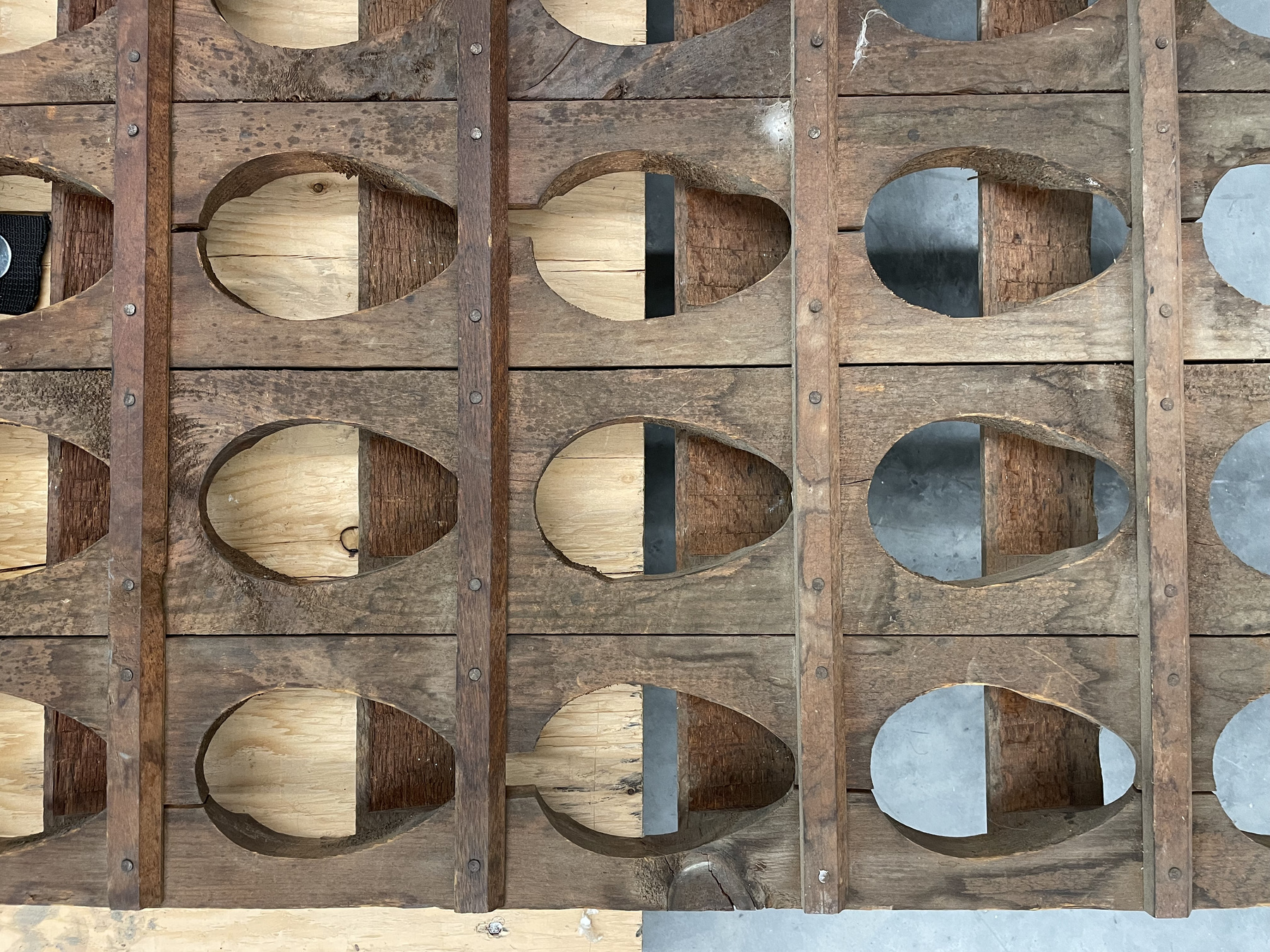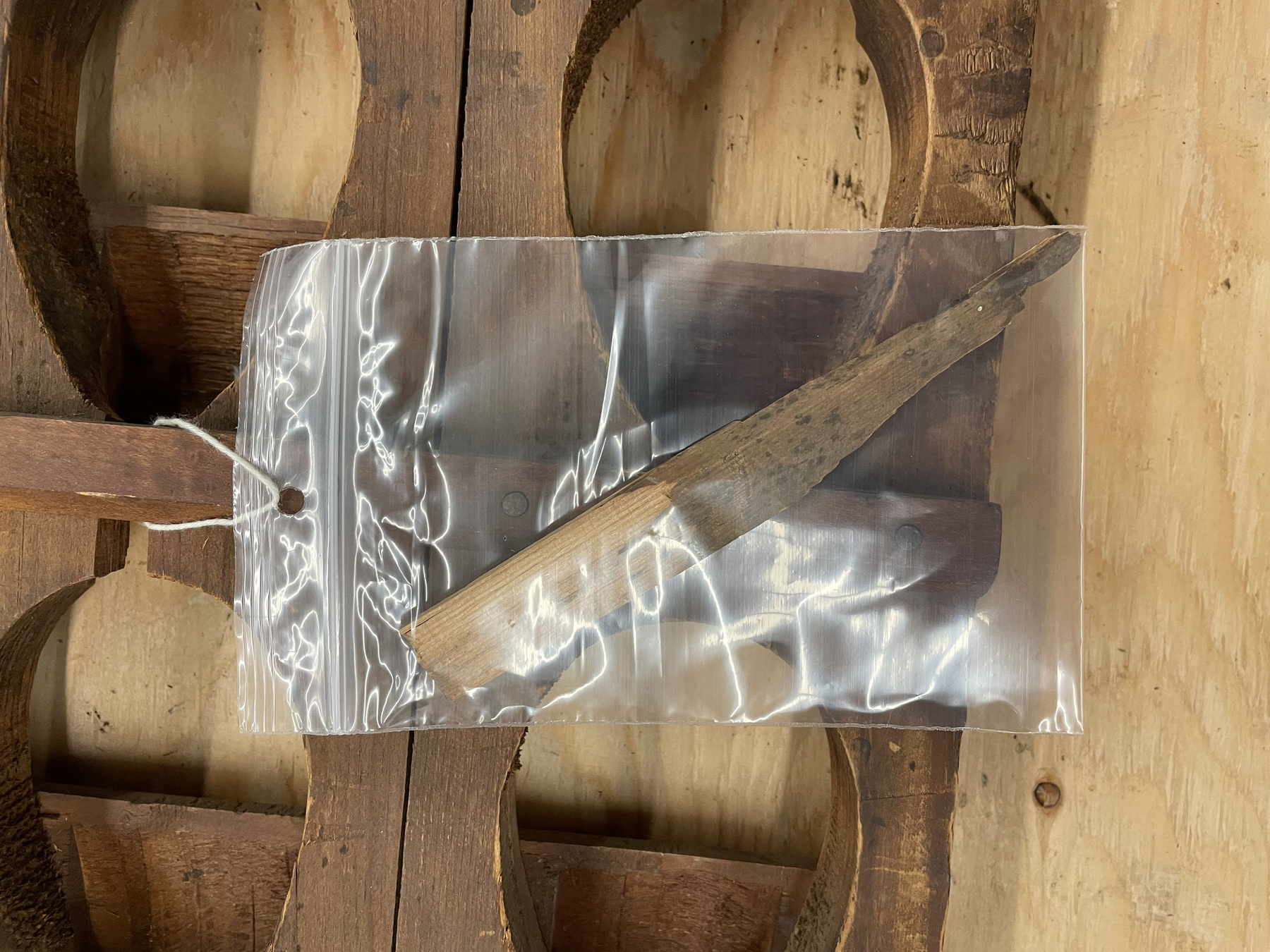Rack, wine
Use this image
Can I reuse this image without permission? Yes
Object images on the Ingenium Collection’s portal have the following Creative Commons license:
Copyright Ingenium / CC BY-NC-ND (Attribution-NonCommercial 4.0 International (CC BY-NC 4.0)
ATTRIBUTE THIS IMAGE
Ingenium,
2010.1296.001
Permalink:
Ingenium is releasing this image under the Creative Commons licensing framework, and encourages downloading and reuse for non-commercial purposes. Please acknowledge Ingenium and cite the artifact number.
DOWNLOAD IMAGEPURCHASE THIS IMAGE
This image is free for non-commercial use.
For commercial use, please consult our Reproduction Fees and contact us to purchase the image.
- OBJECT TYPE
- N/A
- DATE
- 1900
- ARTIFACT NUMBER
- 2010.1296.001
- MANUFACTURER
- Unknown
- MODEL
- Bright’s Wines
- LOCATION
- Unknown
More Information
General Information
- Serial #
- N/A
- Part Number
- 1
- Total Parts
- 1
- AKA
- N/A
- Patents
- N/A
- General Description
- Wood
Dimensions
Note: These reflect the general size for storage and are not necessarily representative of the object's true dimensions.
- Length
- 6.5 cm
- Width
- 80.0 cm
- Height
- 210.0 cm
- Thickness
- N/A
- Weight
- N/A
- Diameter
- N/A
- Volume
- N/A
Lexicon
- Group
- Agriculture
- Category
- Miscellaneous
- Sub-Category
- N/A
Manufacturer
- AKA
- Unknown
- Country
- Unknown
- State/Province
- Unknown
- City
- Unknown
Context
- Country
- Canada
- State/Province
- Ontario
- Period
- Early 1920's to 2010
- Canada
-
Taken from curatorial worksheet "The Niagara Falls Wine Company (later T. G. Bright and Company) was established in 1874 in Niagara Falls, Ontario. By the 1920s the company was said to be the largest winery in the British Empire and it was close to the top in terms of the world industry. Although there had previously been a number of small local wineries, the firms’ two principals were well-moneyed and therefore set out to increase production and more importantly to expand their distribution network out of the local area. They continued to produce wines under the Brights name until the early 1990s and their merger with several wineries under the corporate name Vincor and the Inniskillin product label. By this time Canadians’ palates were beginning to undergo change and the sweet ports and sherries that had been Brights stock and trade wee going out of favour. Like the rest of Canada’s wineries the era of prohibition and shortly thereafter depression produced a major financial strain on Brights. Wine legally could be made during prohibition but when it ended in the 1920s most of the producers found themselves with a surplus of stock. In the instance of Brights this led the company to change hands and the new owner to look to imported expertise to attempt to differentiate the company and their product from competitors such as London Wines and Cartier. It was hoped that Canadians could be convinced of the merits of a dry table wine and more to the point those strains of grapes could be grown on the Peninsula. Adhemar de Chaunac was brought to Brights from France in the early 1930s to play a key role in the implementation of those changes. He stayed with the company until he retired in the 1960s. Like many of his compatriots who found Niagara Falls too working class for their taste, he purchased a home down stream at Niagara-on the lake. His next door neighbour was Mr. Matthew Leerie a very successful lawyer with a practice in St. Catharines. It was through the auspices of de Chaunac that the wine rack came into the possession of the Leerie family. The rack dates to the early incarnation of the company under the name T.G. Bright and Company. From what I have been told by the auctioneer who is relaying information from Mr. Leerie’s son, this wine rack and hundreds of others were removed during a major facility renovation in the 1940s. In fact Mr. Leerie’s legal partner a Mr.Coy was also given one of the racks (which the family still owns). As is often the case, staff either legally or surreptitiously brought home material that was being discarded as part of the renovation. The rack was used in the basement of the Leerie home to store champagne bottles.". - Function
-
Used to hold wine bottles while aging. - Technical
-
Taken from curatorial worksheet "After wine has been bottled it needs to sit for a period of time in order to mature. Given wine bottles of te early 20th century were sealed with real cork, they had to be placed in their side so the cork would absorb moisture and produce a more effective air seal. This rack would have been used to store wine bottles for that “aging” and until they were boxed for shipment to retail outlets. Although I am not sure, if Canadian port was treated in the same manner as “the real stuff” it would have been bottle aged for a number of years.". - Area Notes
-
Unknown
Details
- Markings
- None apparent
- Missing
- Small piece of wood from the rack is in a baggy attached to it.
- Finish
- Dark brown wood; varnished and aged. Fabricated with a series of vertical wooden pieces with oval holes cut out and horizontal slats.
- Decoration
- N/A
CITE THIS OBJECT
If you choose to share our information about this collection object, please cite:
Unknown Manufacturer, Rack, wine, circa 1900, Artifact no. 2010.1296, Ingenium – Canada’s Museums of Science and Innovation, http://collections.ingeniumcanada.org/en/id/2010.1296.001/
FEEDBACK
Submit a question or comment about this artifact.
More Like This
